As per the latest reports India is aiming for massive solar expansion with a target of 856 GW by 2047. According to a study by IIT Delhi India, it lost 29% of its utilizable global potential due to environmental factors. This shows the importance of keeping solar panels clean for the best energy output.
India, home to 18% of the world’s population, only has 4% of the world’s freshwater resources. It is extremely important to understand the importance of waterless cleaning.
For years, cleaning solar panels has meant using water. This method works well but has big problems, especially in places like India where water is scarce. Using water strains local water supplies and takes time and effort. It required a lot of water to clean the panels well.
The waterless cleaning solution is eco-friendly and the process is efficient. Traditional water-based cleaning methods are not sustainable where the water levels are already very low. Waterless cleaning techniques offer a cost-effective alternative to people.
Introducing Waterless Solar Panel Cleaning Solutions
Traditional methods for cleaning solar panels often use water. Now, a new wave of dry solar panel maintenance is here.
Manual Brushing and Wiping
One easy way to clean solar panels without water is by brushing and wiping. You can use soft-bristle brushes and microfiber cloths to remove dust and dirt. This water-free solar panel cleaning method is very effective. It keeps your panels running at their best. Use a soft brush or a microfiber cloth to remove dust gently.
Why manual brushing
Dry brushing is a very convenient option if you are looking for waterless cleaning. It is ideal for arid regions and also where water supply is a big issue. It requires no fancy equipment and tools with very less or no water at all. While doing dry brushing it allows you to do precise cleaning.
The frequency of dry brushing is completely upon you. You can just take an inspection of your panels and according to that, you can go for wiping the panels. Besides that, you have to consider your environmental conditions also.
If you are living in an area that is more prone to dust, debris, and pollens very frequently you must clean your panels every two months. Likewise, if you are at a place where dust is not a big issue you can avoid it for another 4 to 6 months.
Cost of manual brushing and wiping
Among all the methods of waterless cleaning dry brushing or manual wiping is the most economical option you can opt for. You just need some very basic things to clean the panels on your own. Which are very easily provided at your home itself. All you need is a soft bristle brush and microfiber cloth and you are done. Apart from that you need to focus on your safety, and you can just buy safety gear for that.
This technique comes in very handy if you do it regularly and set a cleaning schedule.
Robotic Cleaning Systems
Robotic cleaning systems are a big step forward in waterless cleaning. These machines use special brushes and water-free cleaning solutions to clean solar panels. They can clean big areas quickly, making sure your solar panels work their best.
Robotic systems are automated devices designed to maintain the cleanliness of solar panels without the need for human intervention. These systems are especially beneficial for large-scale solar farms or installations in remote locations where manual cleaning would be labour-intensive and costly.

When You Should Choose Robotic Cleaning?
We are living in an era where everything is automated. Using robots to clean the solar panels is an added feature to it.
When people think of solar panels, they usually think about the money they save by using the sun for energy and how it helps reduce pollution. But many don’t know that solar panels can’t produce as much energy if they’re dirty.
An automated solar panel cleaning system keeps the panels clean all the time, which can help them produce up to 30% more energy.
There are so many companies who are working with robotic cleaning like Ecoppia, Serbot, etc. Robotic cleaning provides a very high quality of cleanliness and eliminates the human risk associated with solar panels on high-rise buildings and hazardous conditions.
Robots can clean the panels without any breaks which improves the efficiency in the long run. Robots that are powered by solar itself contribute to clean and green cleaning. You can just program the schedule of cleaning in it and it can independently operate itself.
The initial cost of using robots for cleaning
If you are choosing robotic cleaning for solar the initial cost may be very high for it. The cost you are paying for a robotic system can be slightly heavy on your budget. But in the long run savings on labor and increased energy output can offset the cost.
You don’t need any manual labour while using an automated system. Automated systems can clean at night or during off-peak hours, minimizing downtime. You also have to consider the potential water savings and lower operational costs.
Read More: Best Robots for Cleaning Solar Panels
Electrostatic Repulsion
A new way to clean solar panels without water has come to light – electrostatic repulsion. This method is dustless, eco-friendly, and very efficient.
To initiate the mechanism, a basic electrode is positioned just above the surface of the solar panel. This charges the dust particles, which are then repelled by a charge placed on the panel itself. A basic electric motor and guide rails along the panel’s edge can be used to automatically run the system.
When dust and dirt land on panels, they get electrically charged. Then, by adding a reverse charge to the panel, the dust is pushed away.
This water-free cleaning keeps panels free from water marks and mineral buildup. These can lower their efficiency over time. This method also cuts down on manual labour.

How Does Electrostatic Repulsion Work?
Electrostatic forces arise when electric charges interact. This principle can be applied to dust removal through two main steps: charging and repulsion.
- Charging:
- The surface to be cleaned or the dust particles themselves are given an electric charge.
- This can be done using devices like ionizers, which emit charged particles into the air.
- The charged particles attach to the dust, giving the dust a net electric charge.
- Repulsion:
- Once the dust particles are charged, they will be repelled by similarly charged surfaces or attracted to oppositely charged surfaces.
- In the case of electrostatic dust removal systems, the solar panel surface is usually given a charge opposite to that of the dust, causing the dust to be repelled or attracted to a collector surface, which is then cleaned or disposed of.
Initial cost for using electrostatic repulsion
The installation of electrostatic repulsion systems can be expensive, especially for large-scale solar farms. However, the long-term benefits in terms of reduced maintenance costs and increased energy output can offset the initial investment.
Read More: How Often You Should Clean Your Solar Panels
Compressed Air Systems
Compressed air systems are a new way to clean solar panel dust. They use high-pressure air to get rid of dust, dirt, and other stuff on the panels. This leaves panels clean and ready to work without water. It’s great for places where water is scarce or saving water is important.
How Compressed Air Systems Work
Compressed air systems use high-pressure air to blow dust and debris off the surface of solar panels. The process involves:
- Air Compressor: A device that compresses air and stores it in a tank.
- Air Nozzles: Specially designed nozzles are used to direct the high-pressure air onto the solar panels.
- Control System: Automated systems that can be programmed to clean the panels at regular intervals.
Initial cost
The setup can be expensive due to the need for high-quality compressors and automated control systems. Compressing air requires energy, which can add to operational costs. Regular maintenance of the compressor and periodic inspection of the nozzles are necessary to ensure optimal performance. This can add extra cost to your pocket.
Electrostatic Dust Repellents
Using electrostatic dust repellents is another way to keep solar panels clean without water. These repellents make a barrier on the panels that stops dust and dirt from sticking. This method uses how to clean solar panels without water, water-free solar panel cleaning, and waterless cleaning electrostatic repulsion to keep panels clean and working well.
Waterless Solar Panel Cleaning Products
Biodegradable Cleaning Solutions
Waterless solar panel cleaning is great because it uses biodegradable cleaners. These cleaners are made from plant-based ingredients and natural surfactants. They clean the panels well without using harsh chemicals or water.
Specialized Dry Cleaning Tools
There are also special tools for cleaning solar panels without water. You can use microfiber brushes, electrostatic cloths, and compressed air systems. These tools are not only water-free but also very good at keeping solar panels working well.
Conclusion
Throughout this article, we’ve seen why using eco-friendly, waterless ways to clean solar panels is key. It boosts solar energy efficiency, saves water, and helps our planet. We’ve looked at dry cleaning methods. This shift to water-free cleaning is changing the solar industry.
Everyone in the solar energy field needs to focus on water-free solar panel cleaning and sustainable solar panel maintenance. This approach will lessen the solar industry’s environmental harm. It will help create a greener, stronger energy future in India.
Frequently Asked Questions
How can I clean solar panels without using water?
There are many ways to clean solar panels without water. You can use manual brushes, robotic cleaners, or electrostatic technology. These methods save water and are good for the planet.
How can I maintain my solar panels during periods of low or no rainfall?
Use waterless cleaning and electrostatic dust repellents to maintain your panels in dry weather. These methods keep your panels clean and efficient, even when it doesn’t rain.

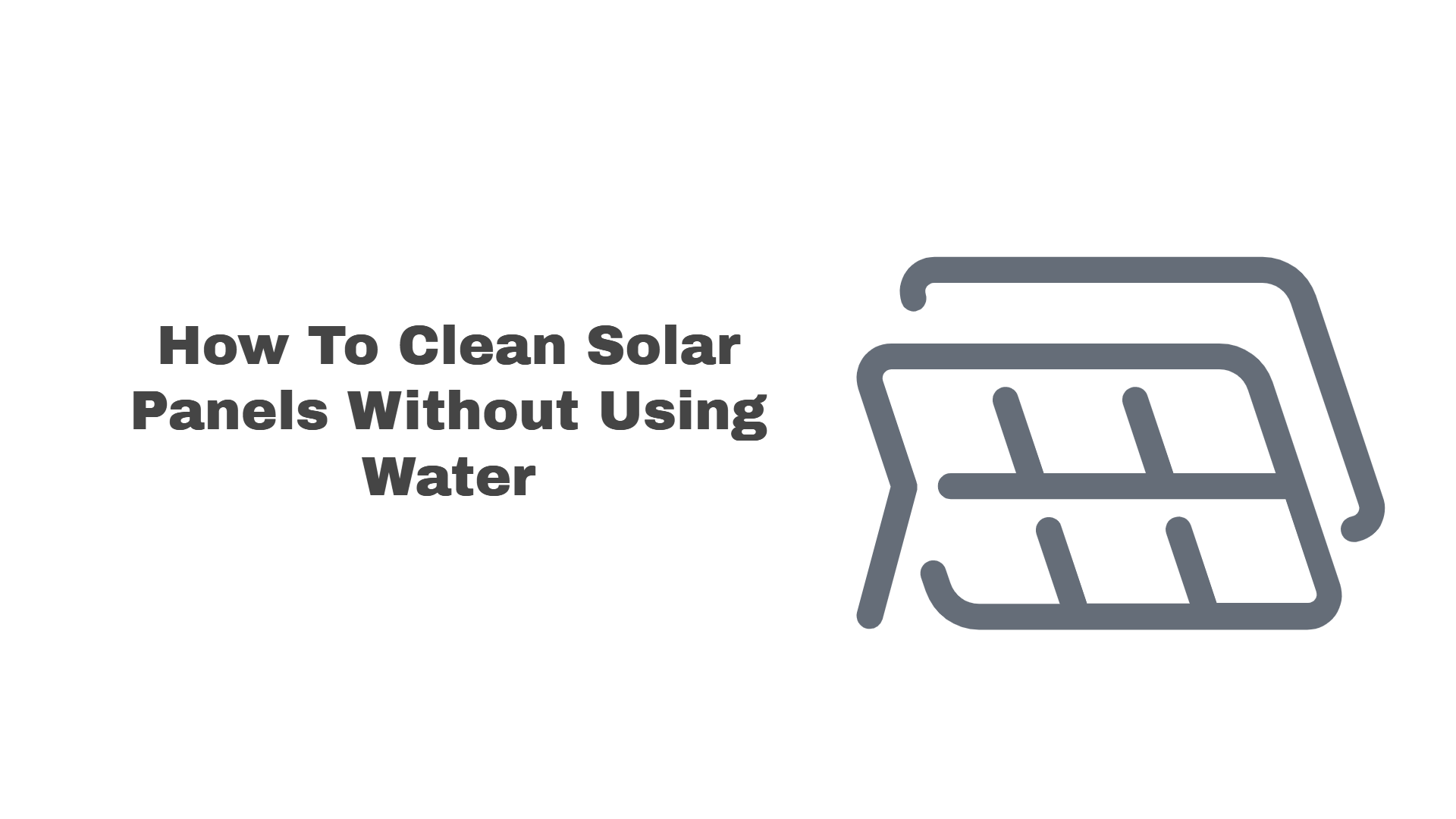


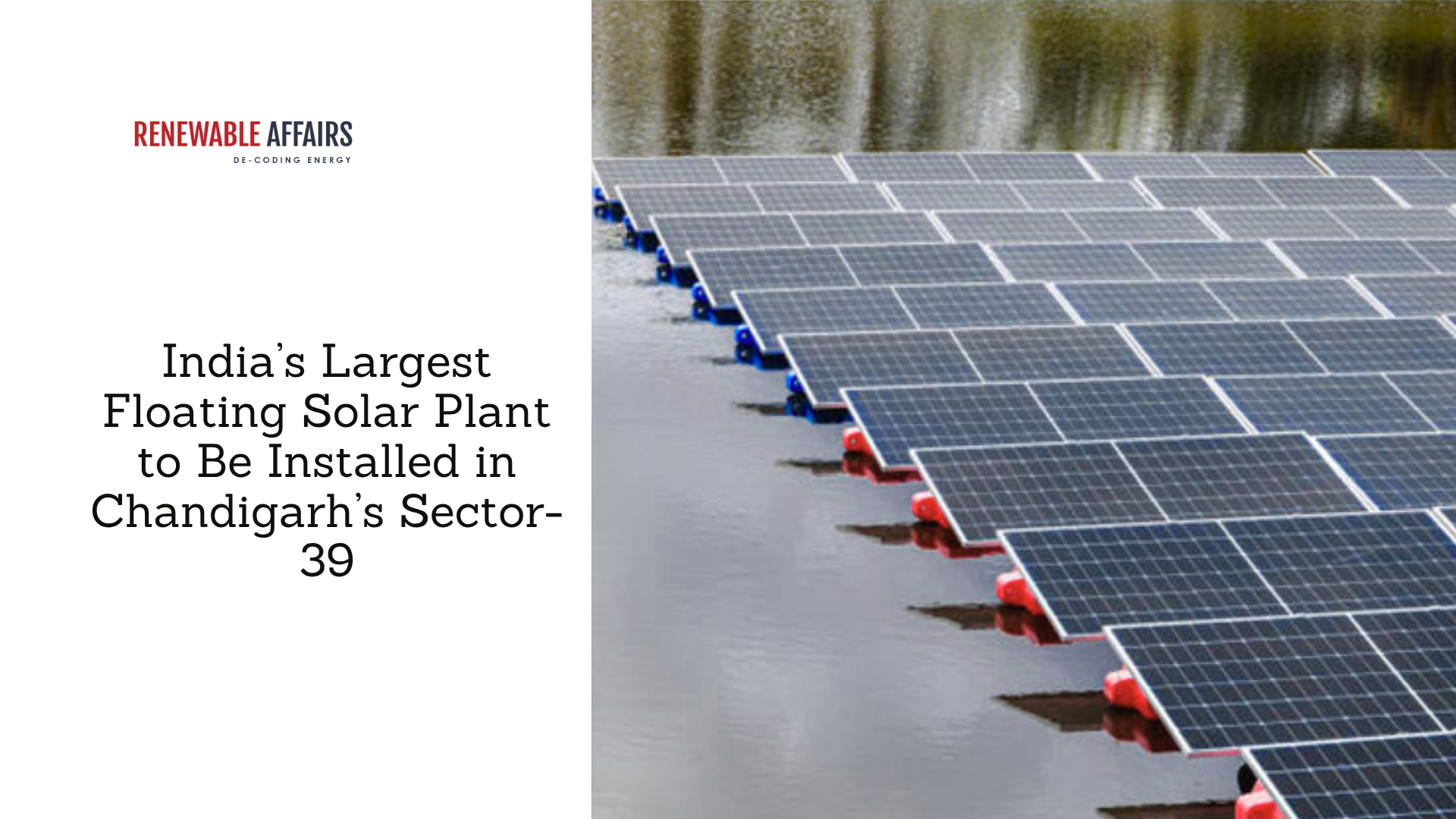
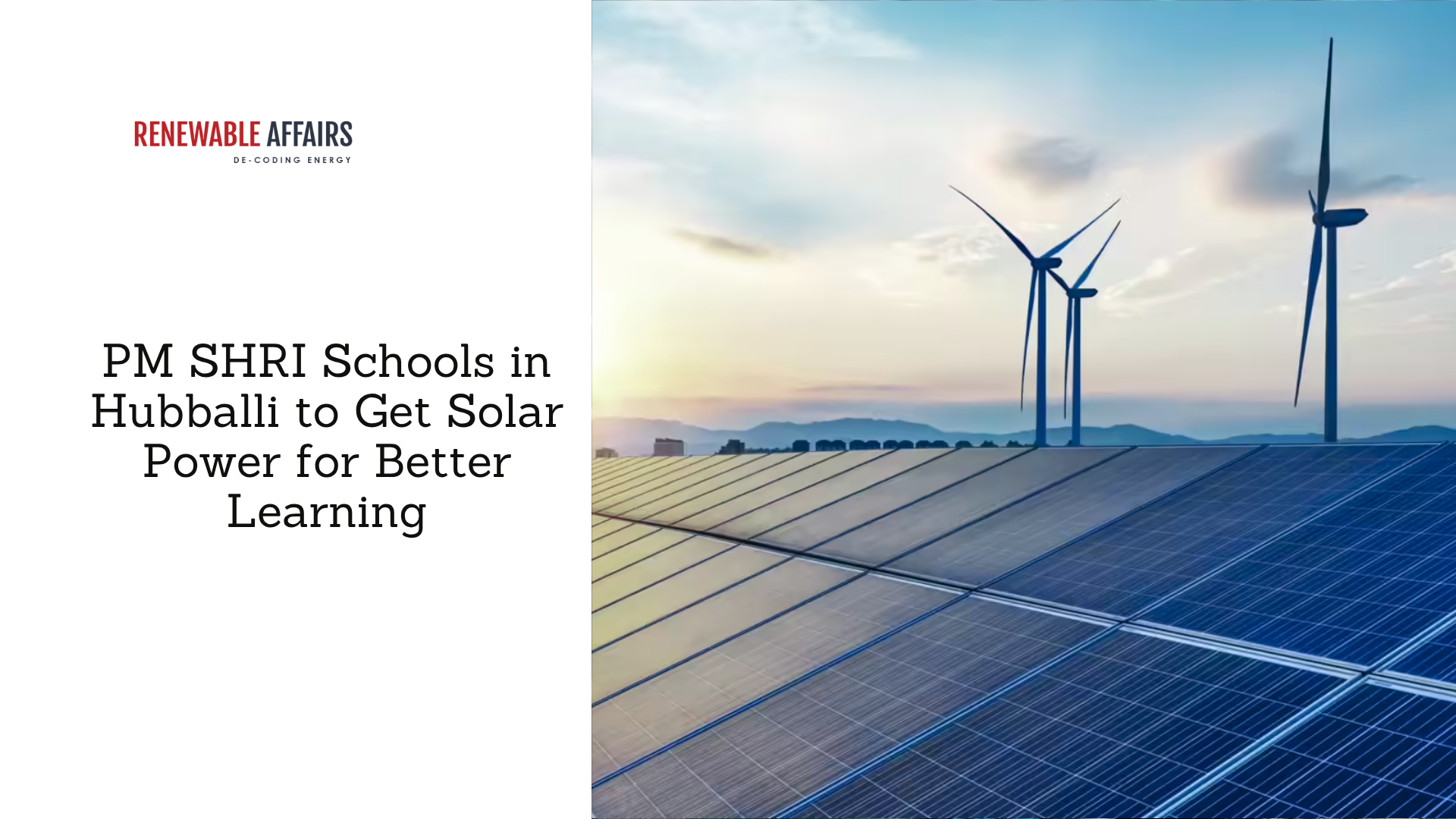
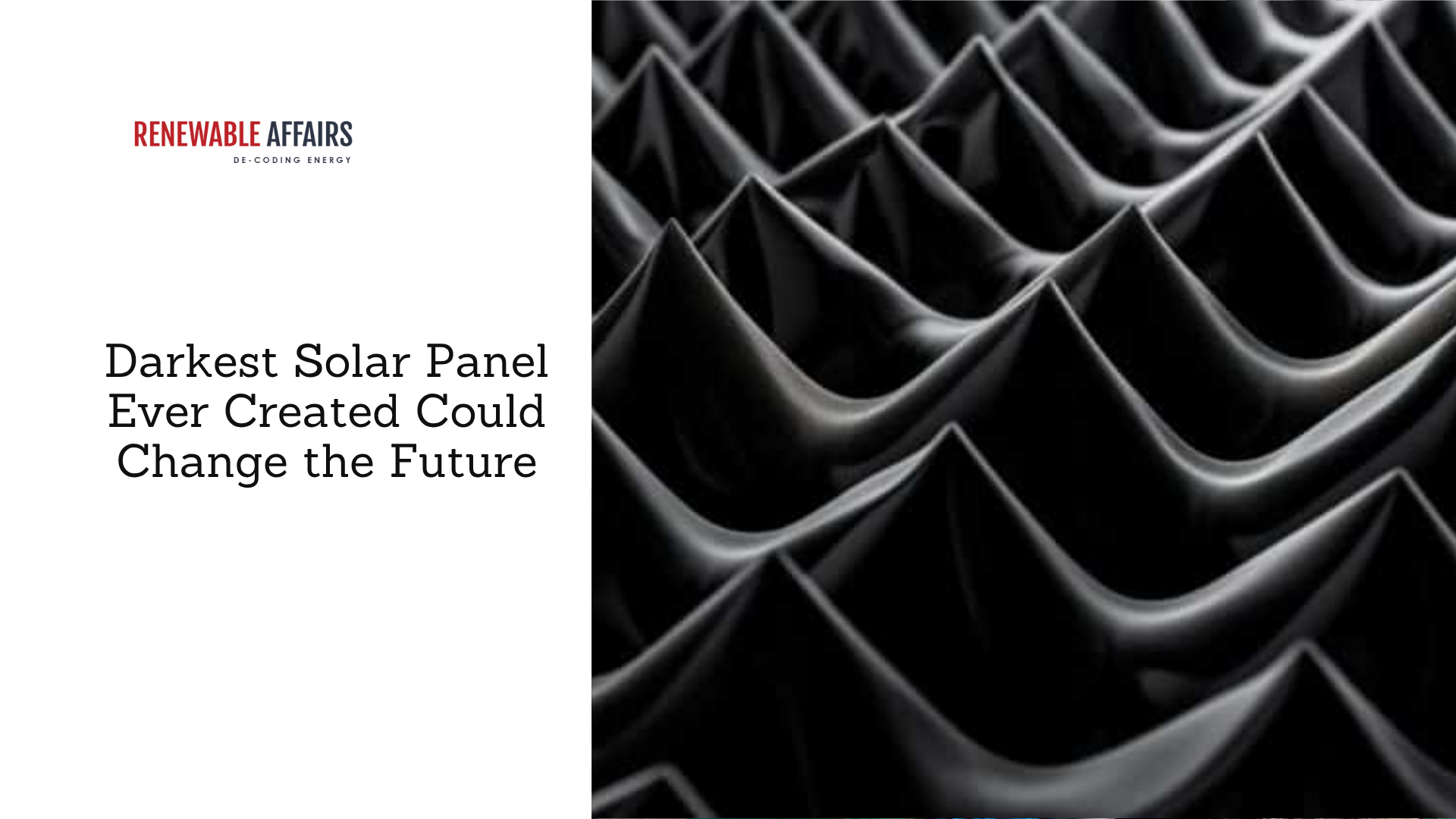




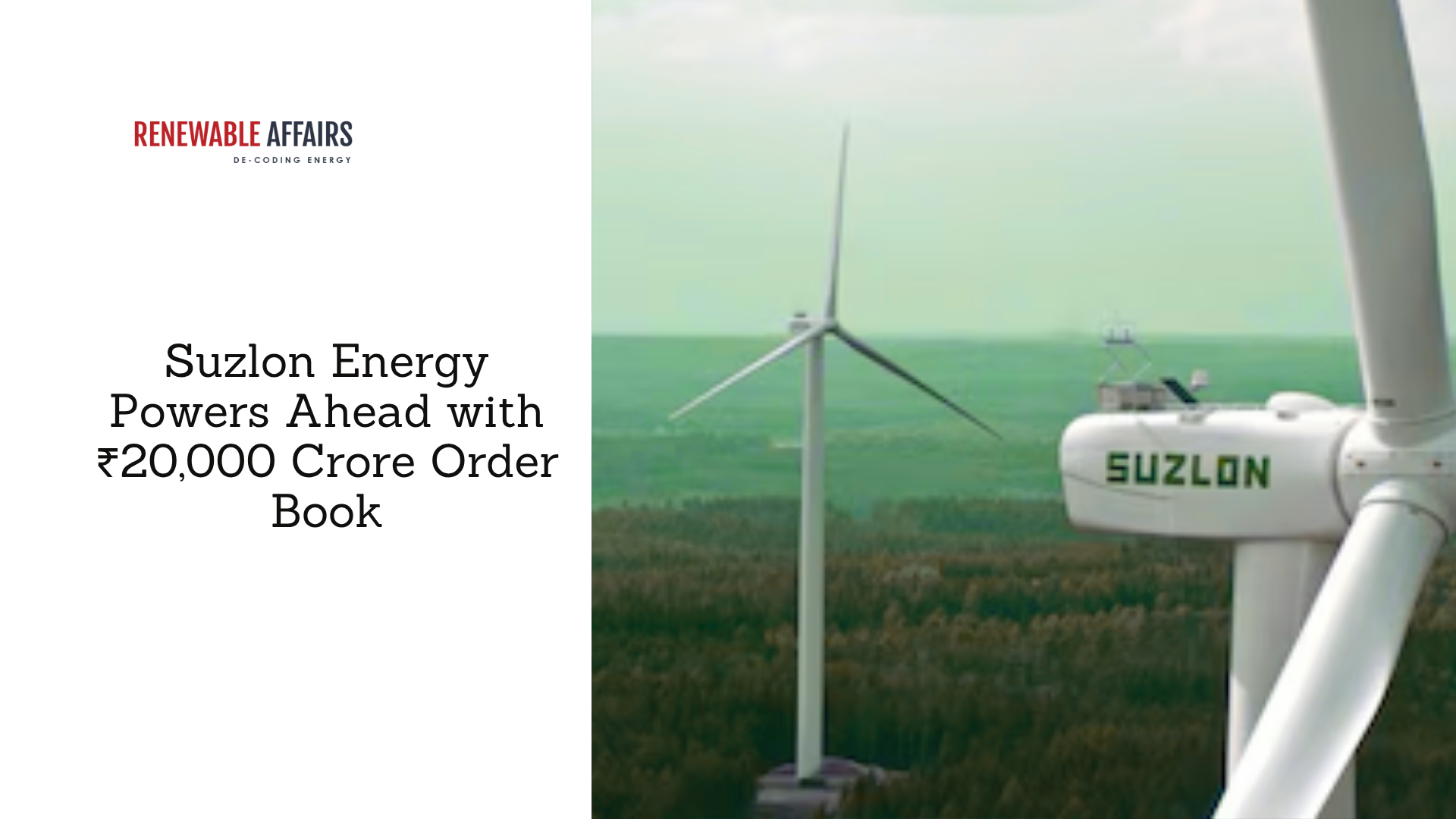
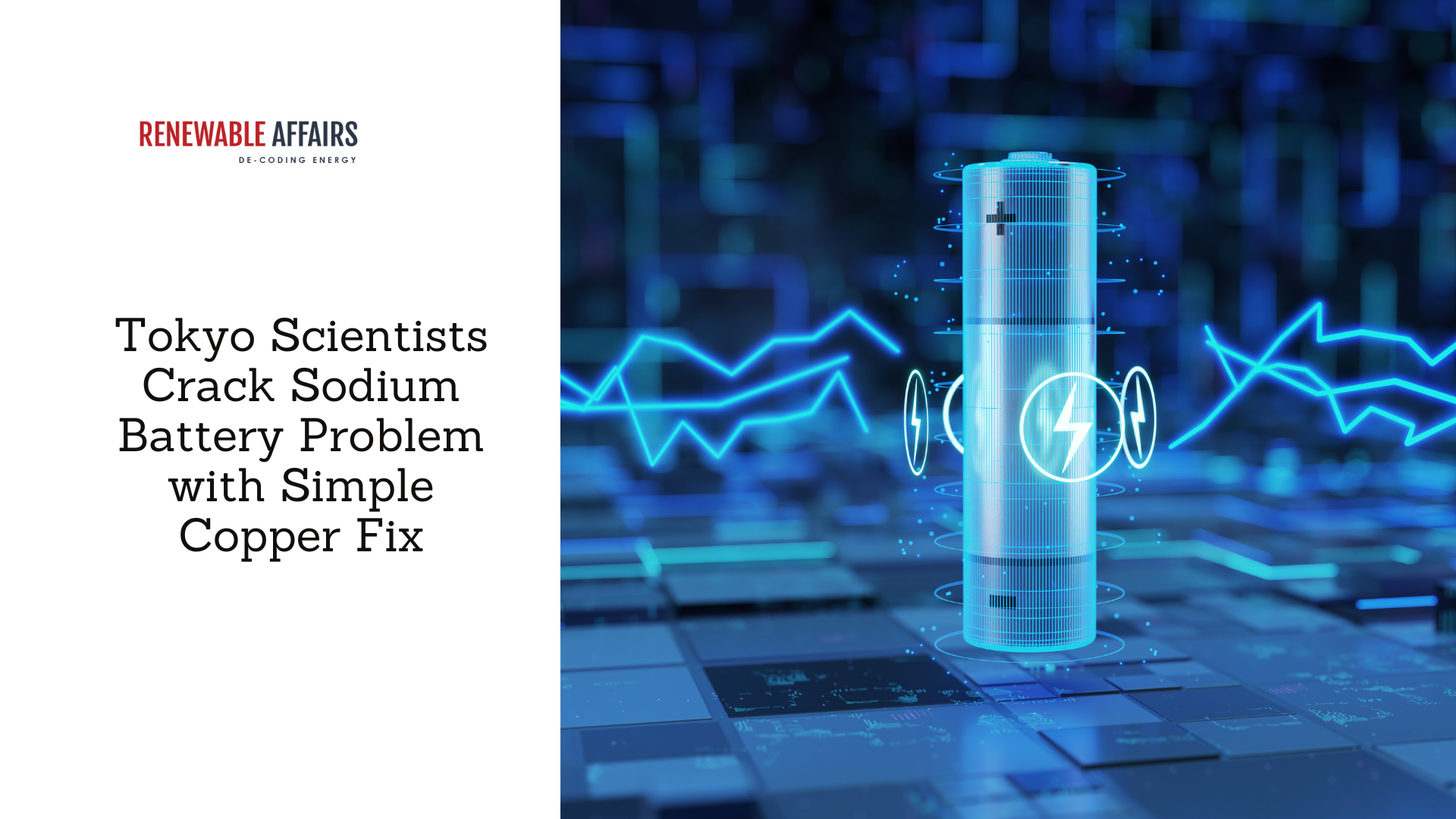






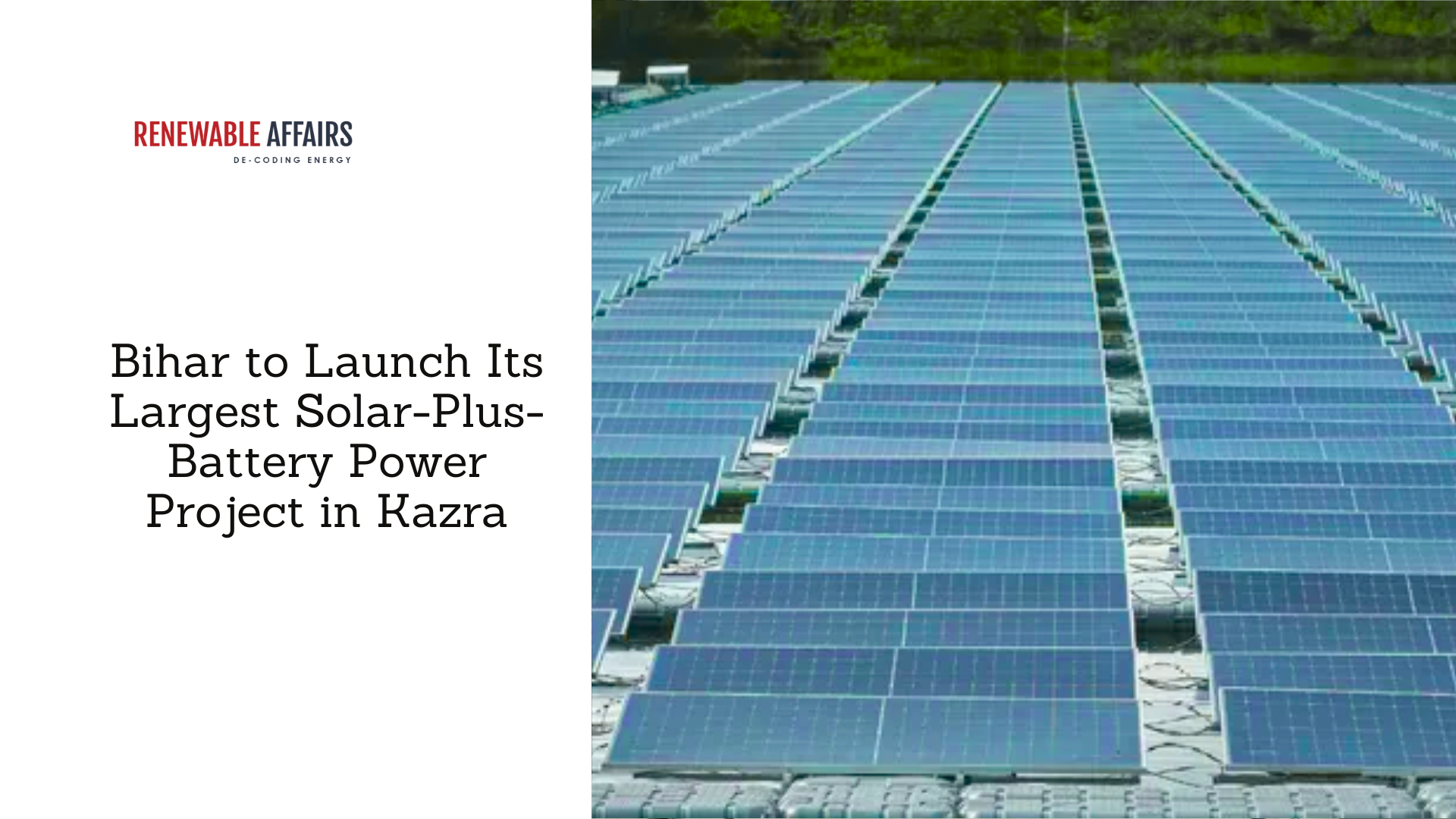
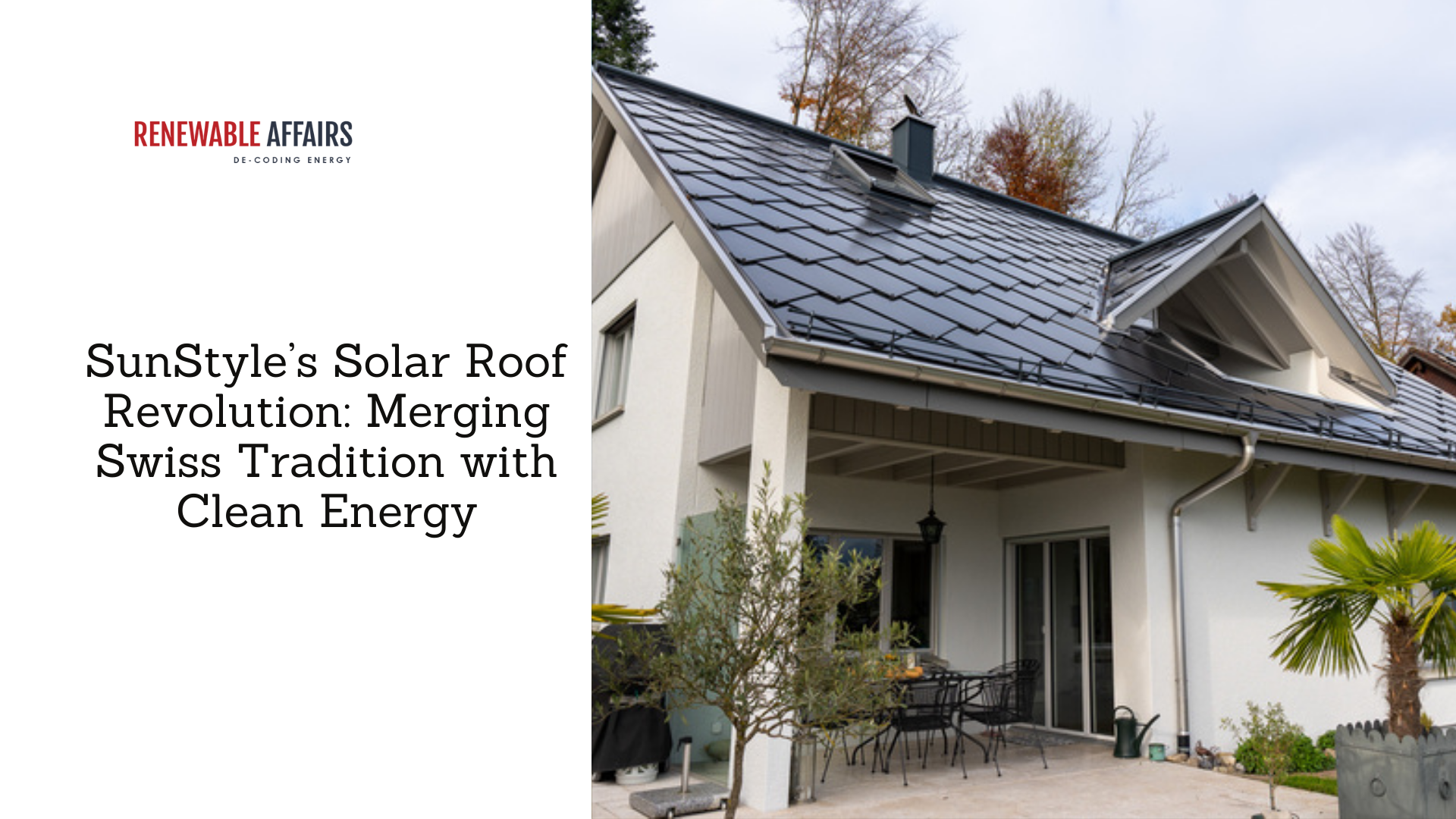




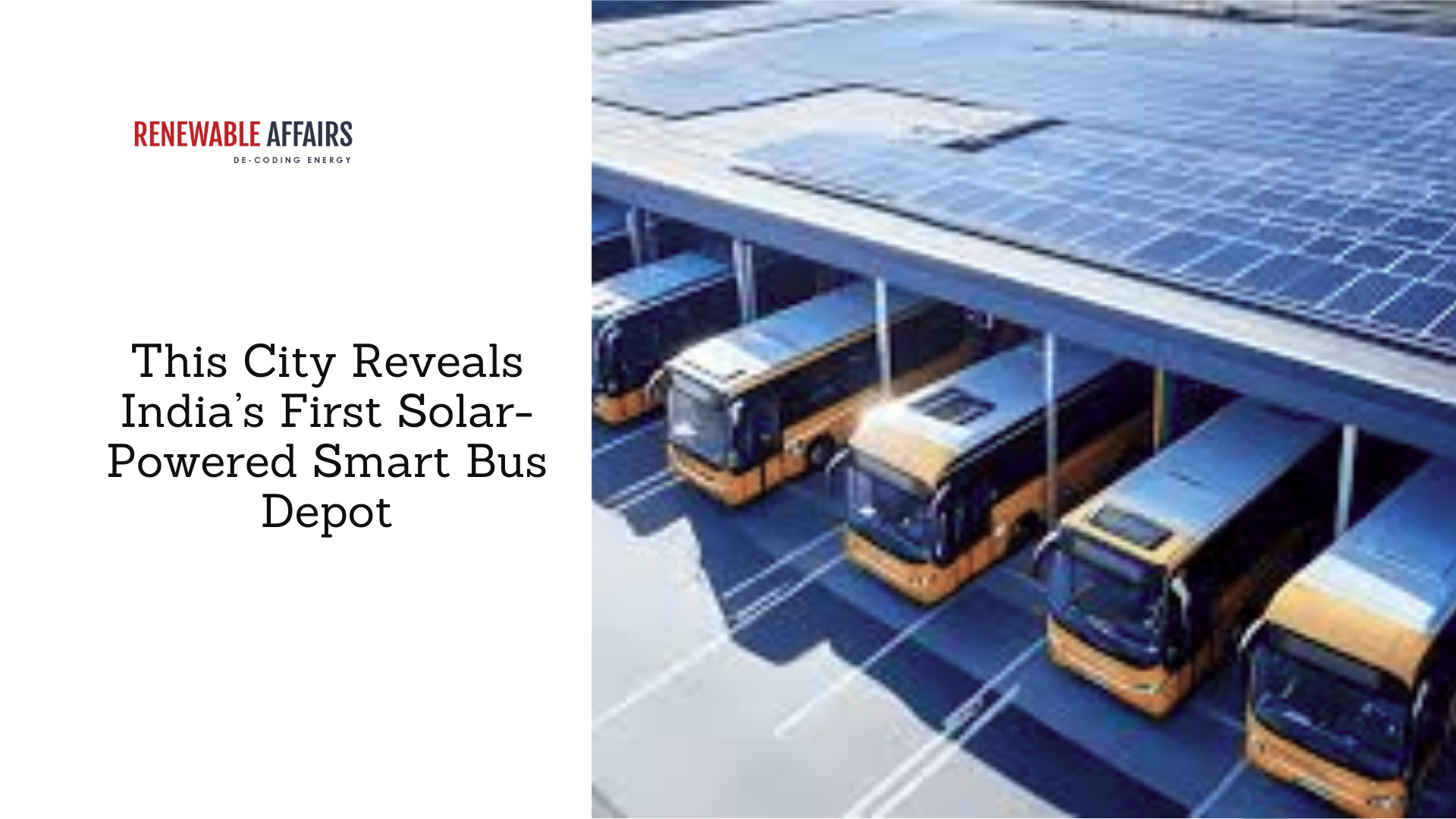




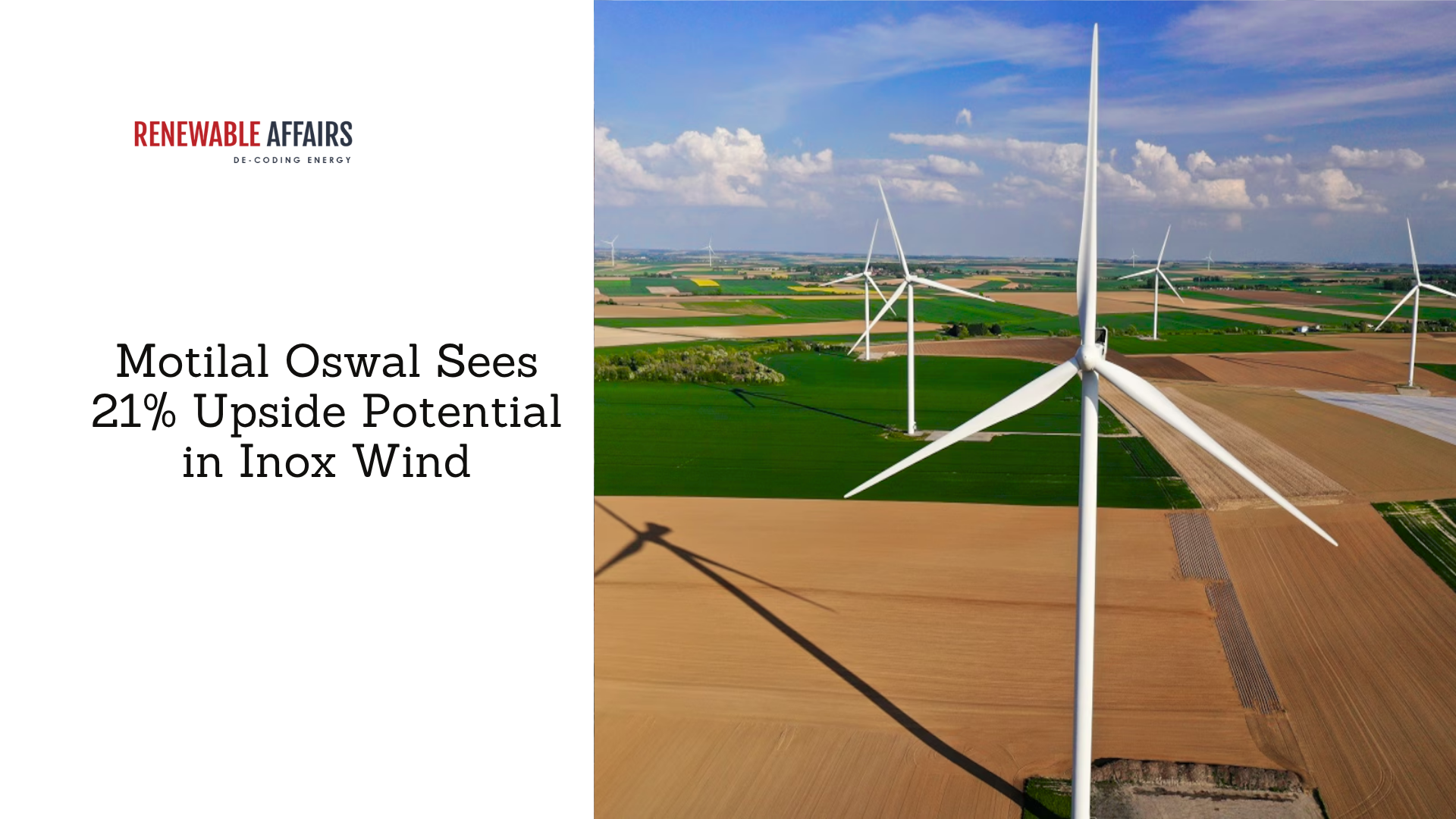




























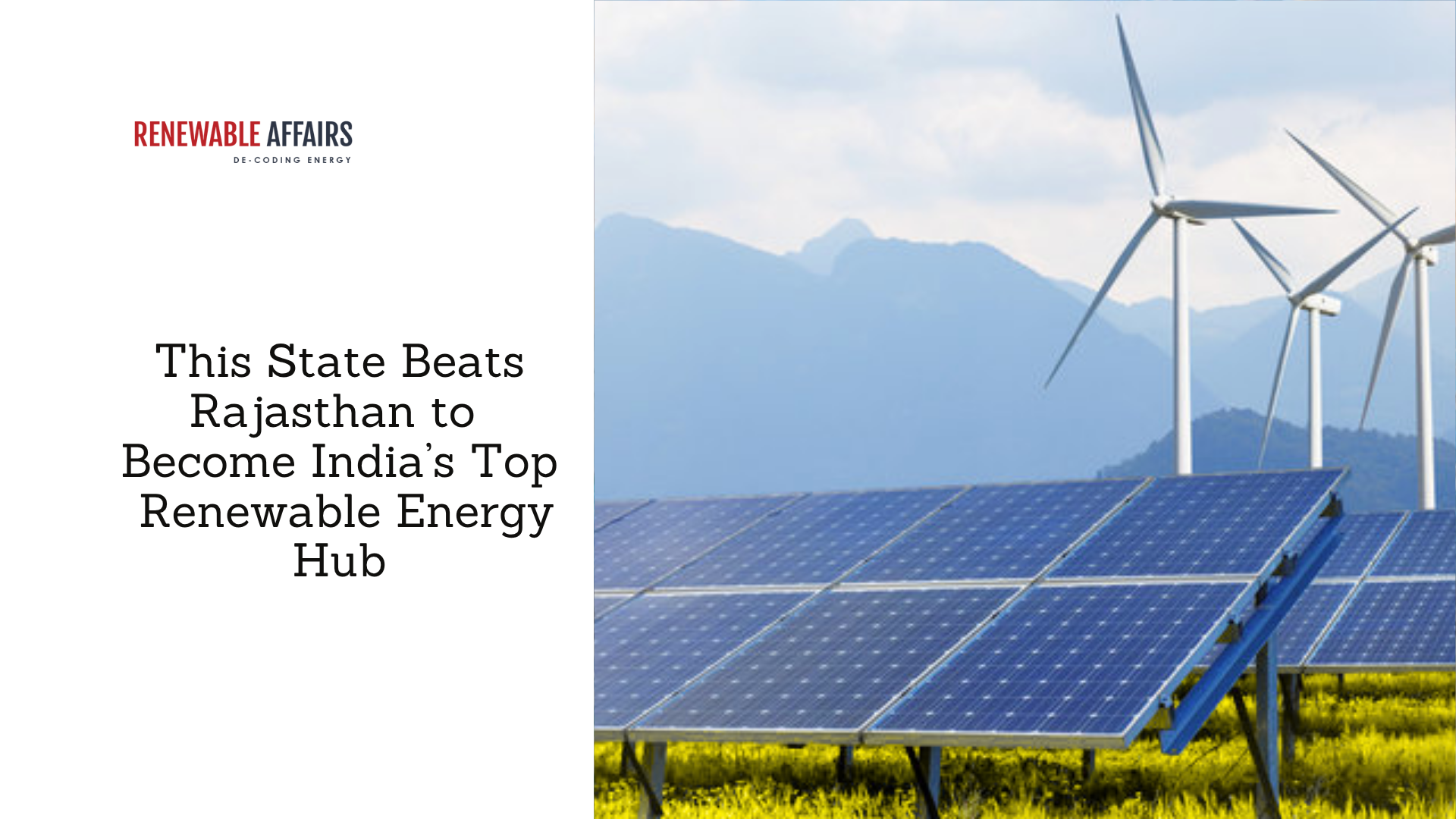
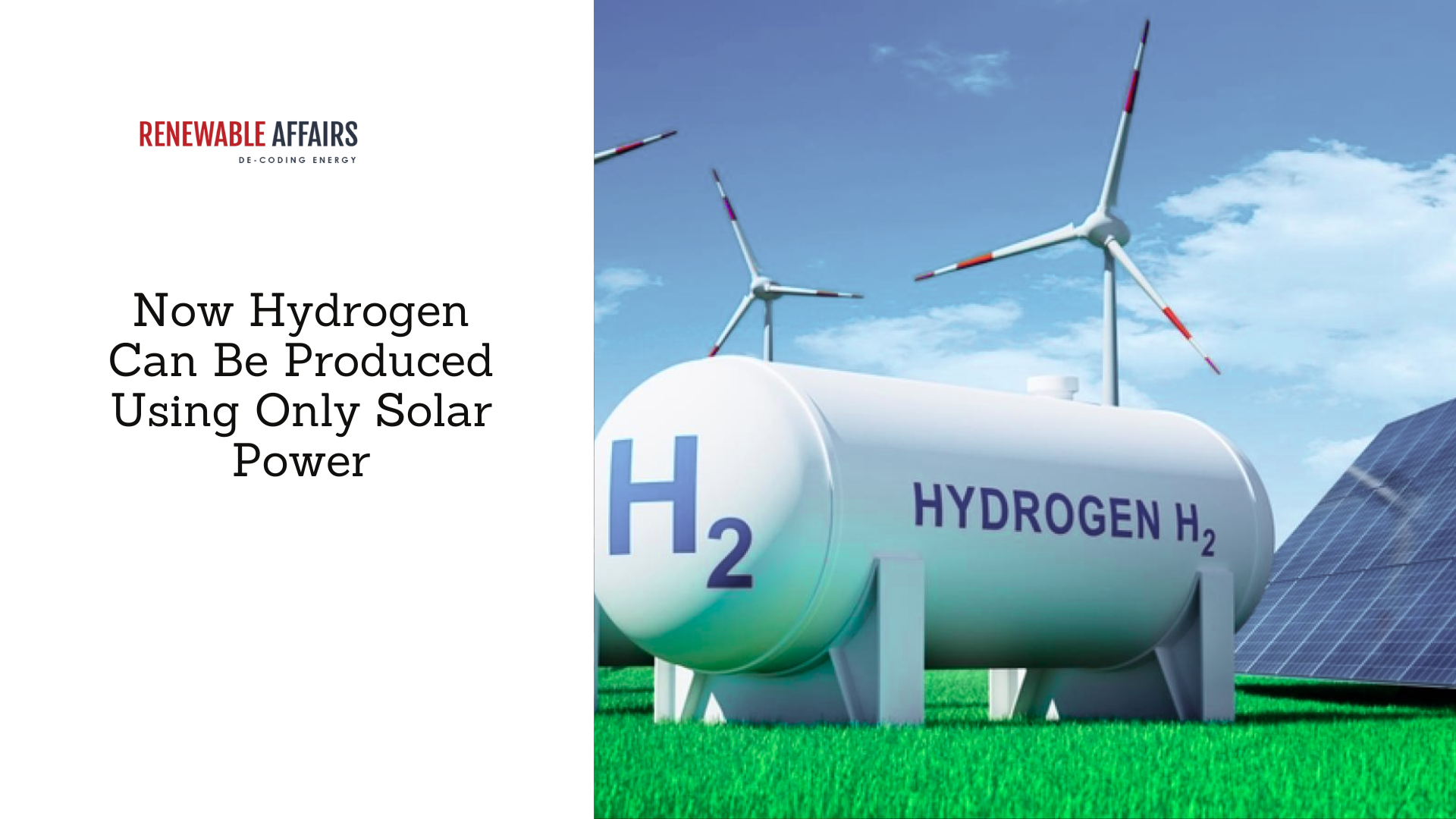


















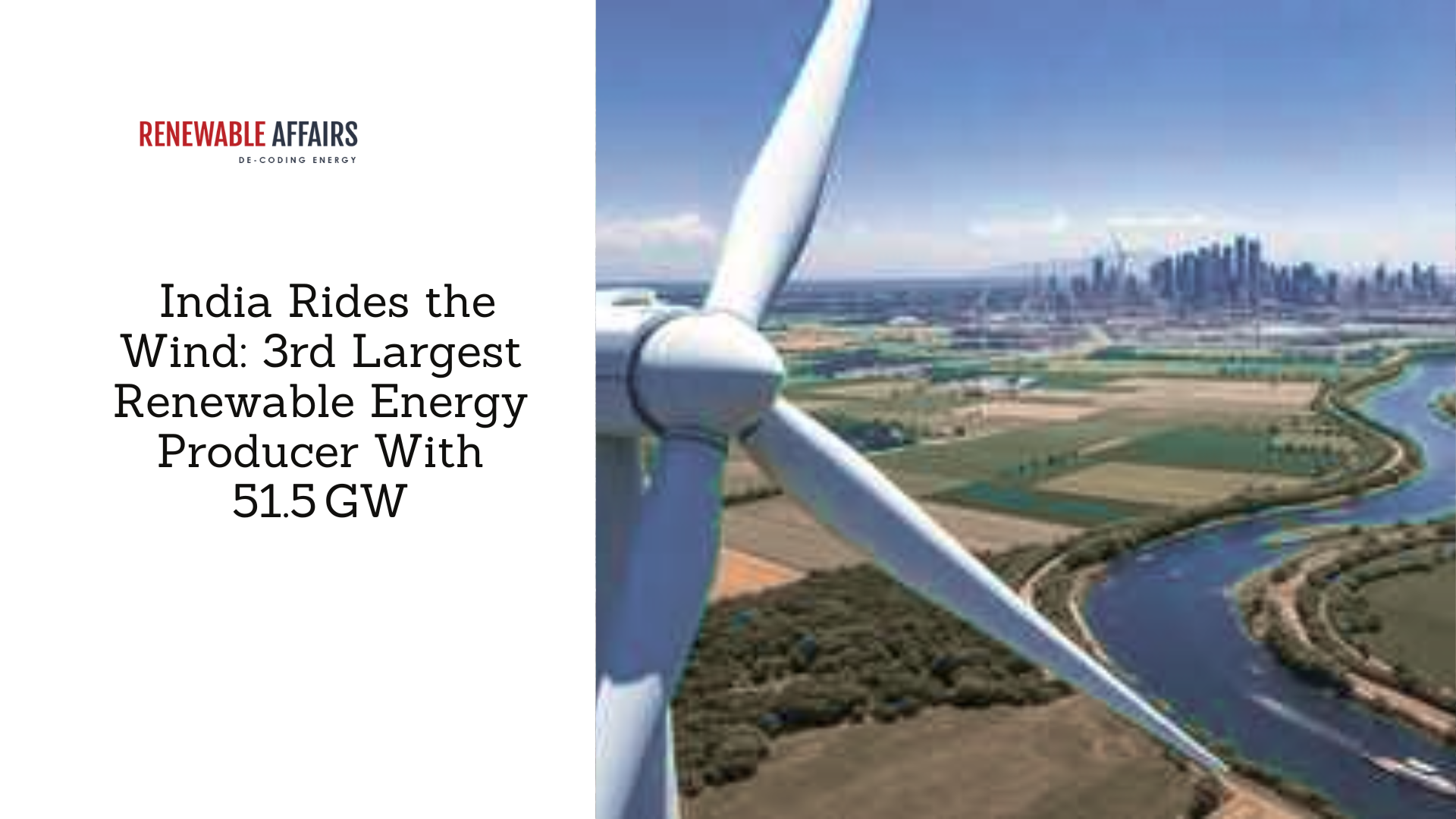
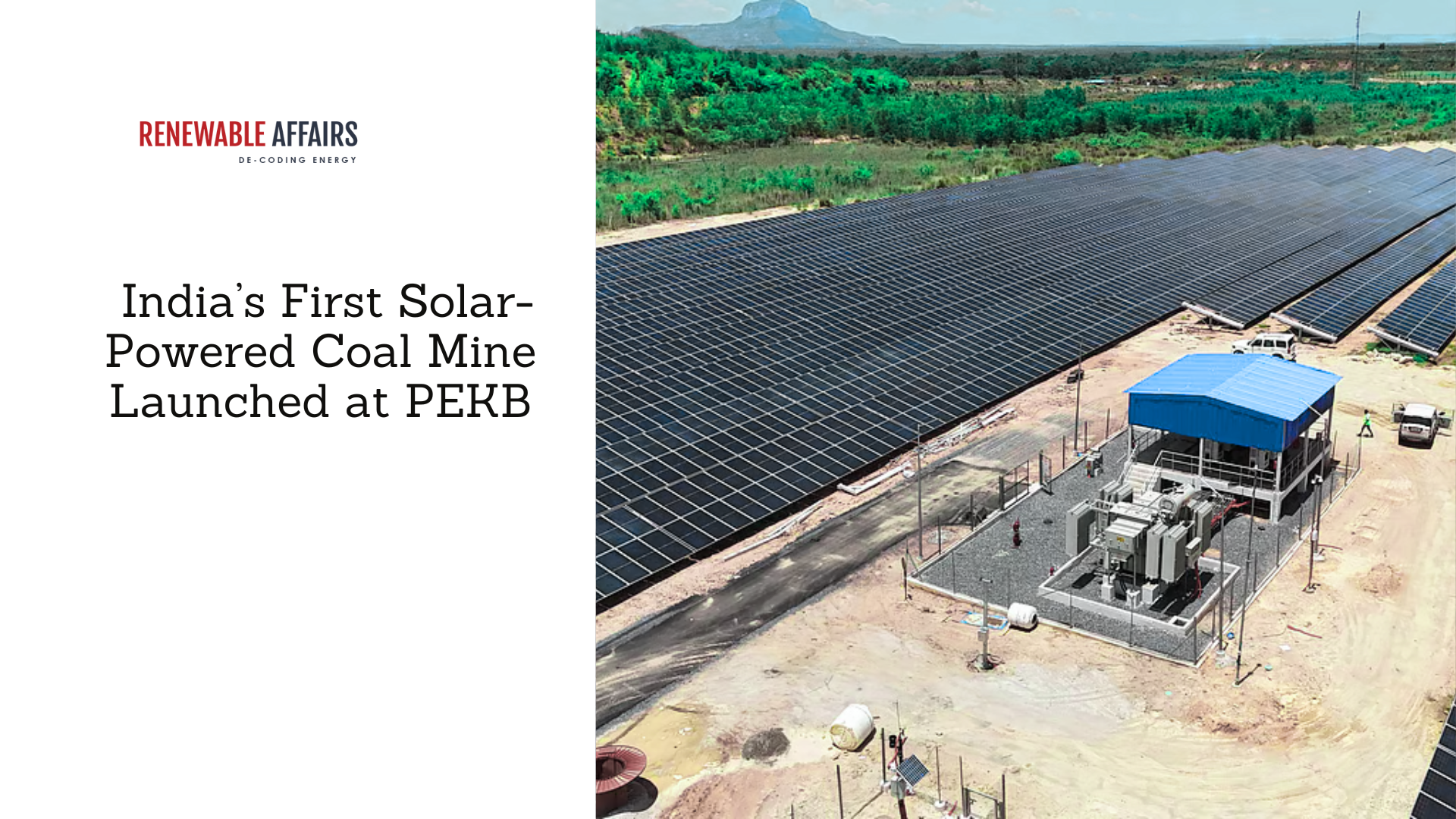


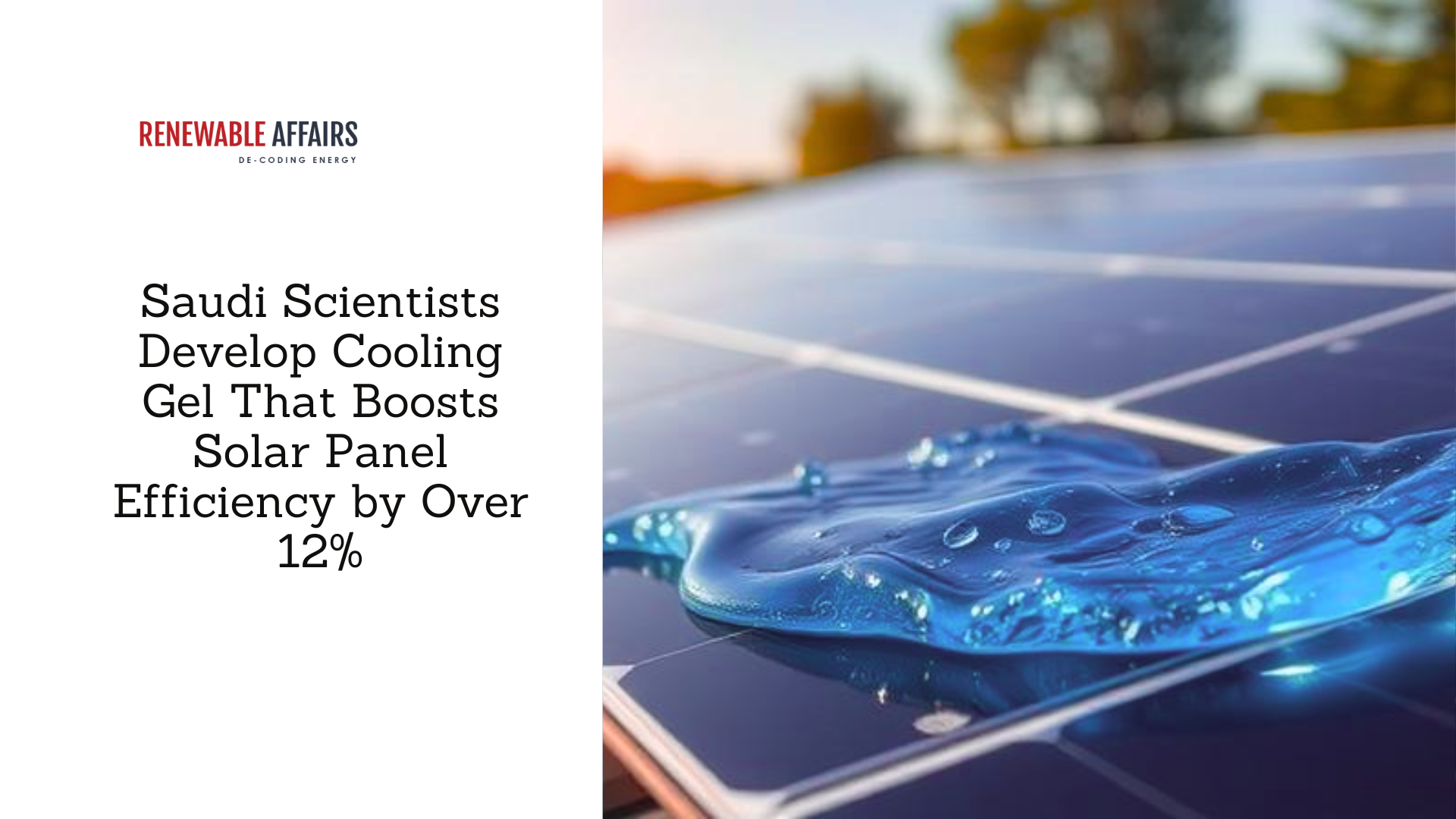
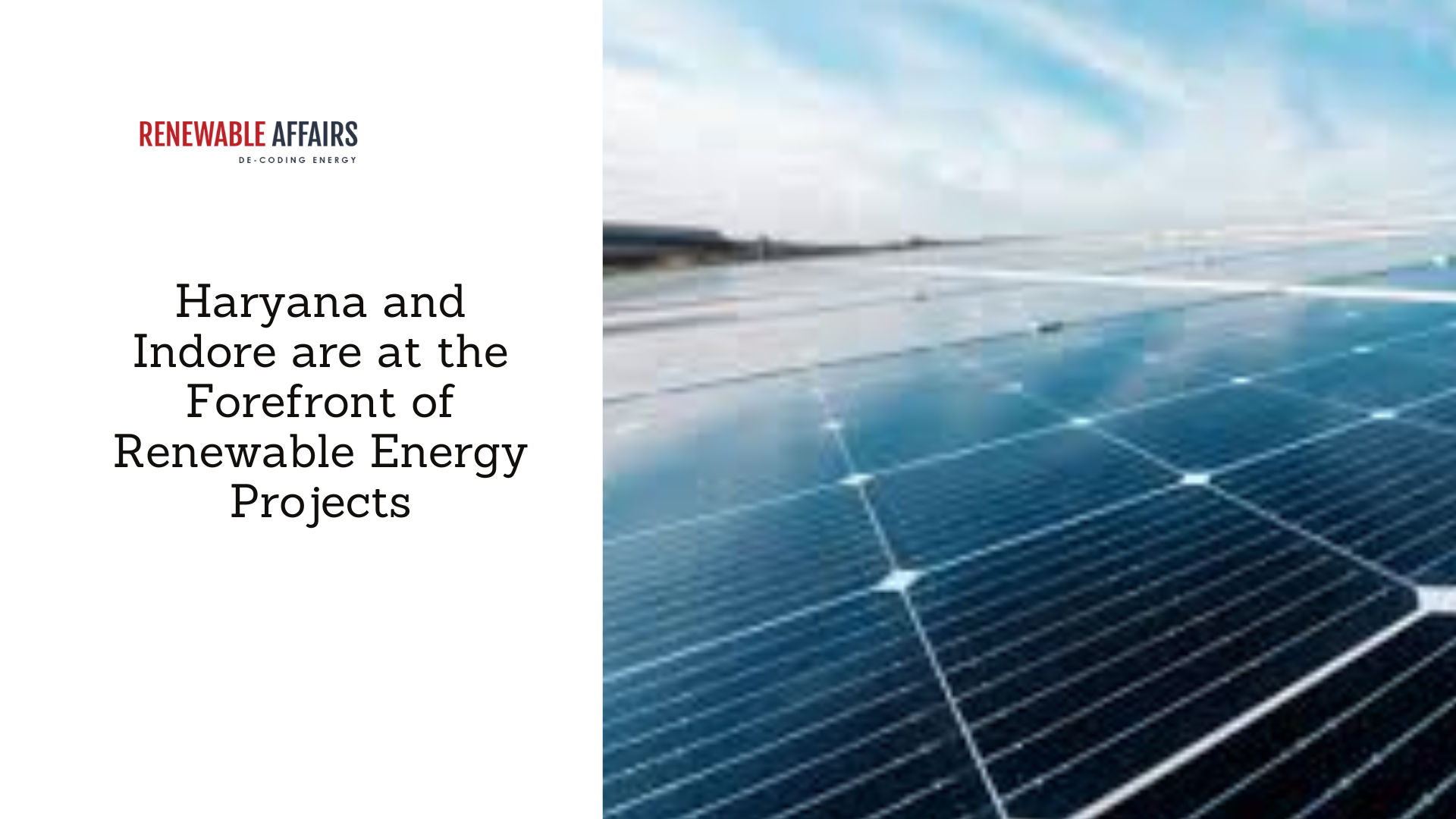
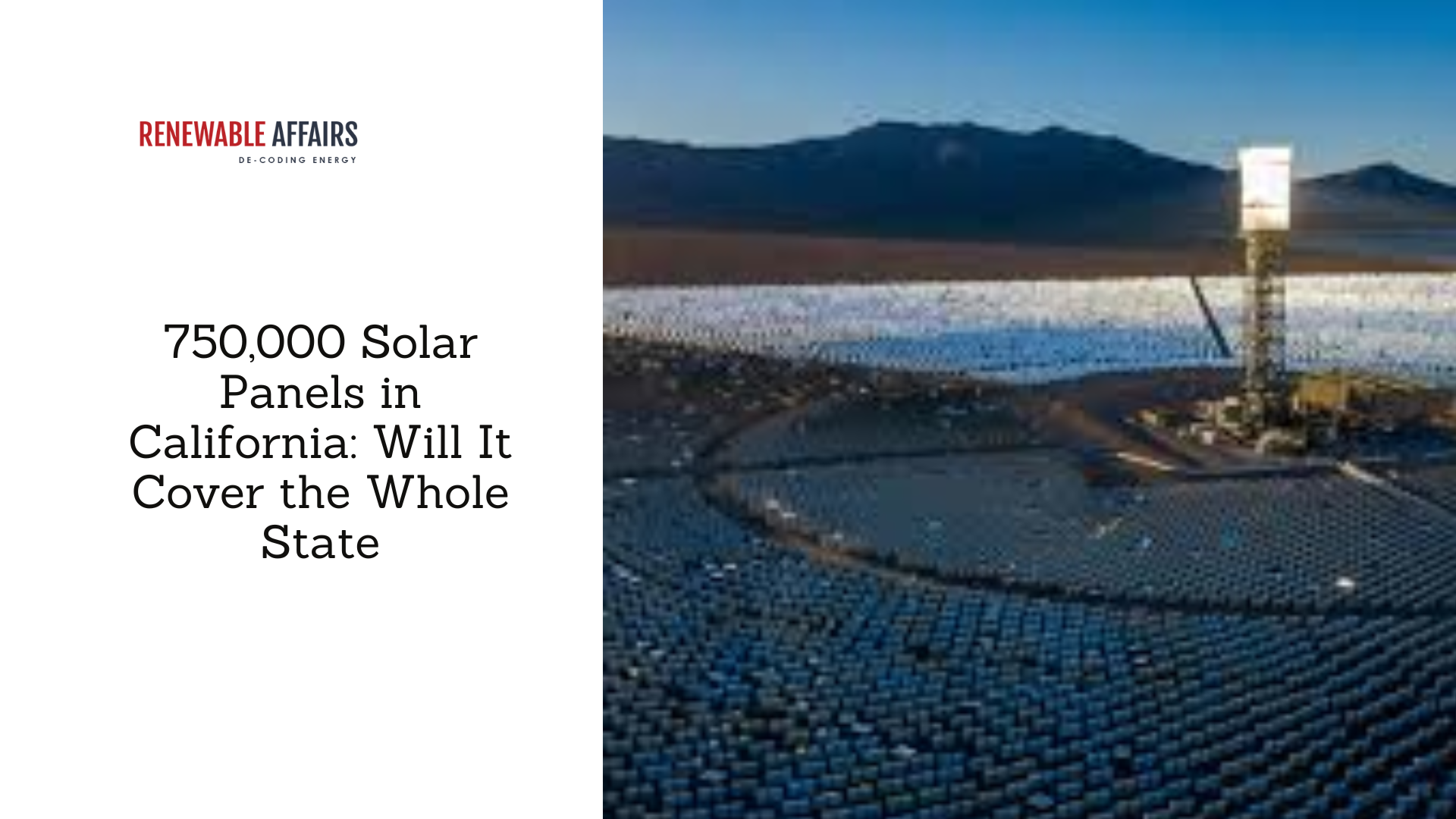






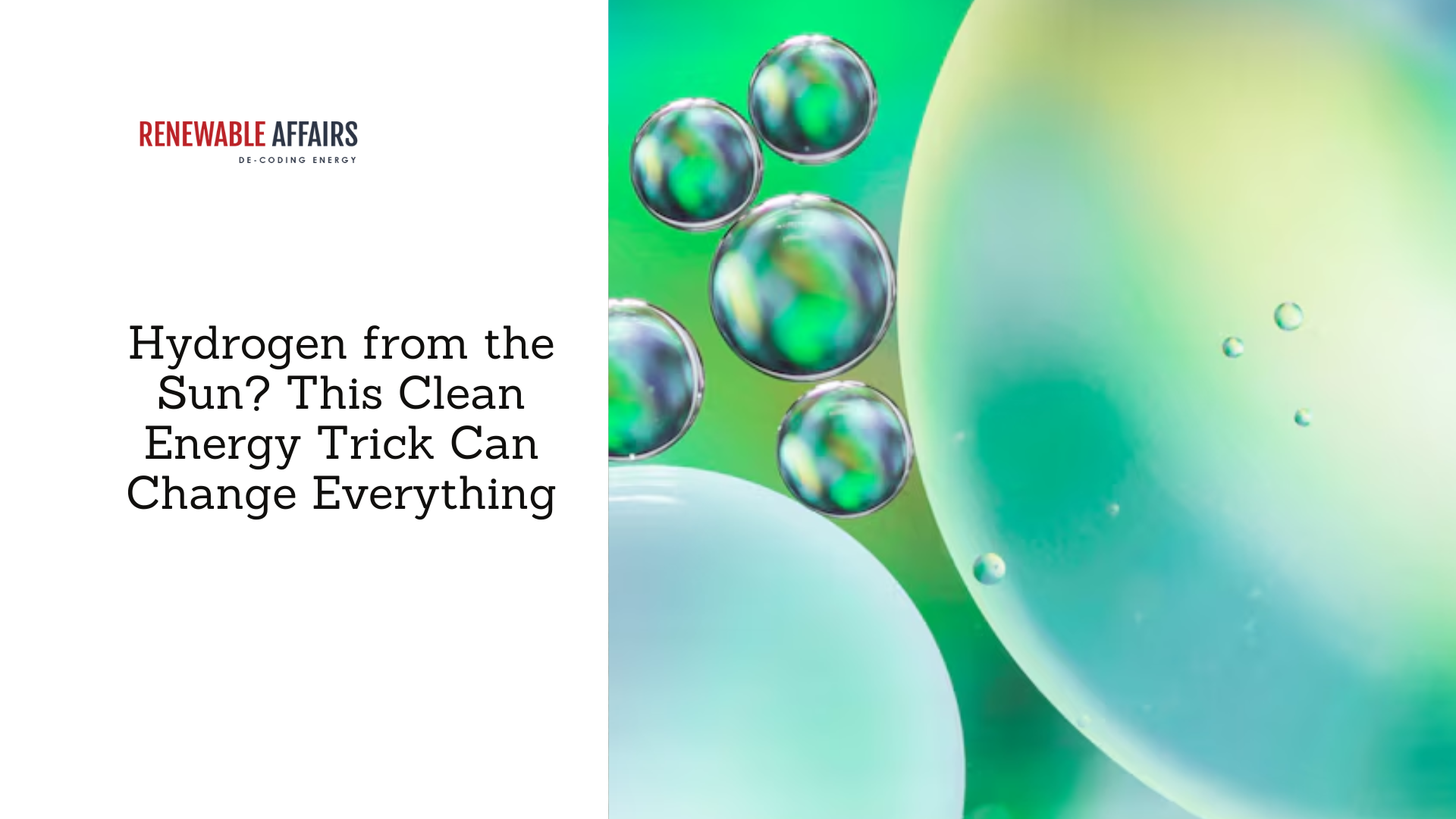
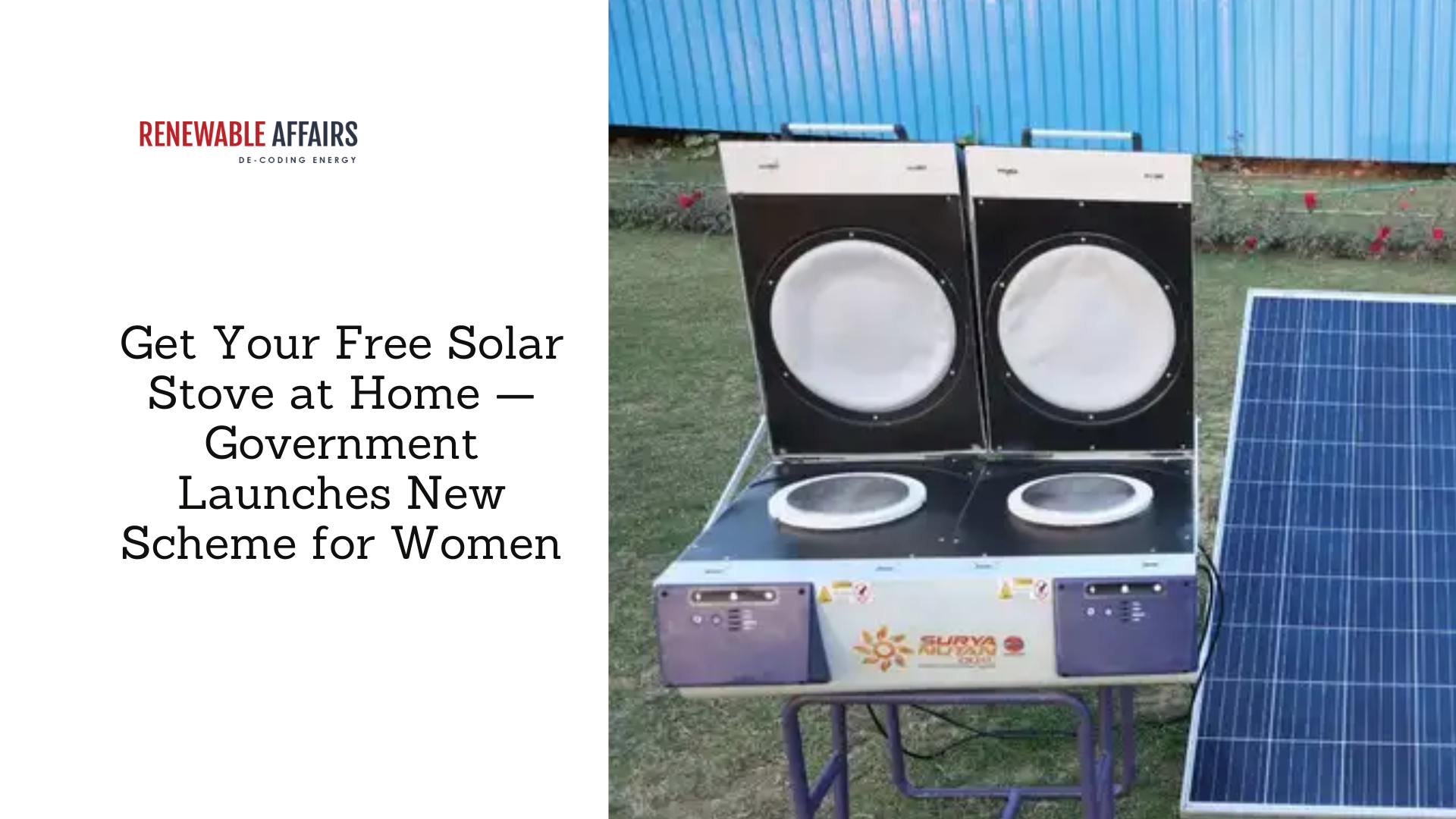
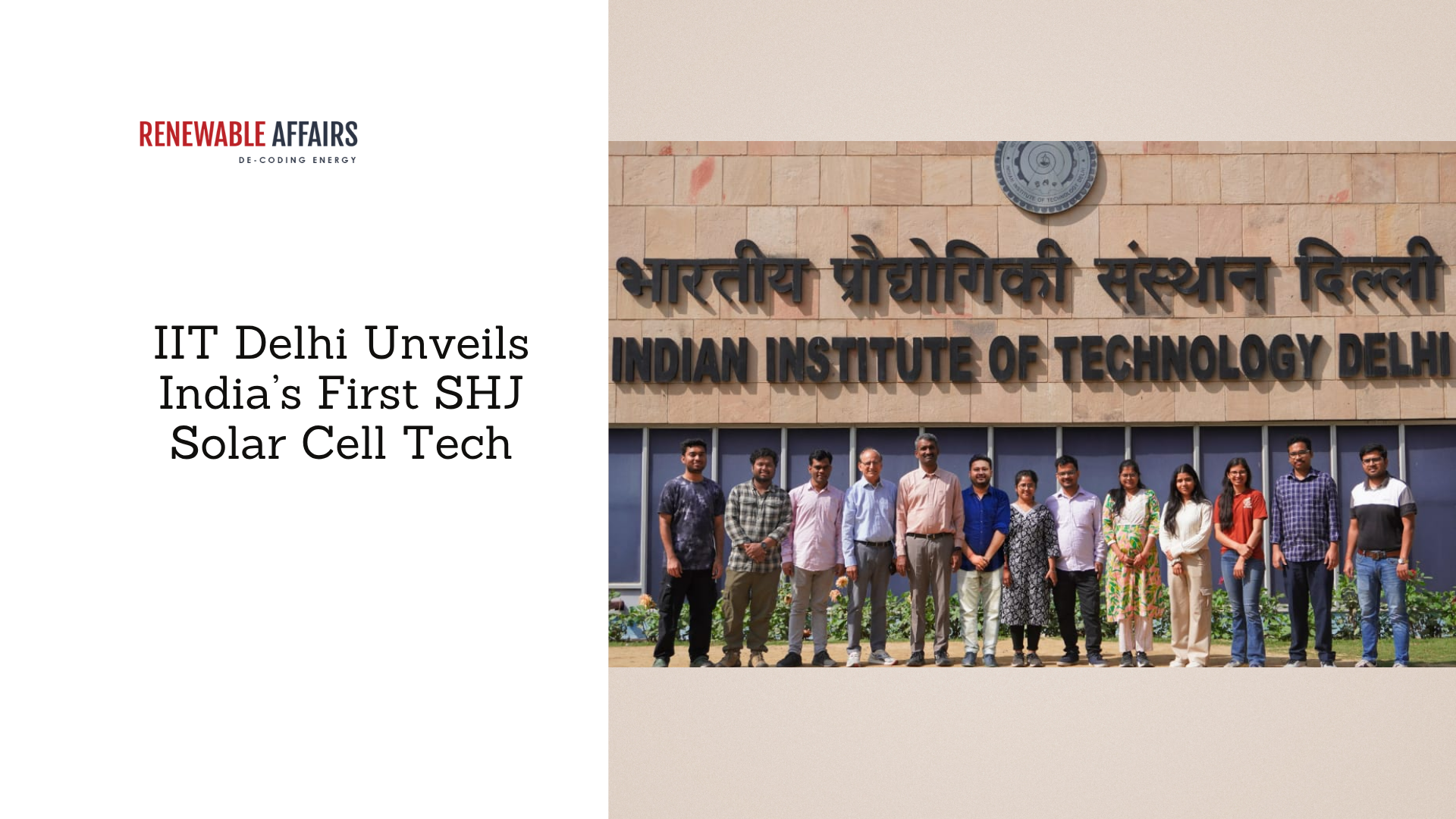

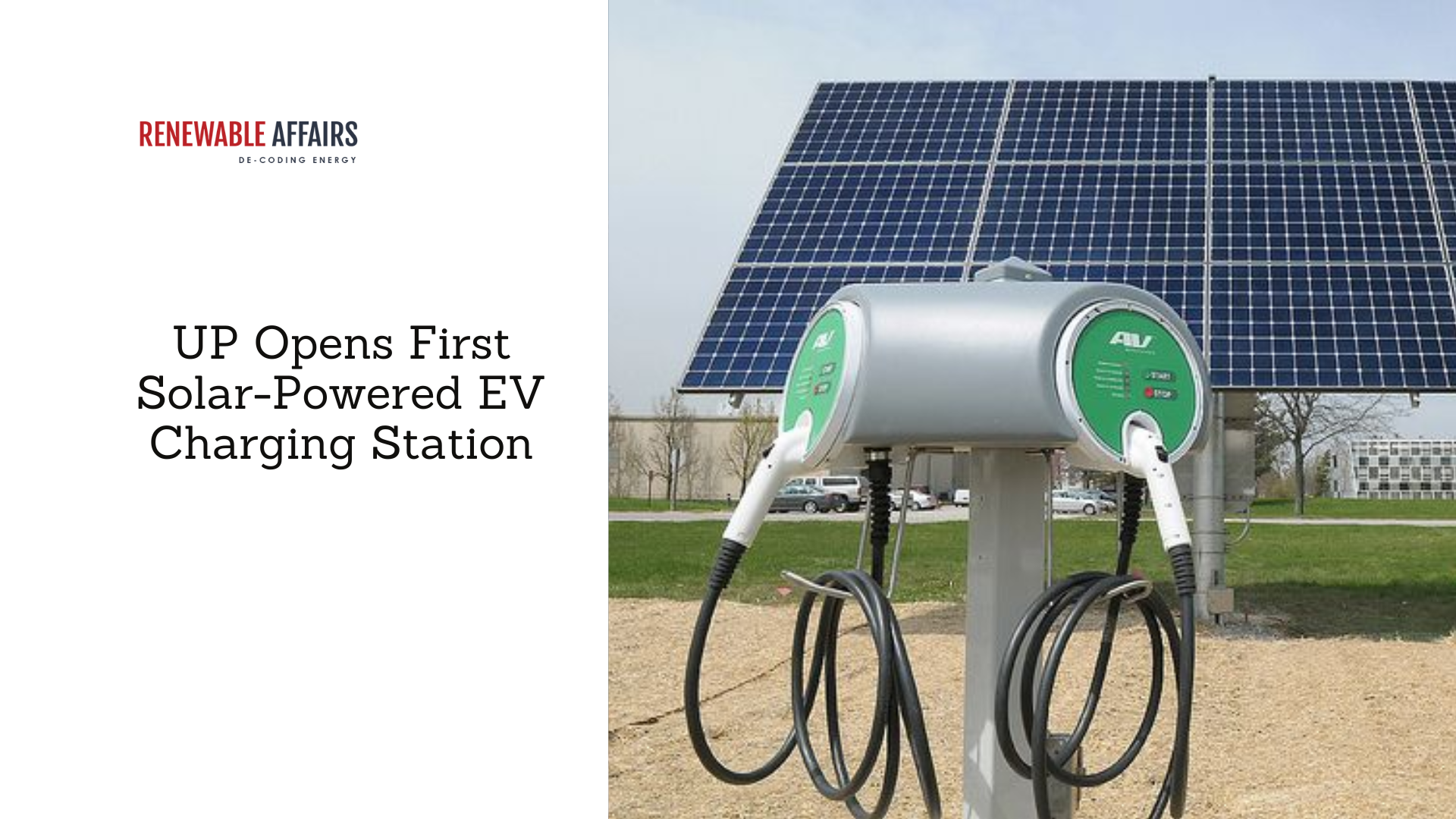

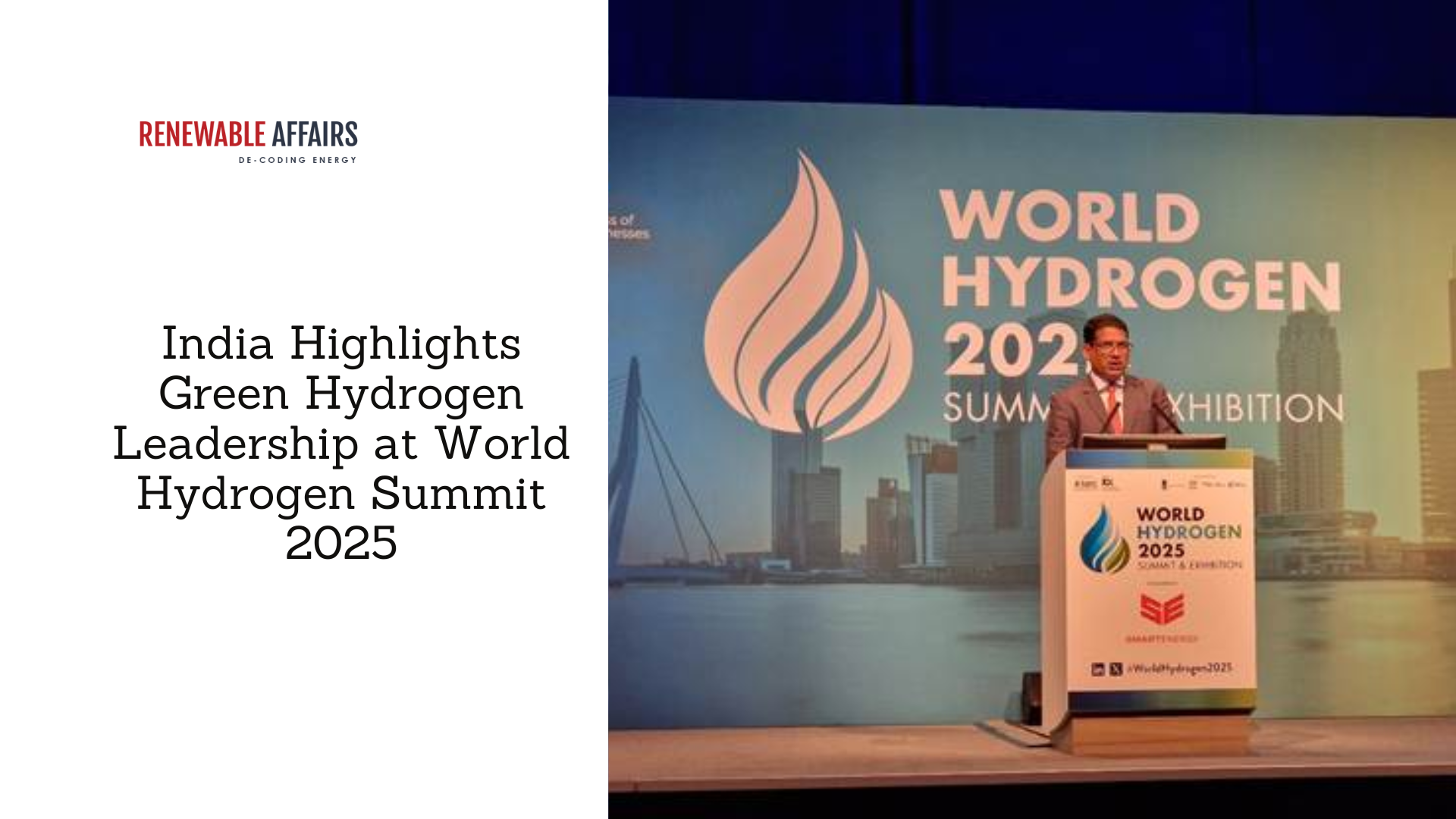


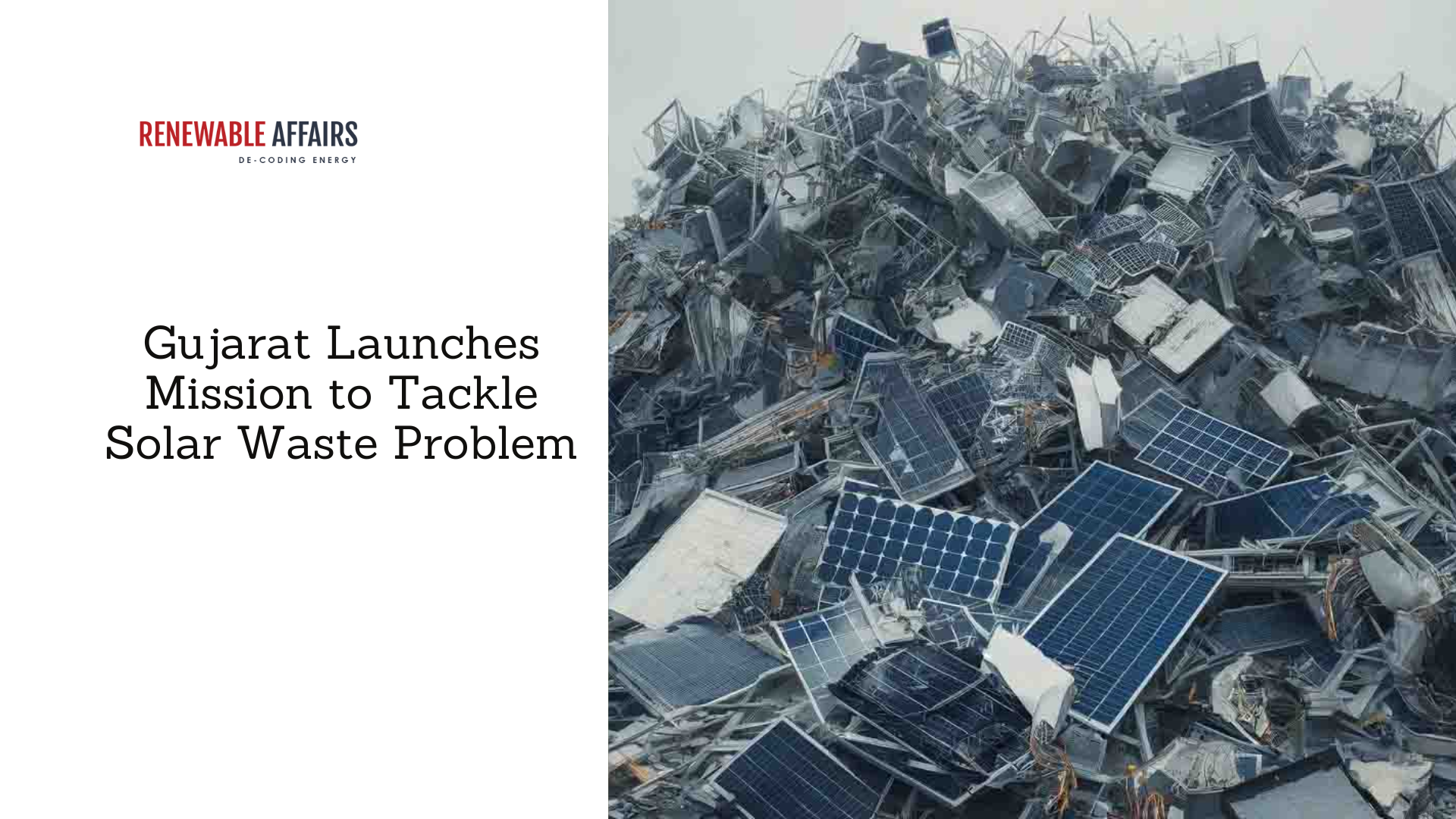
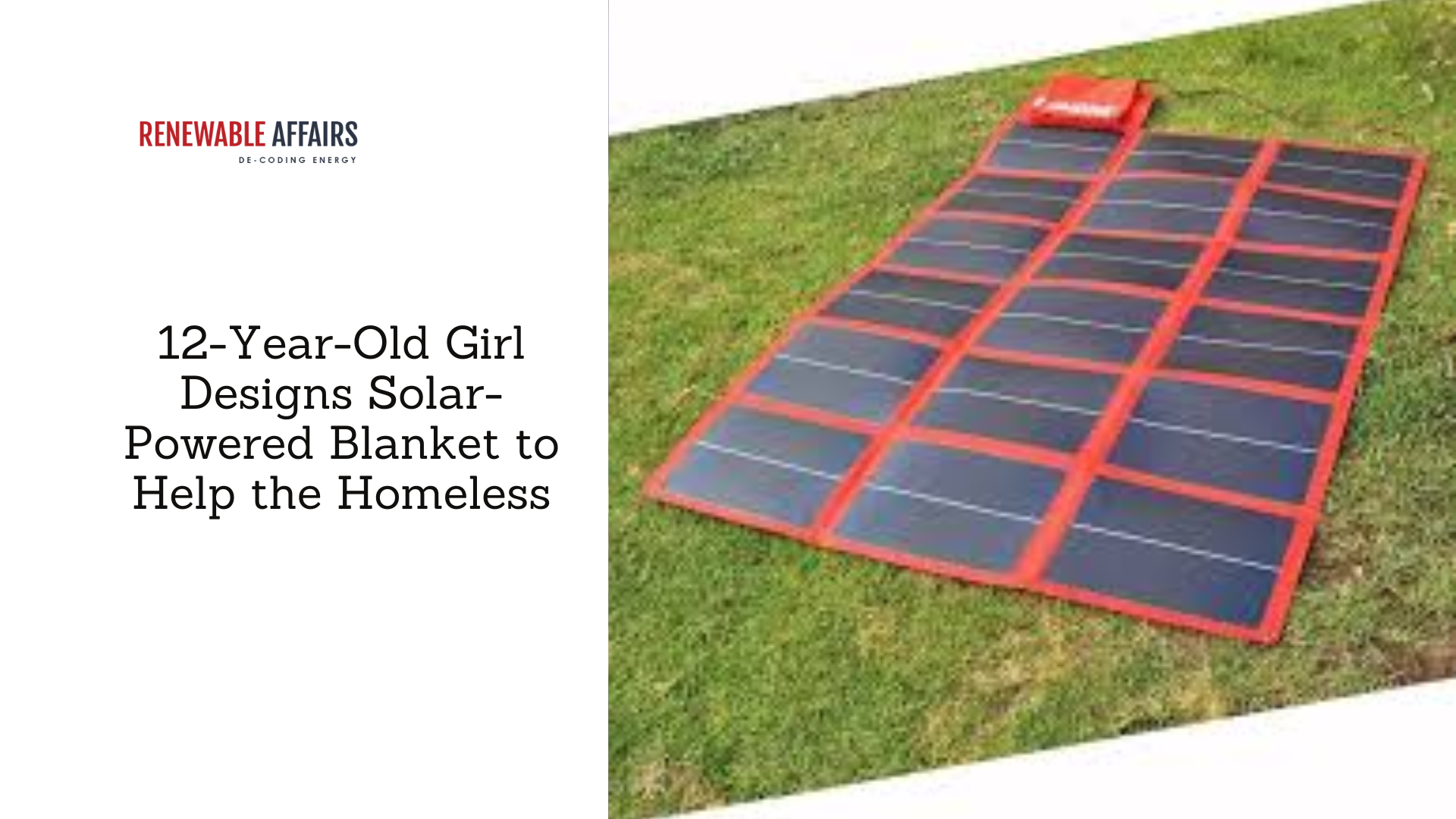












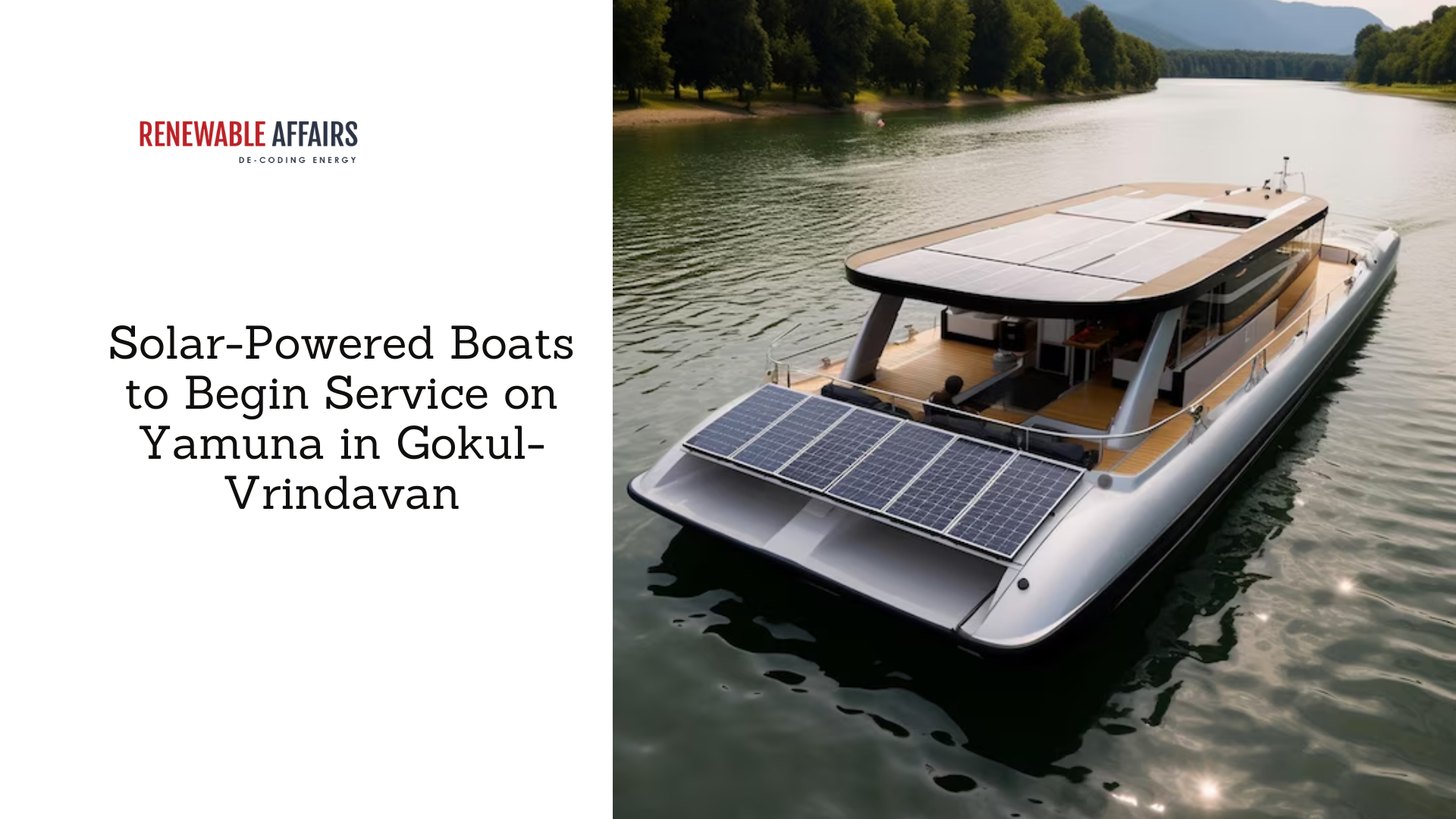



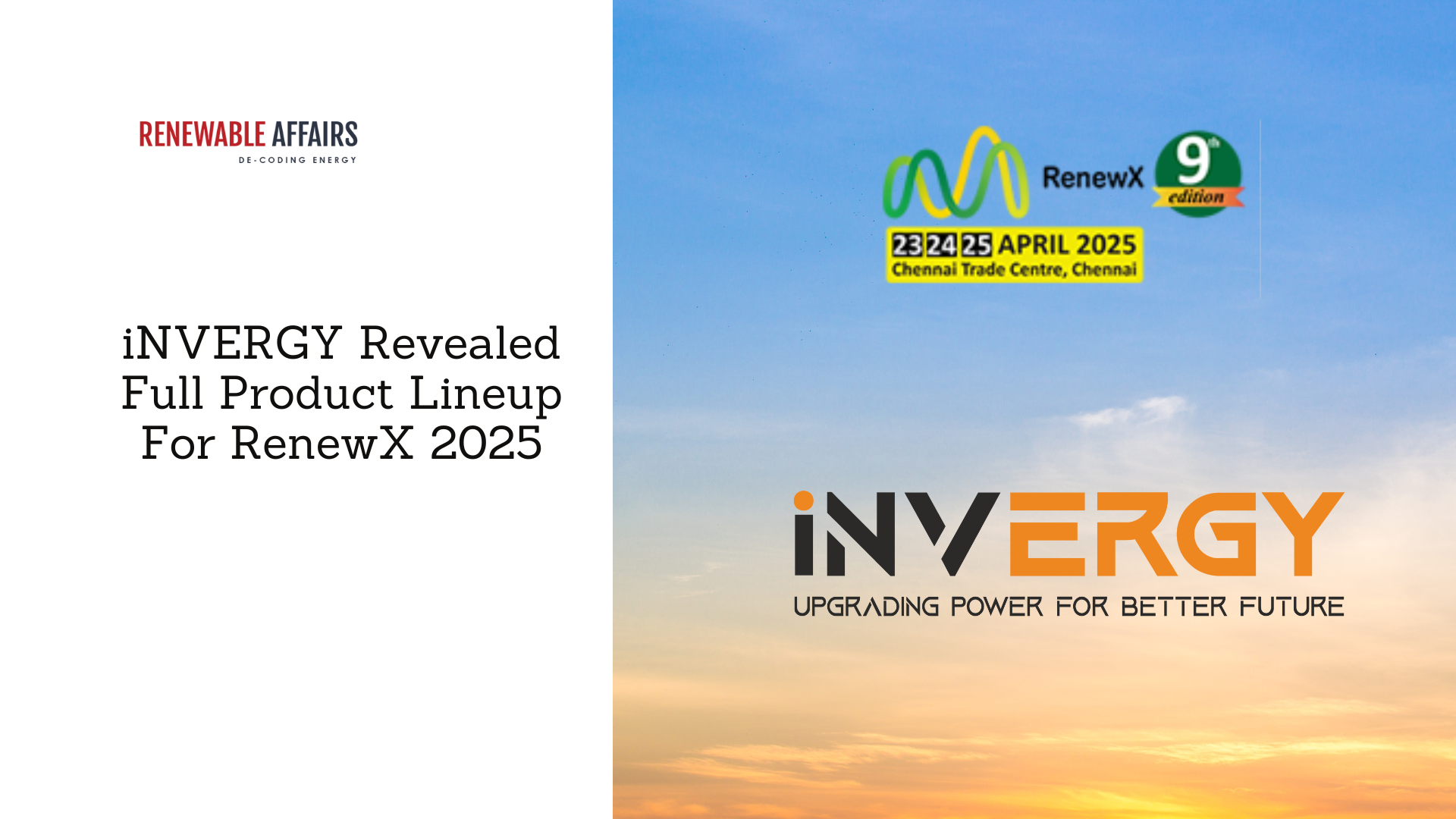


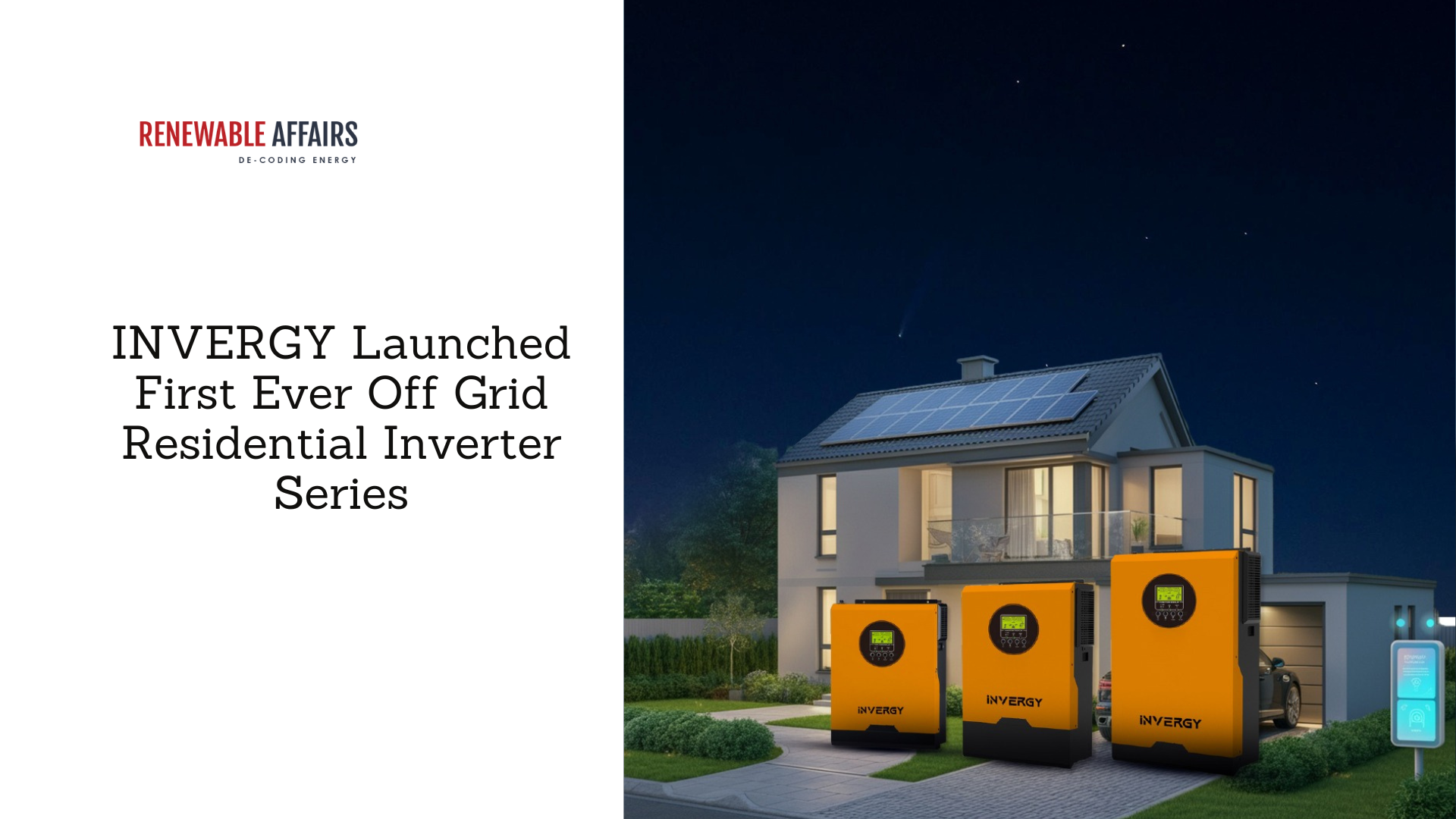

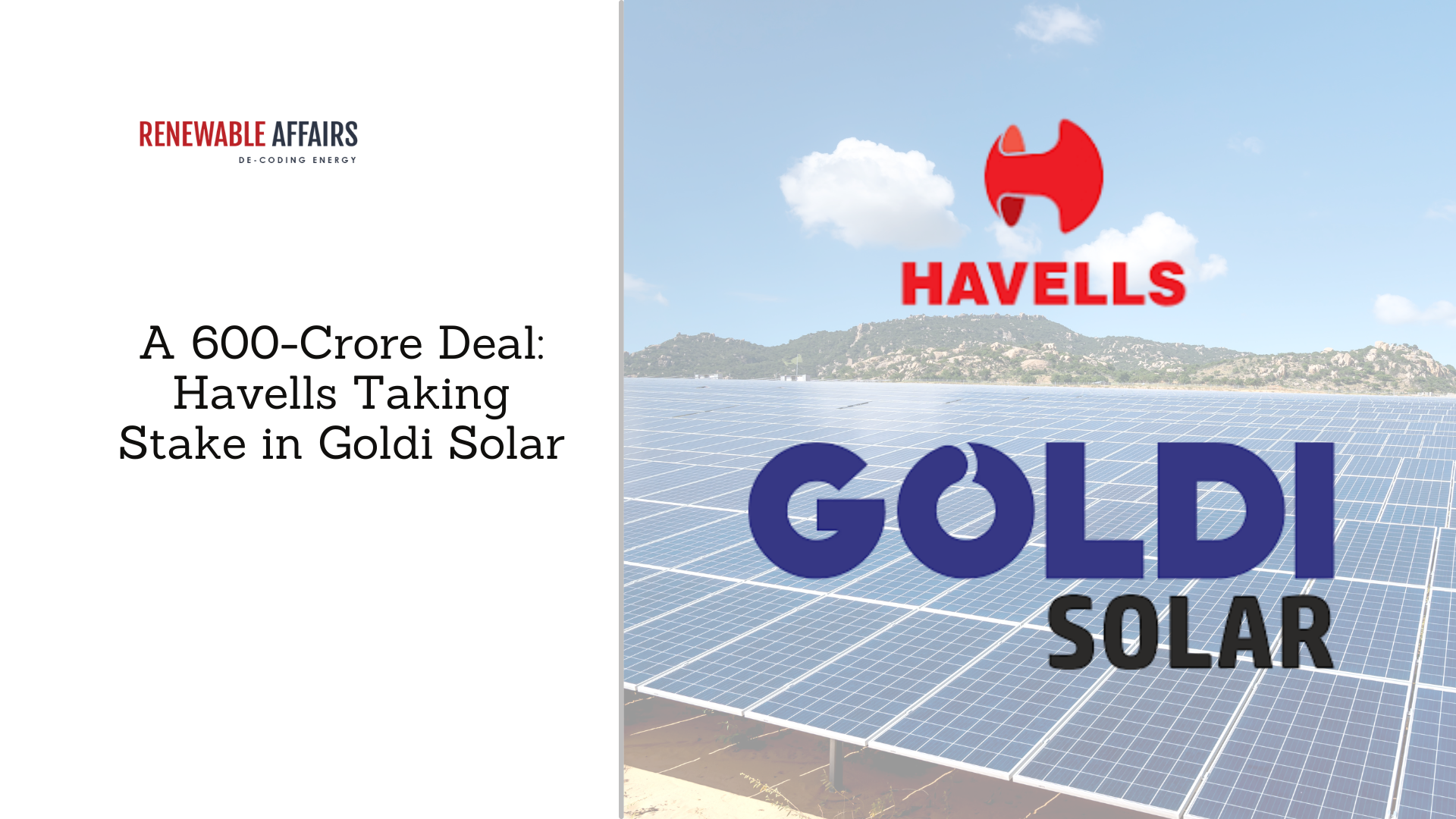



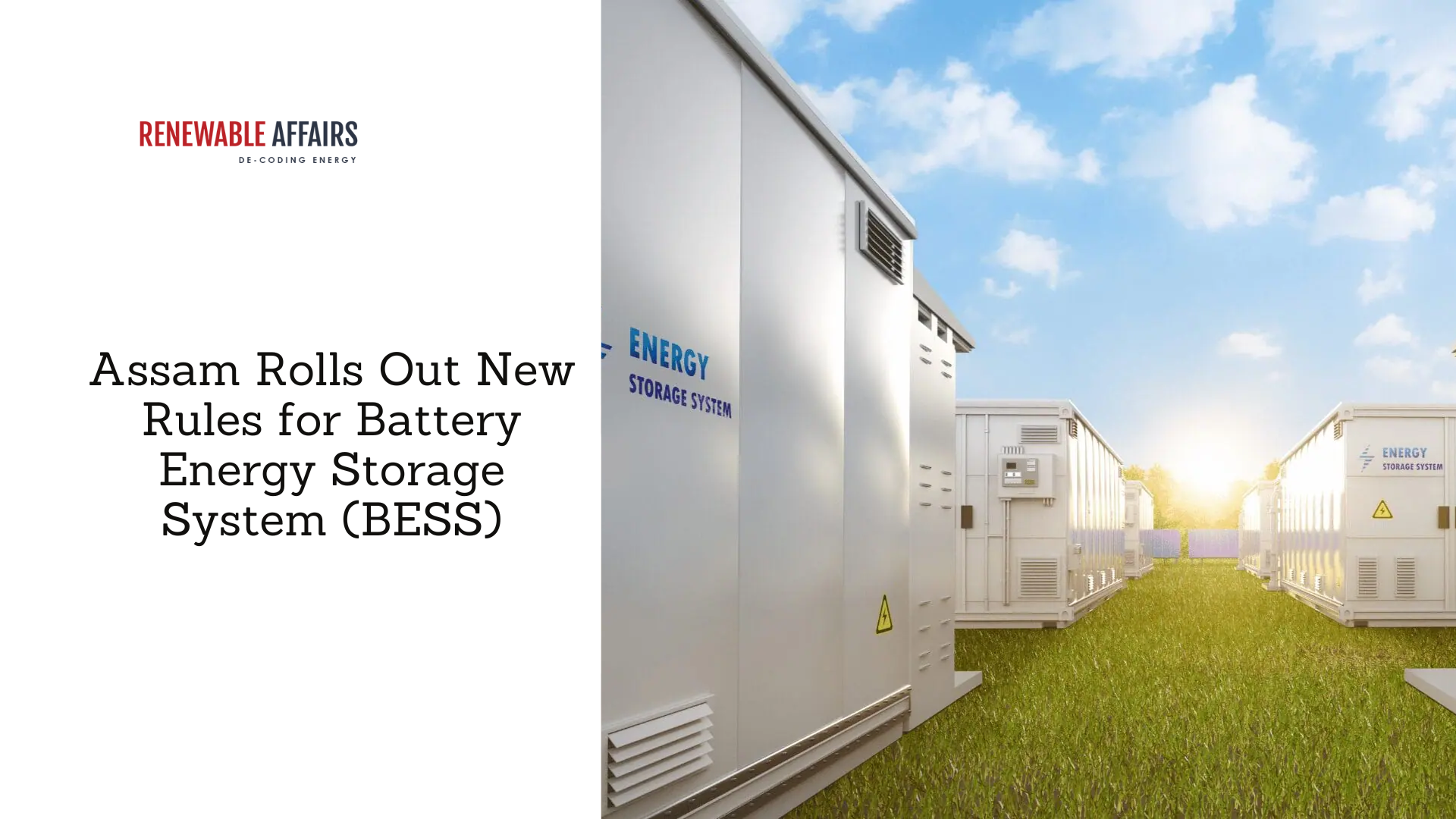
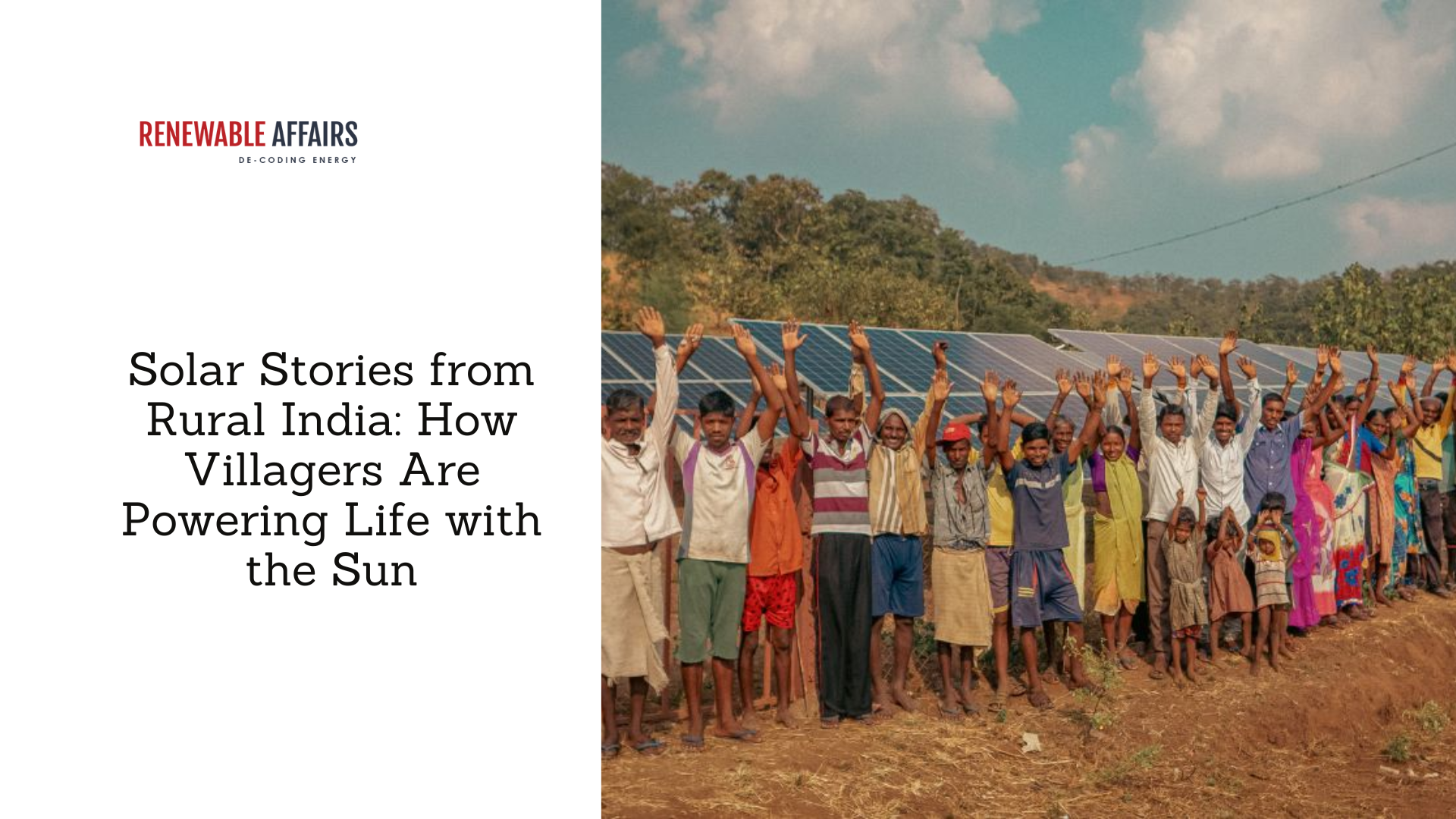
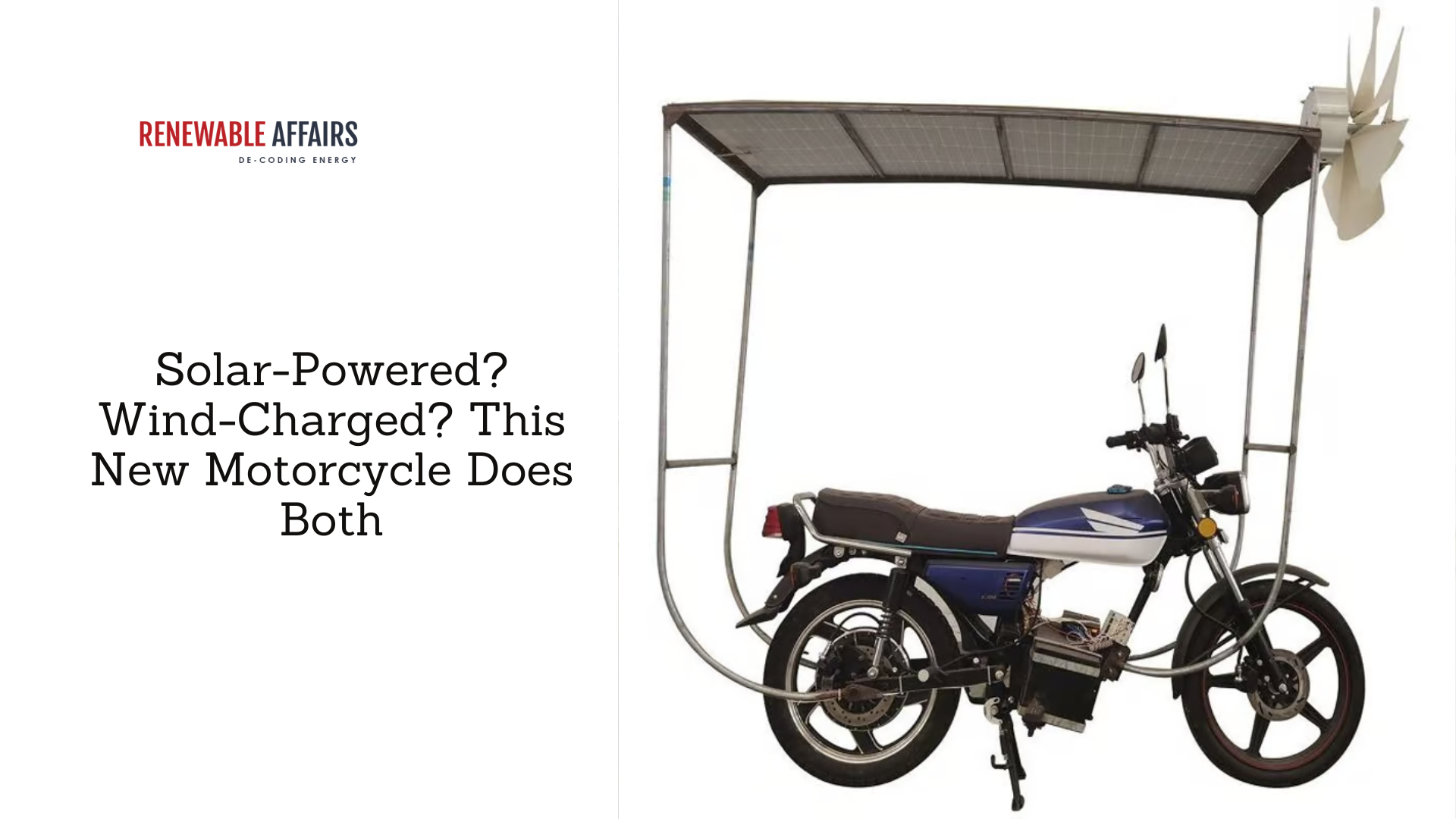

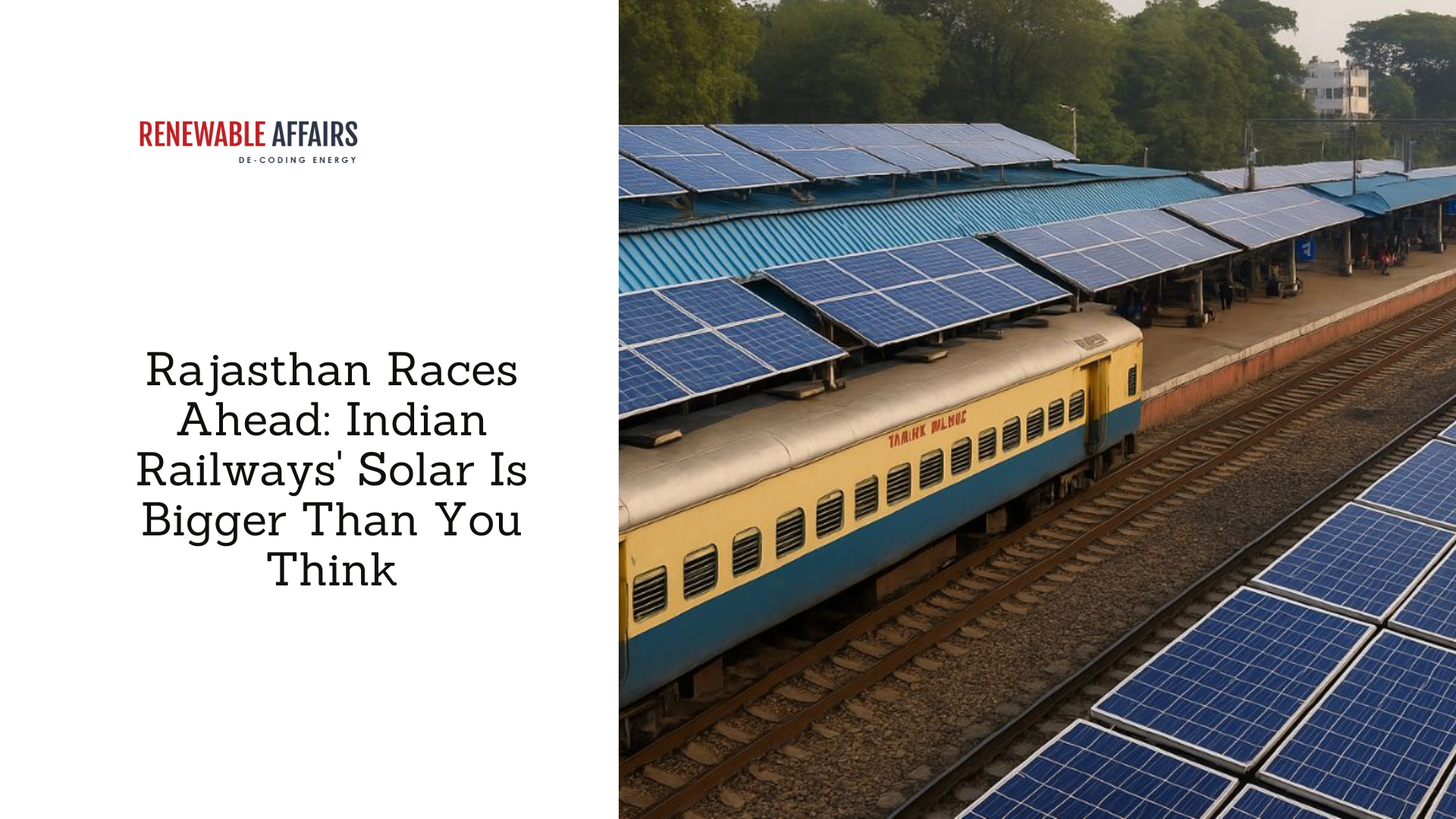








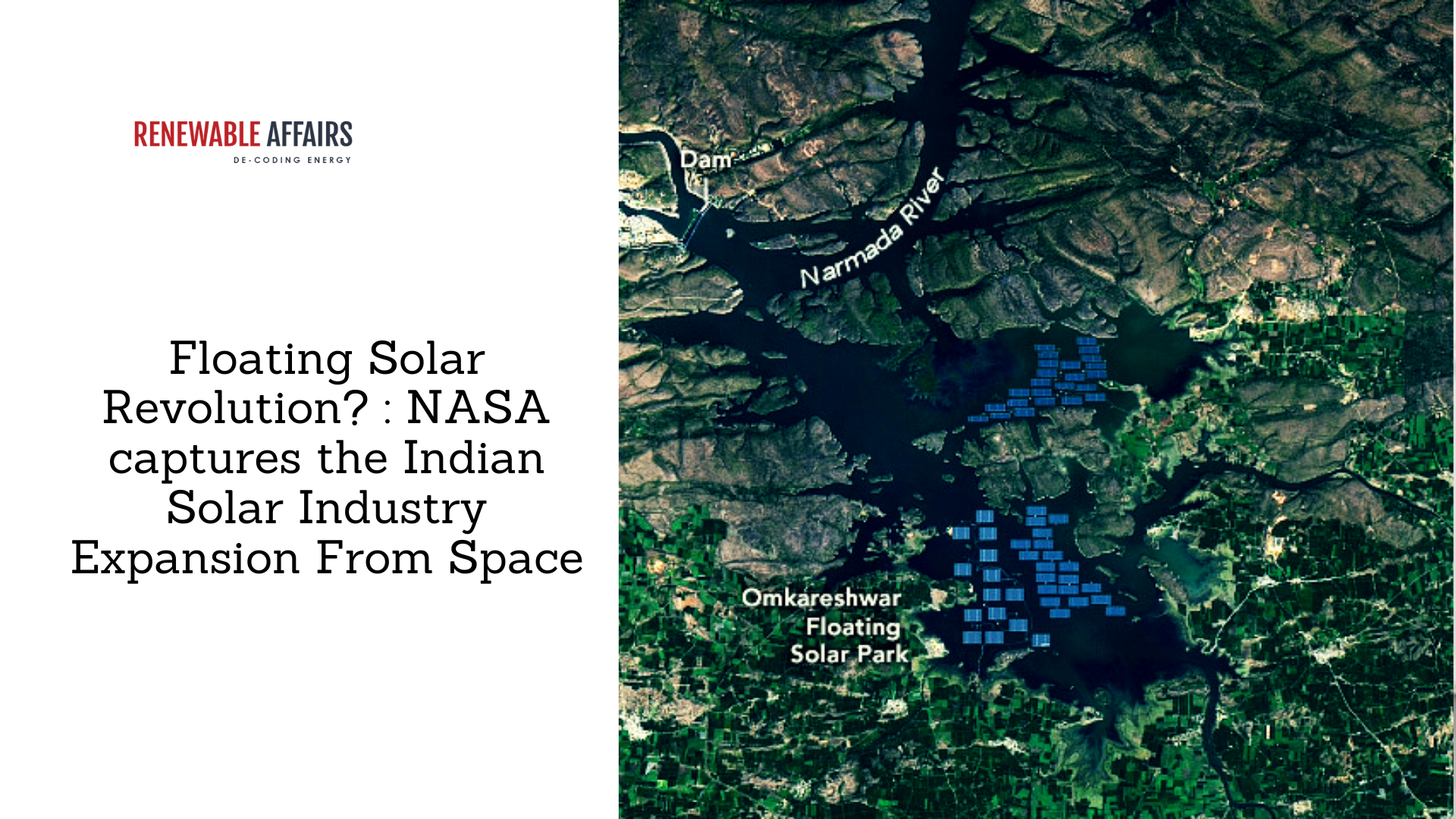
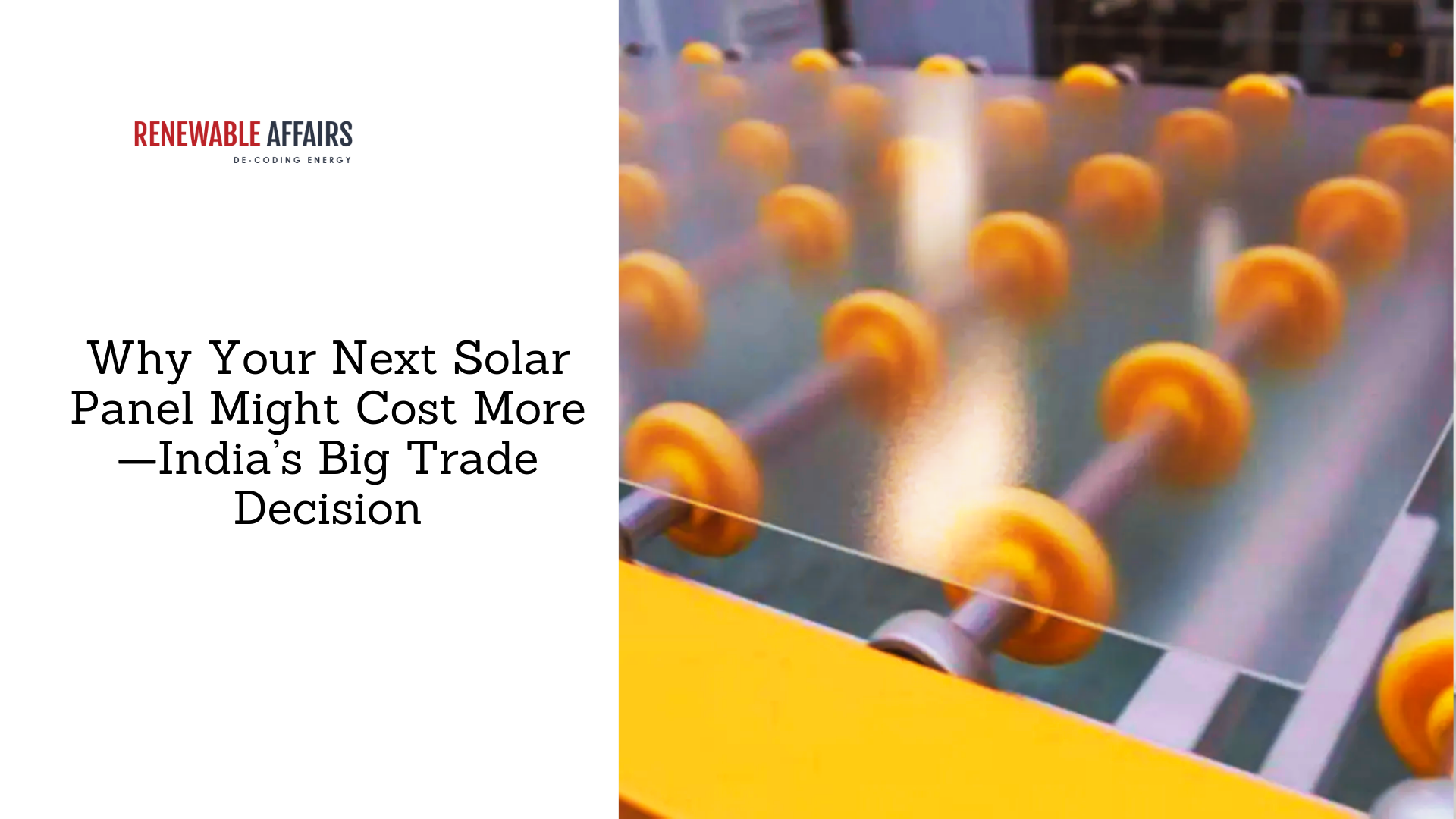



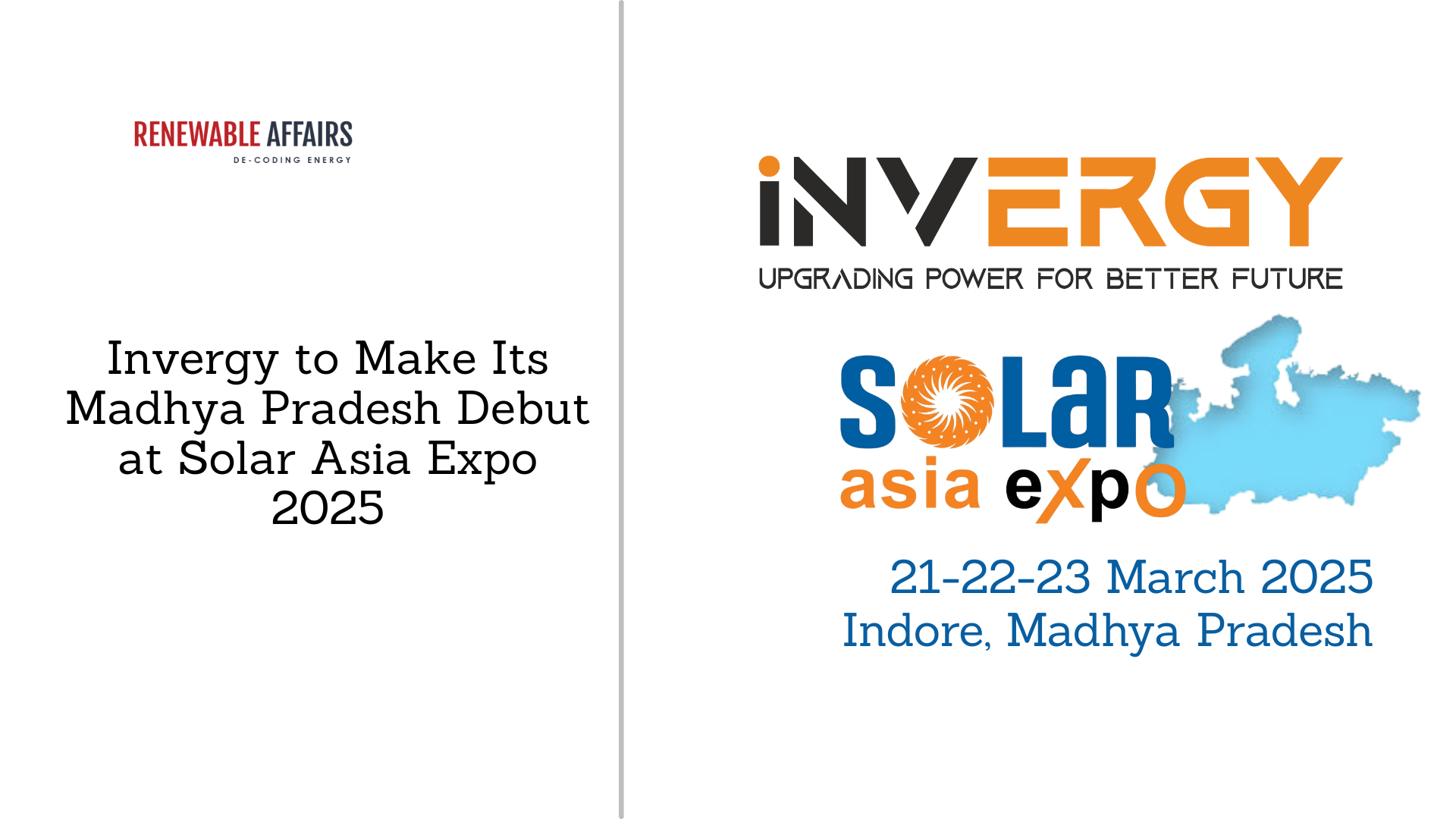

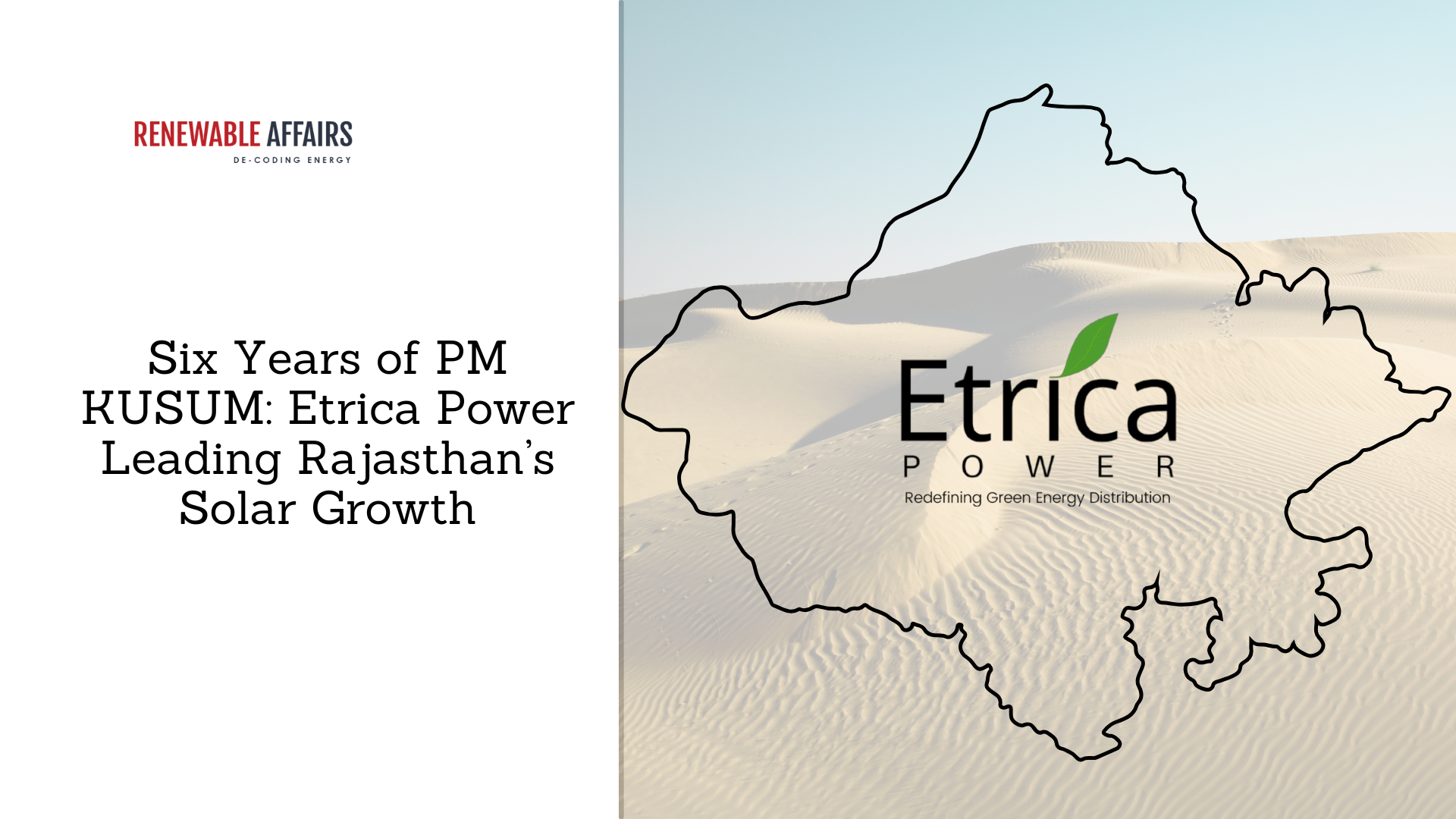










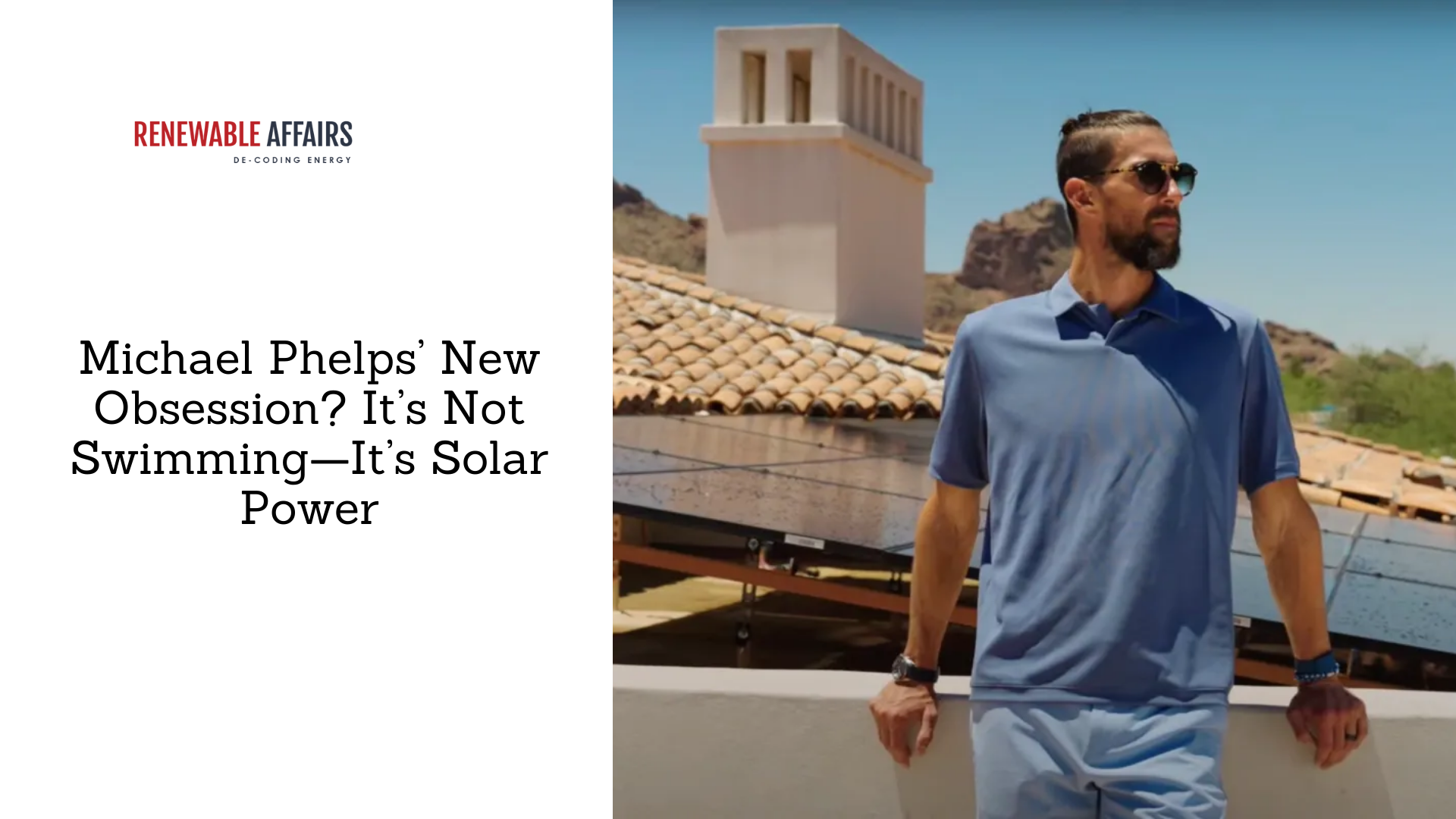


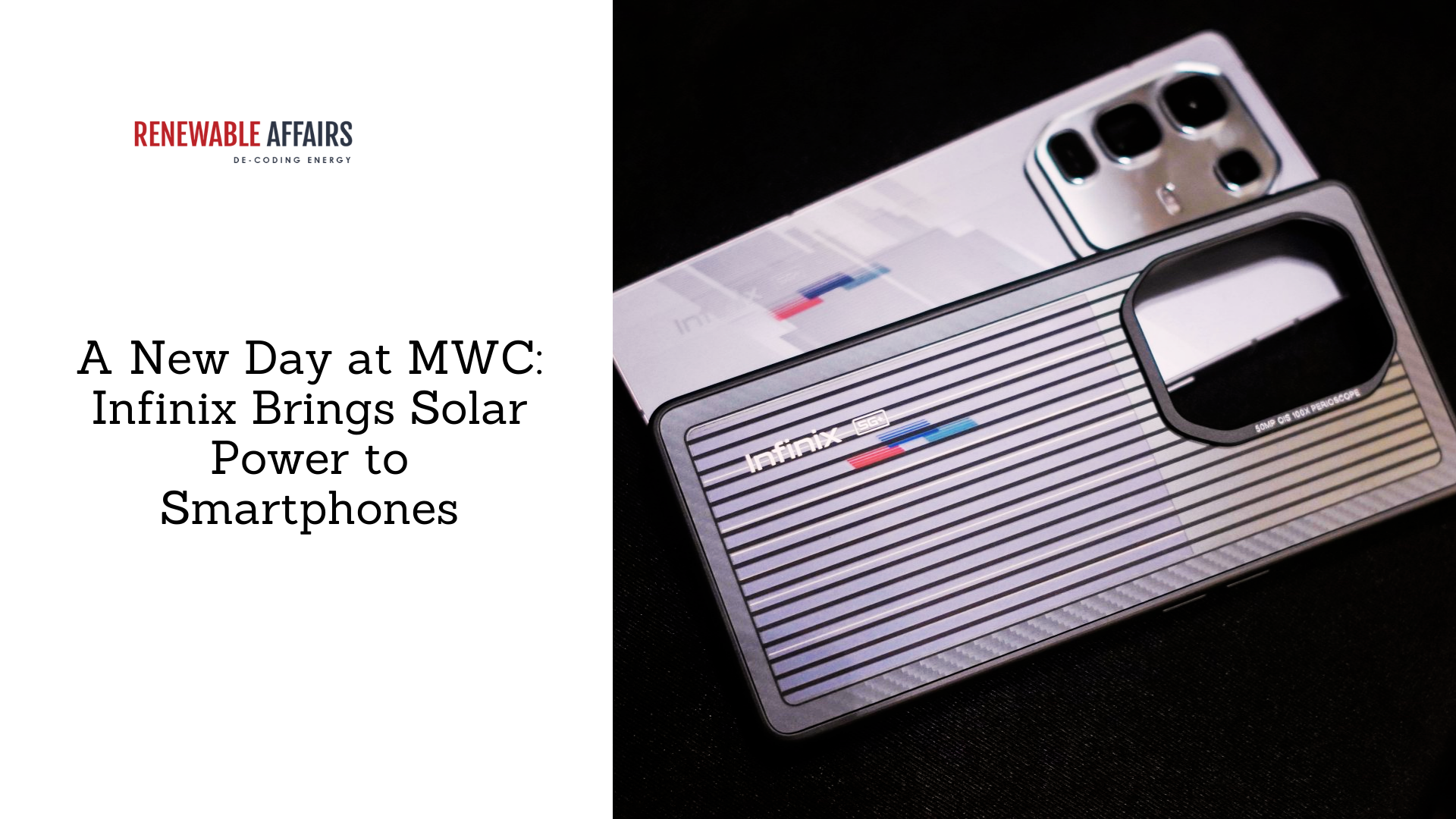



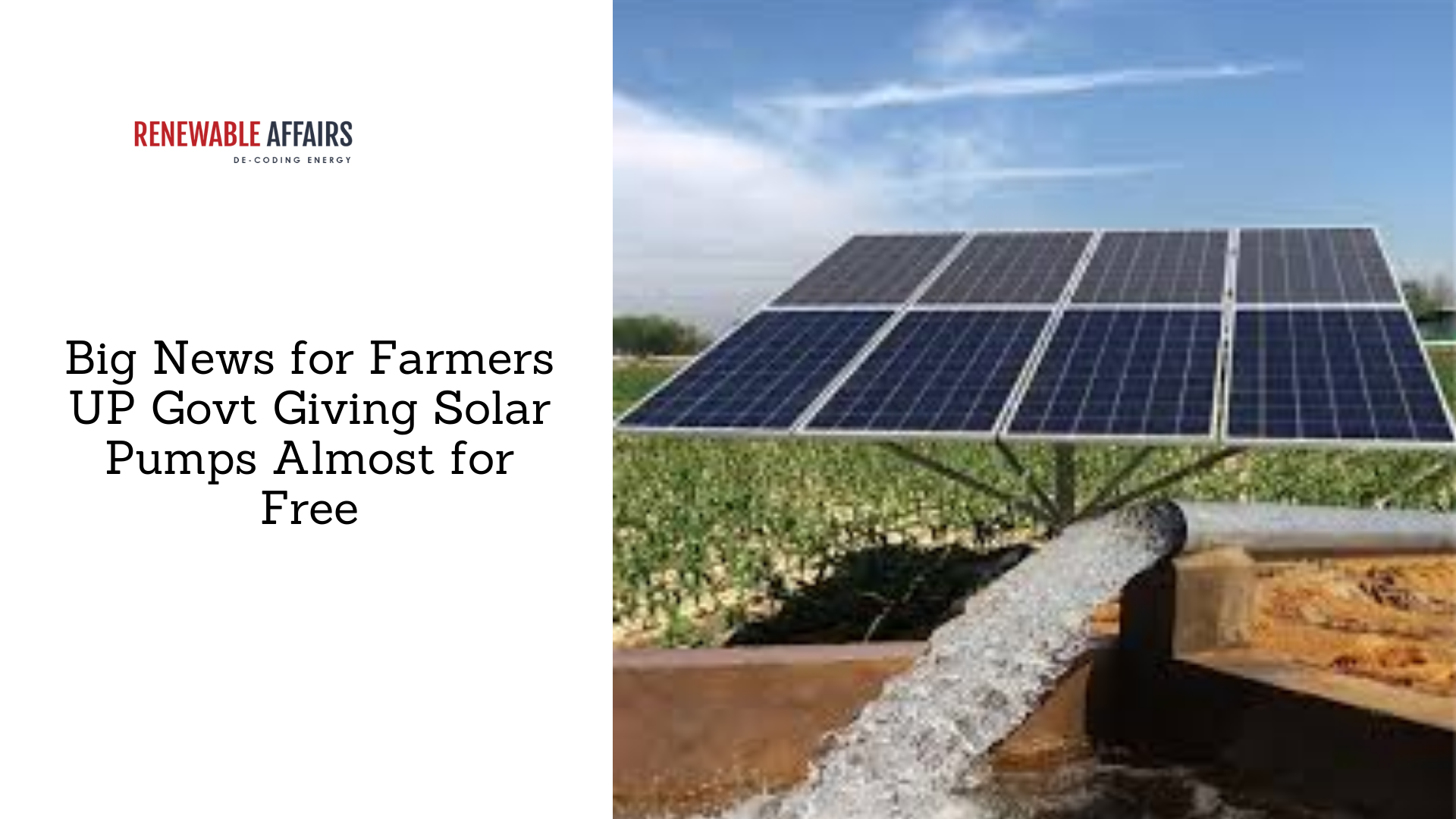



























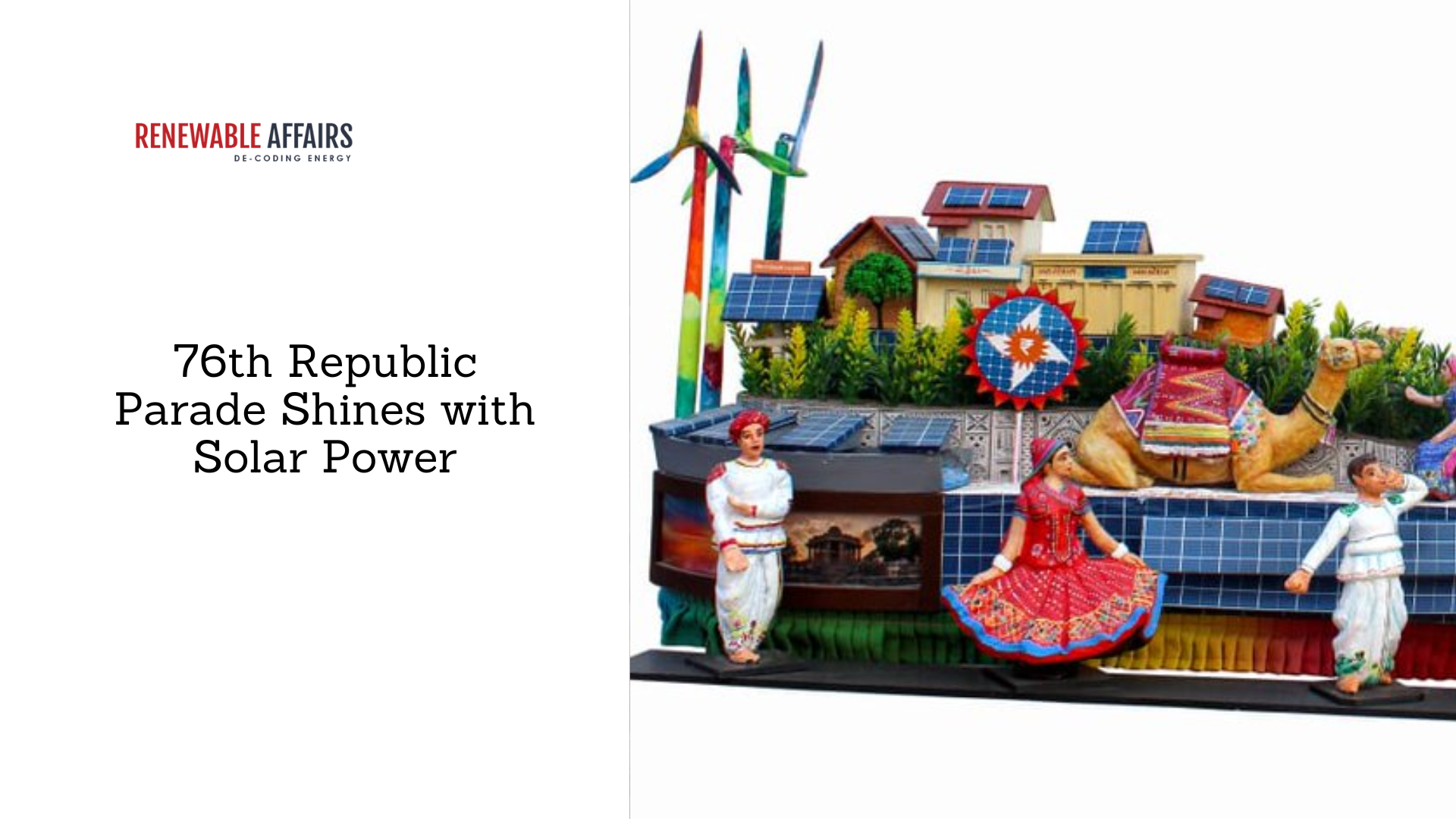











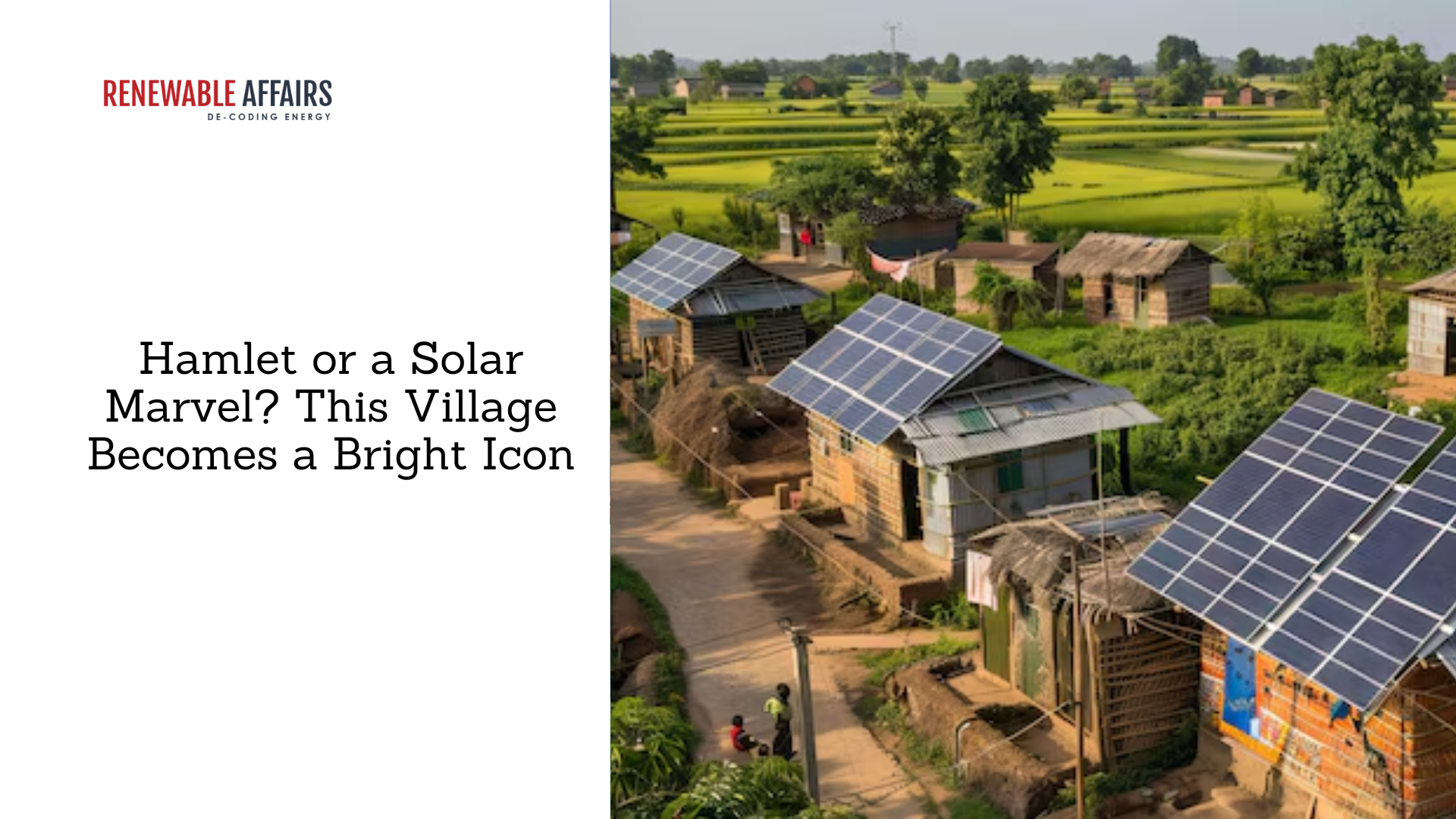






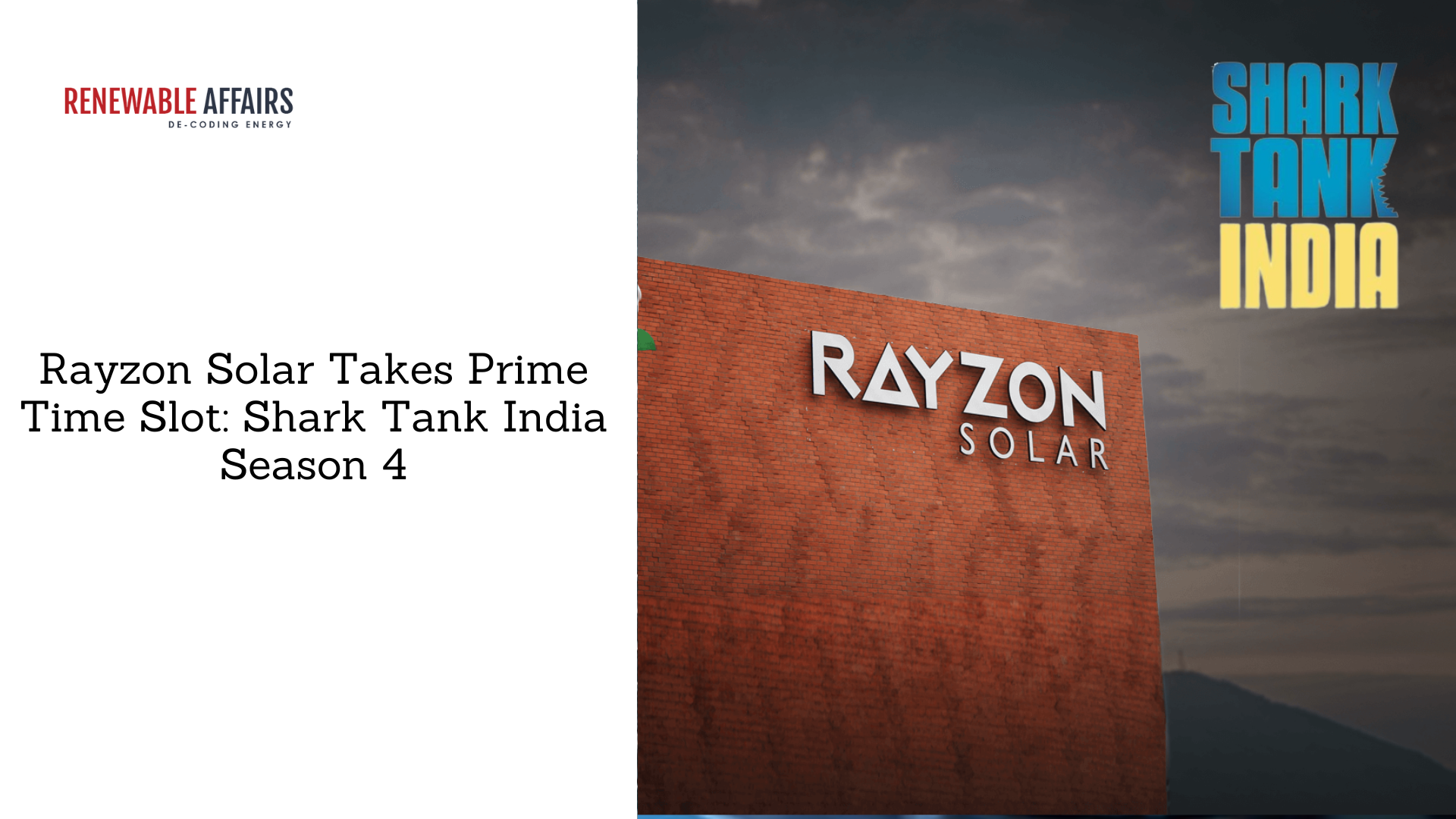

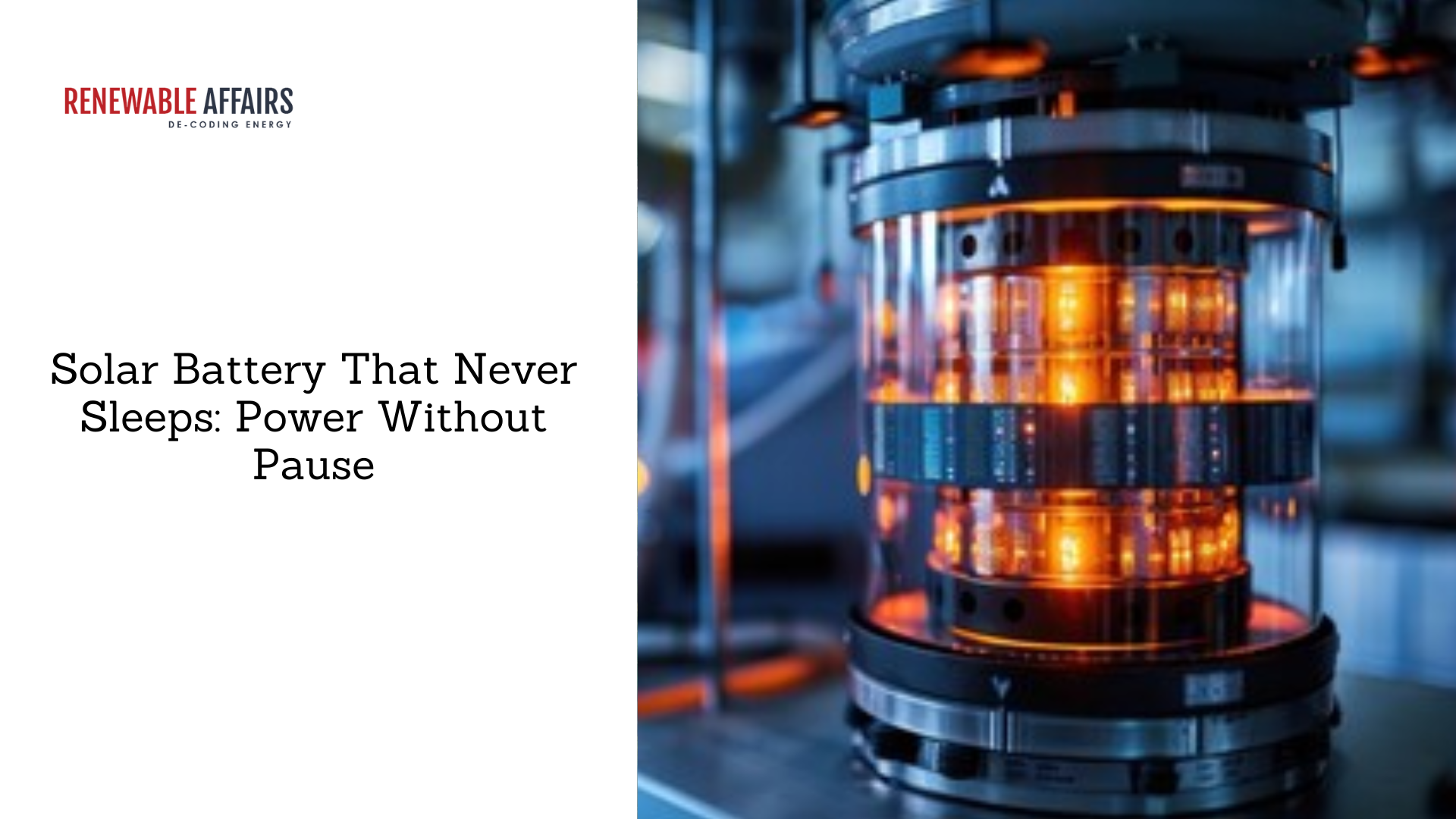








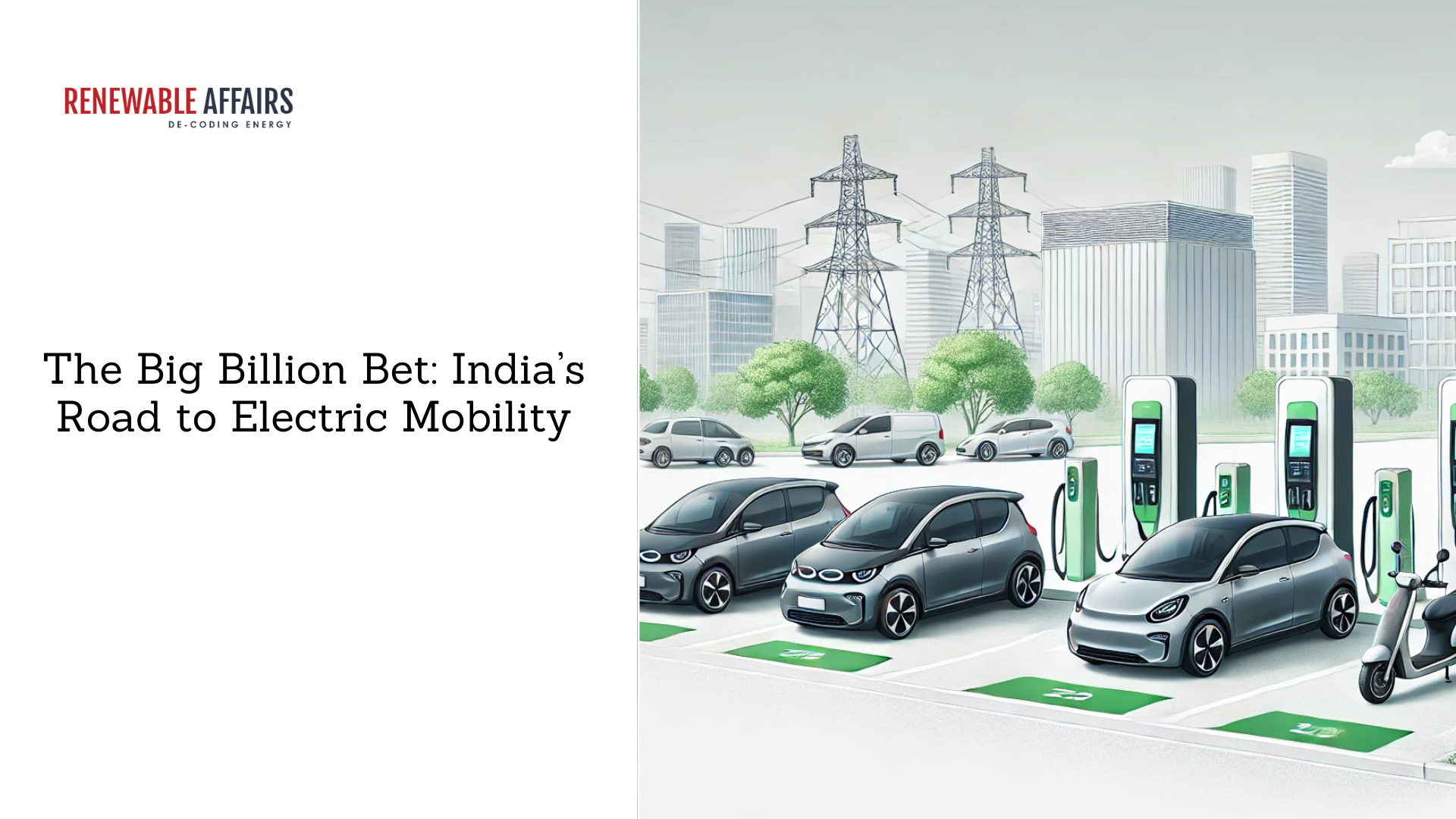












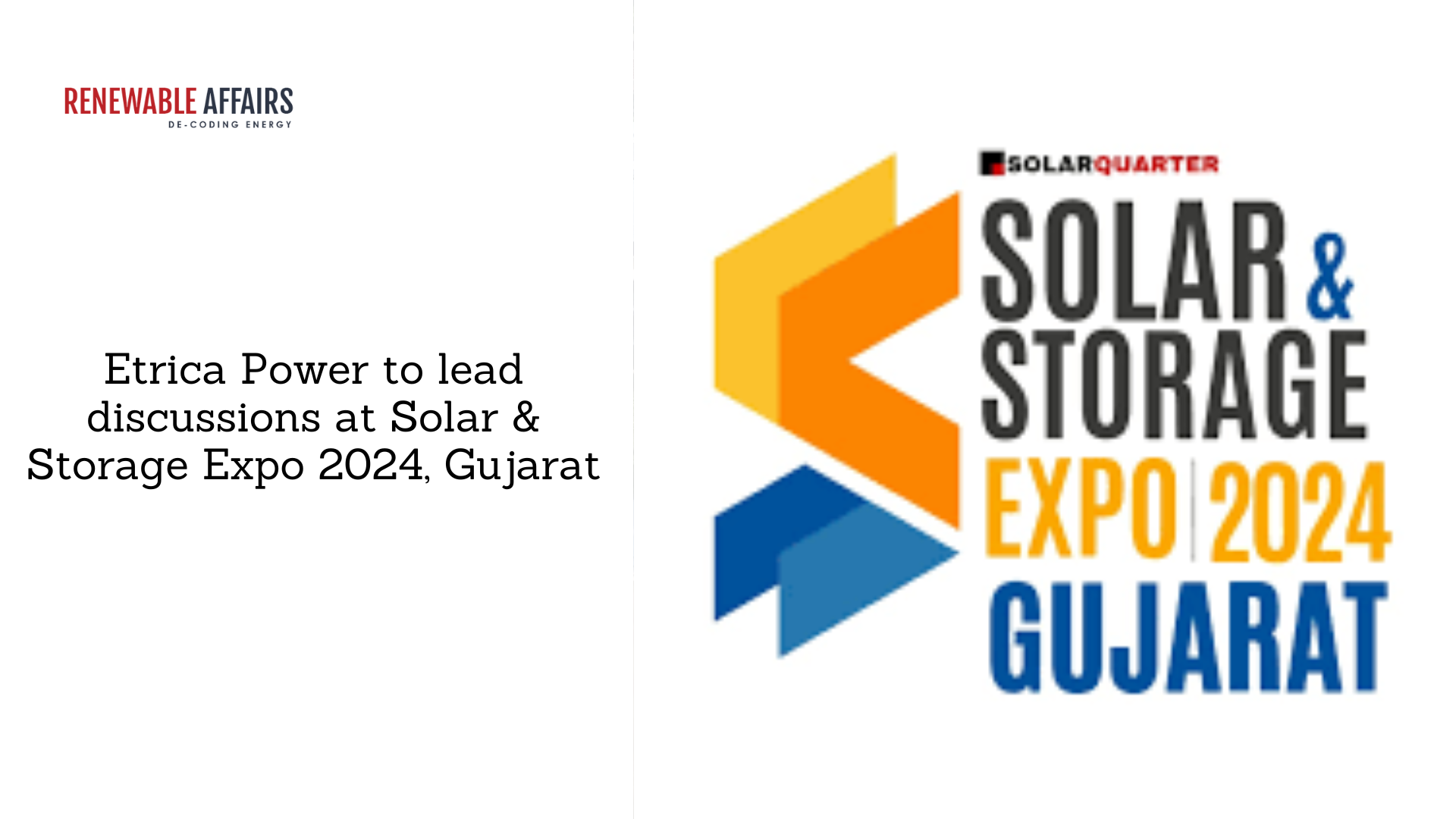















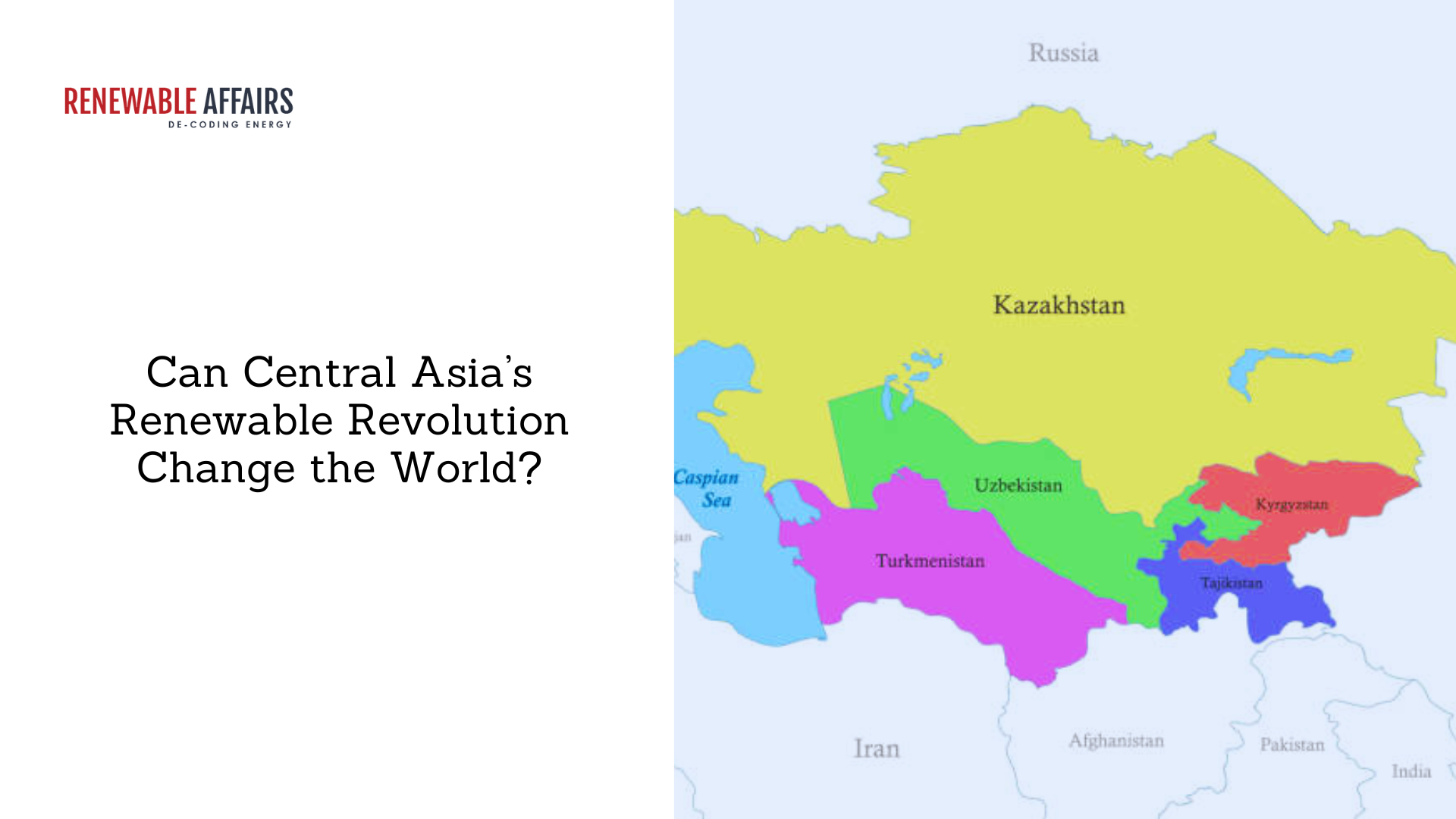
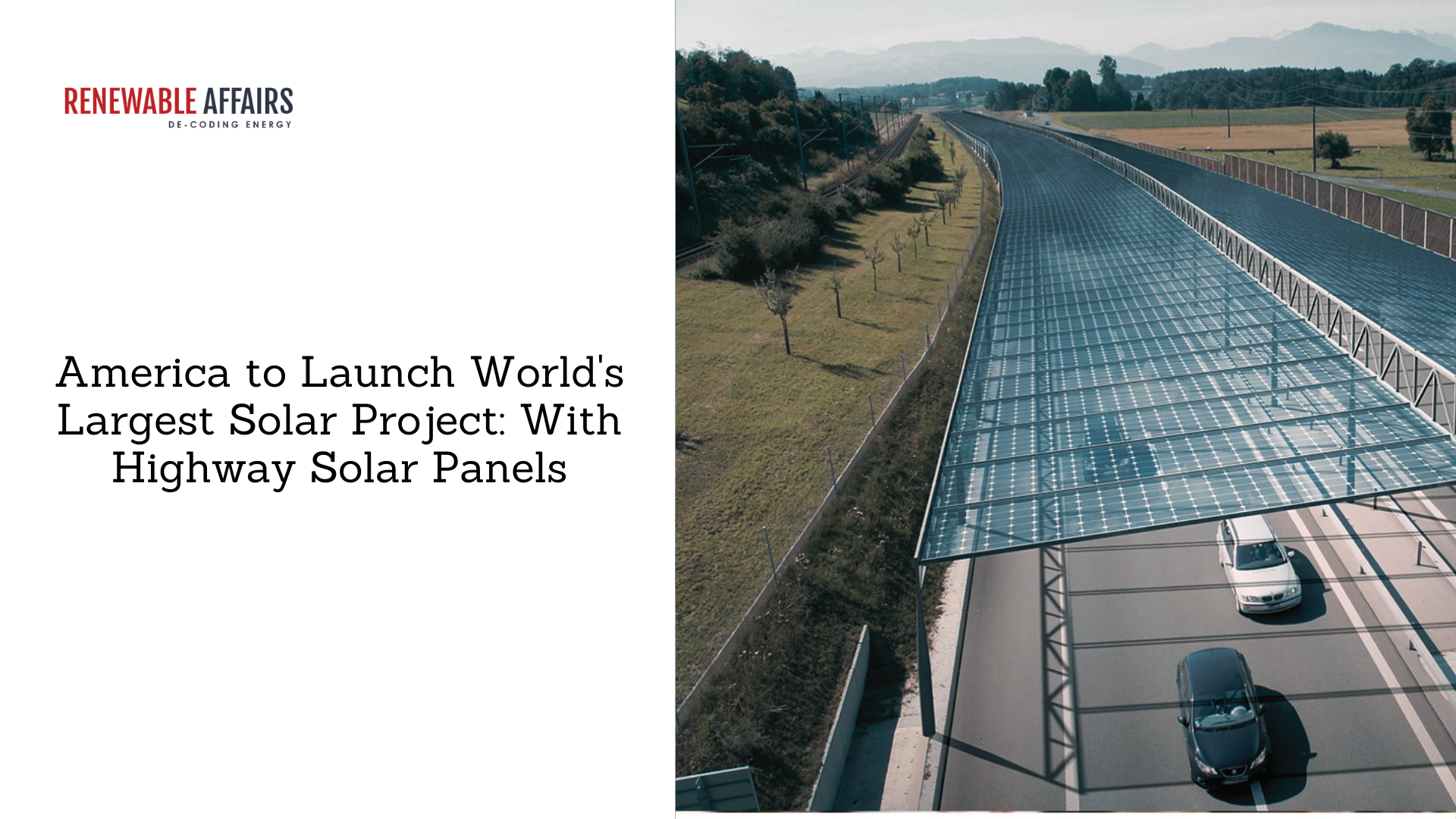





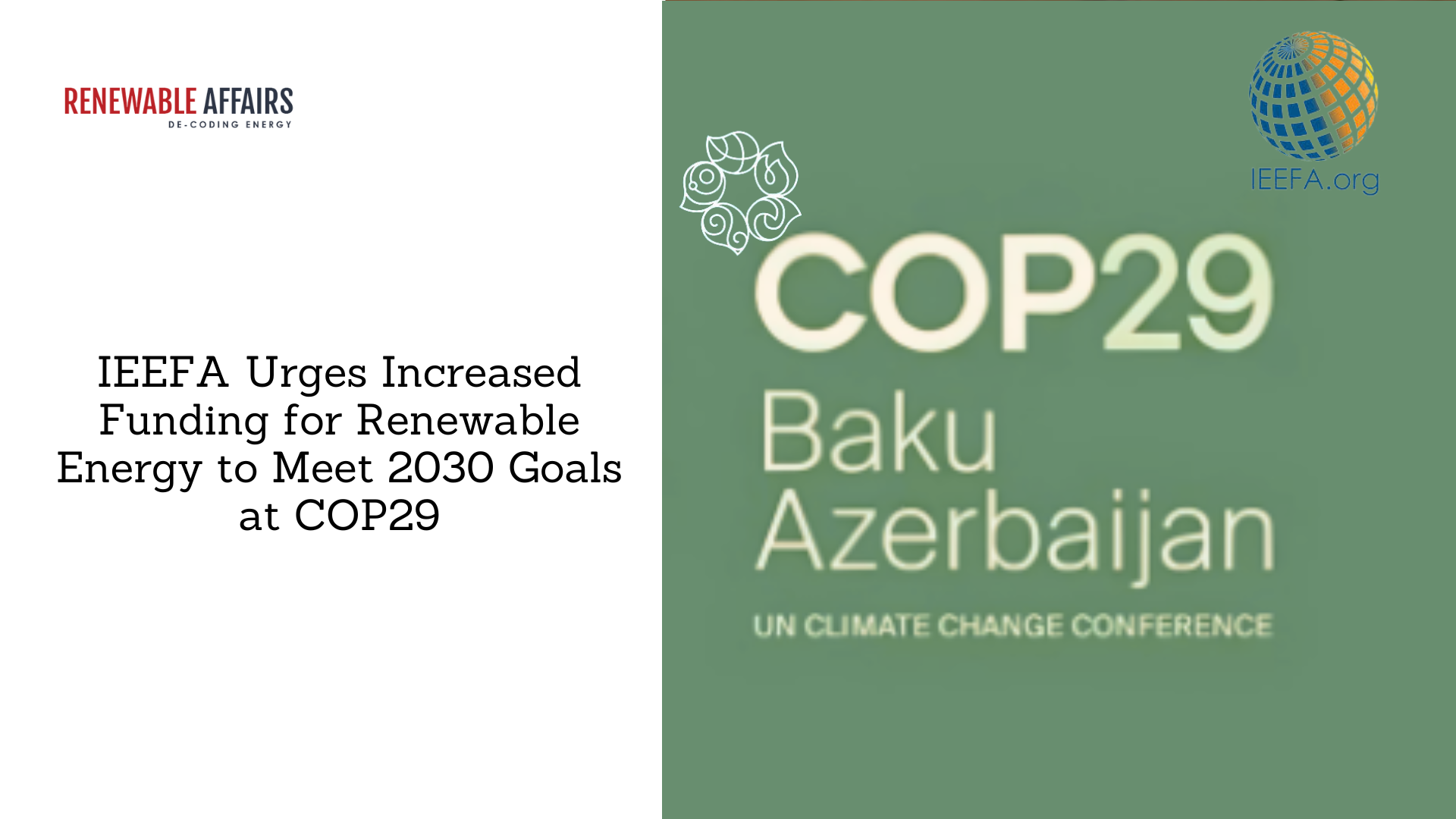
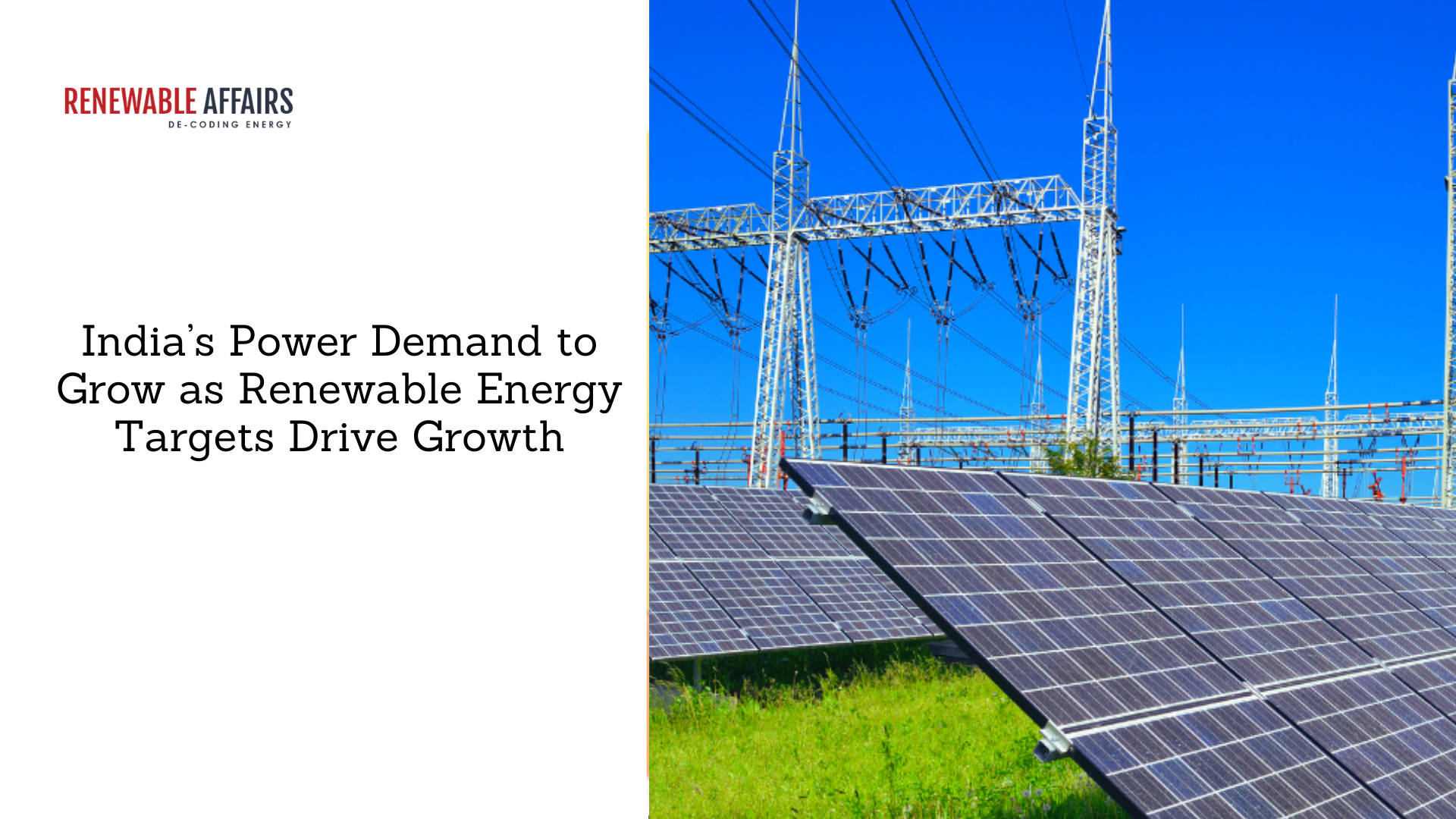











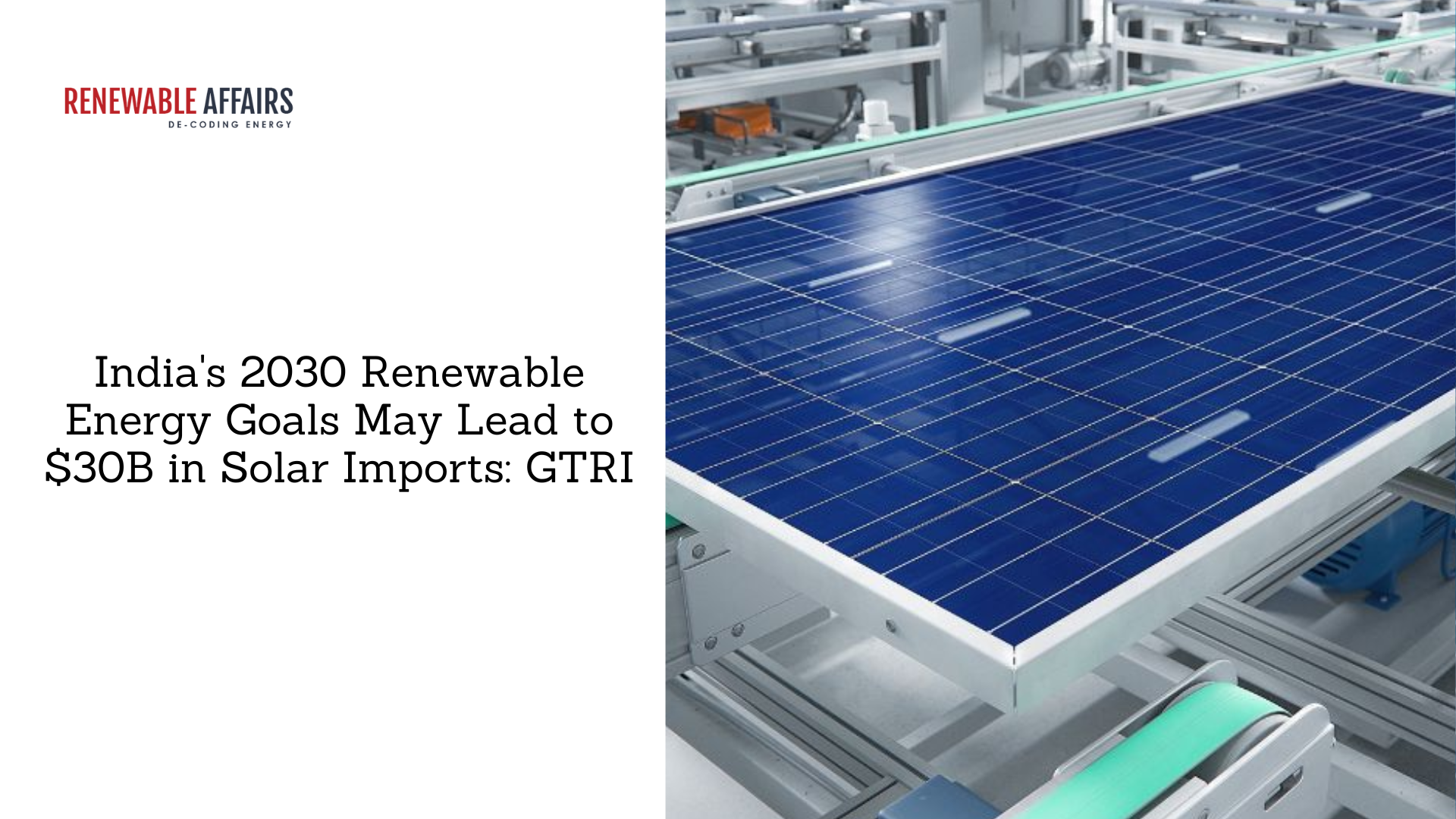

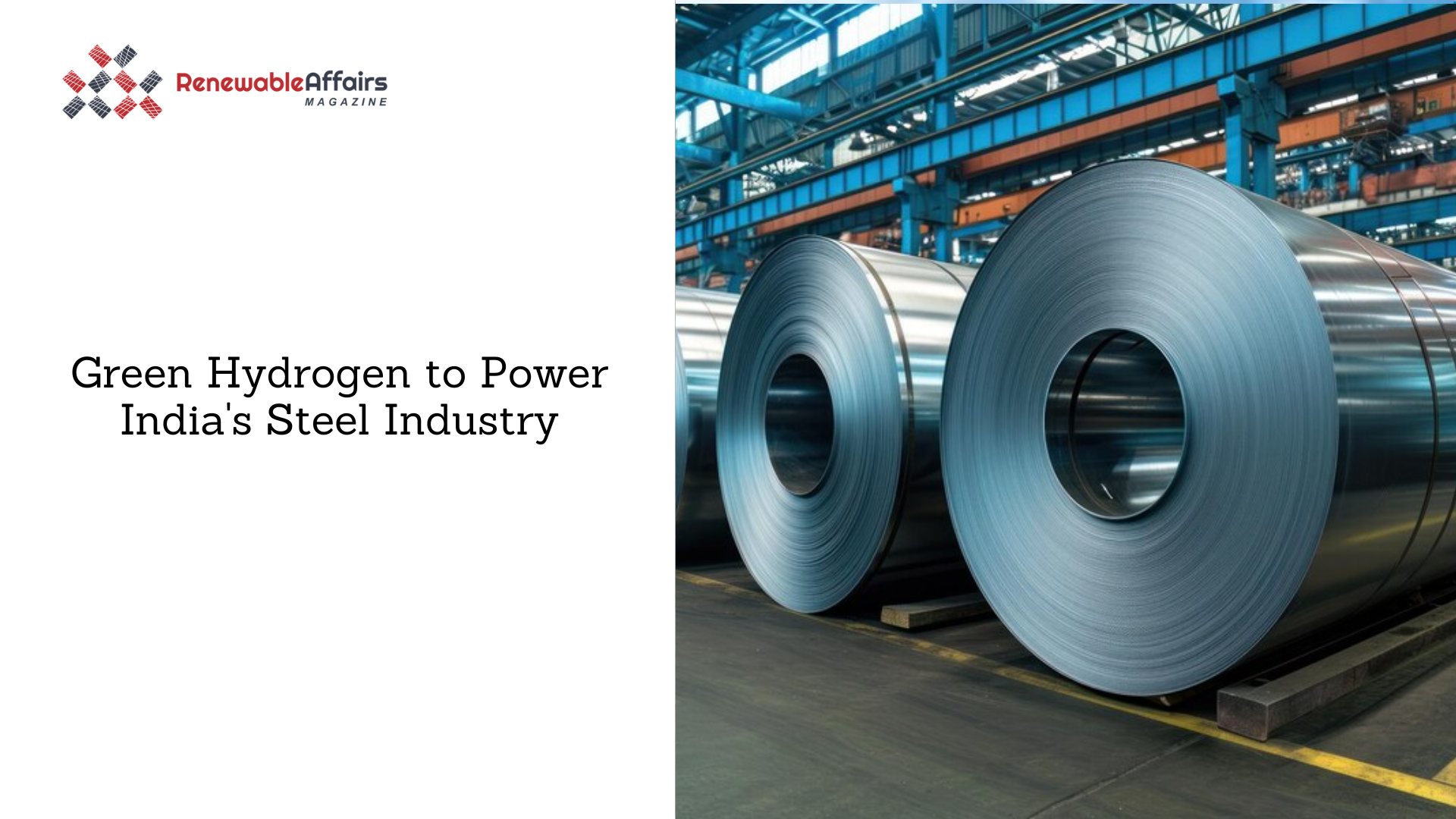

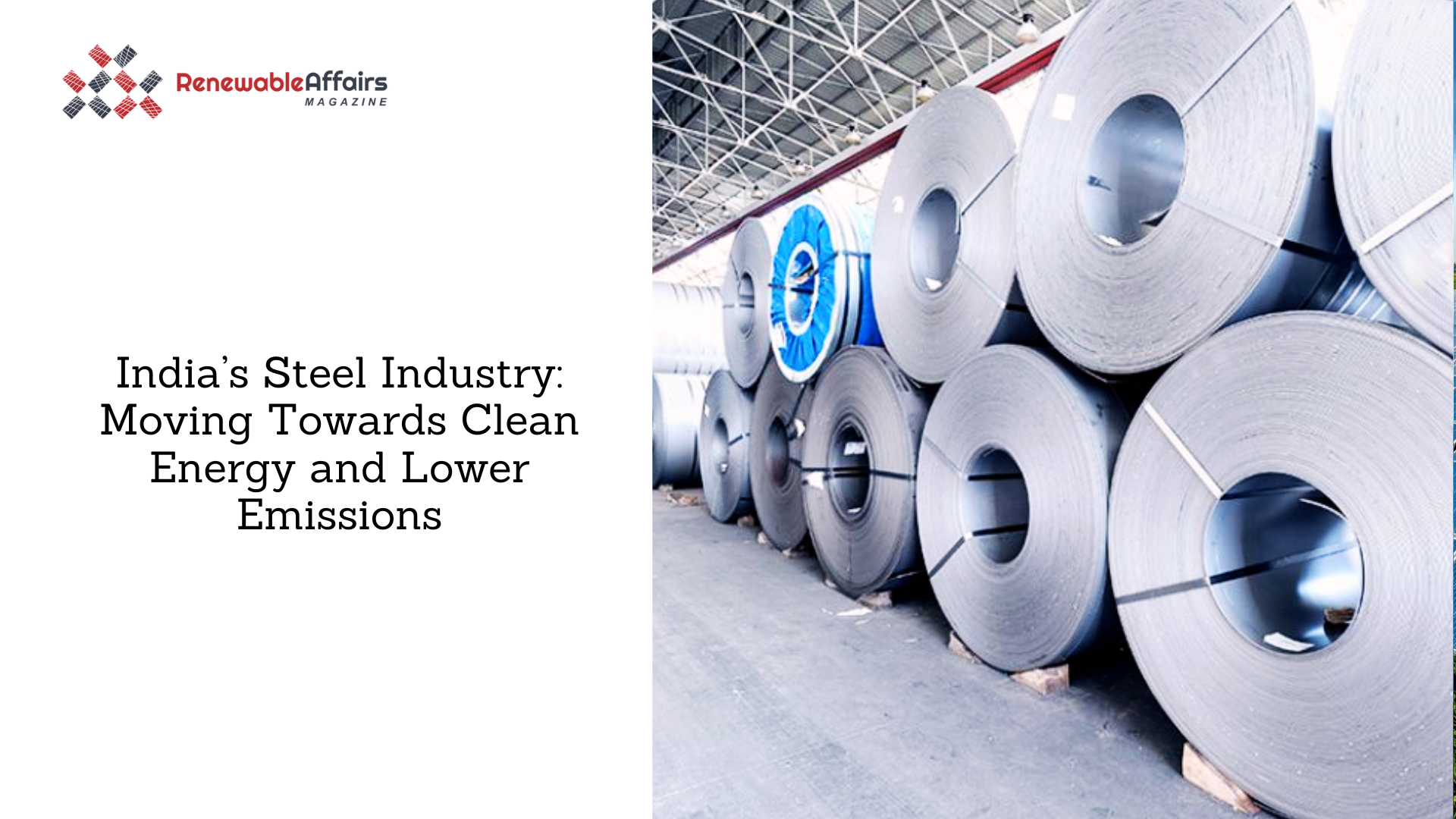


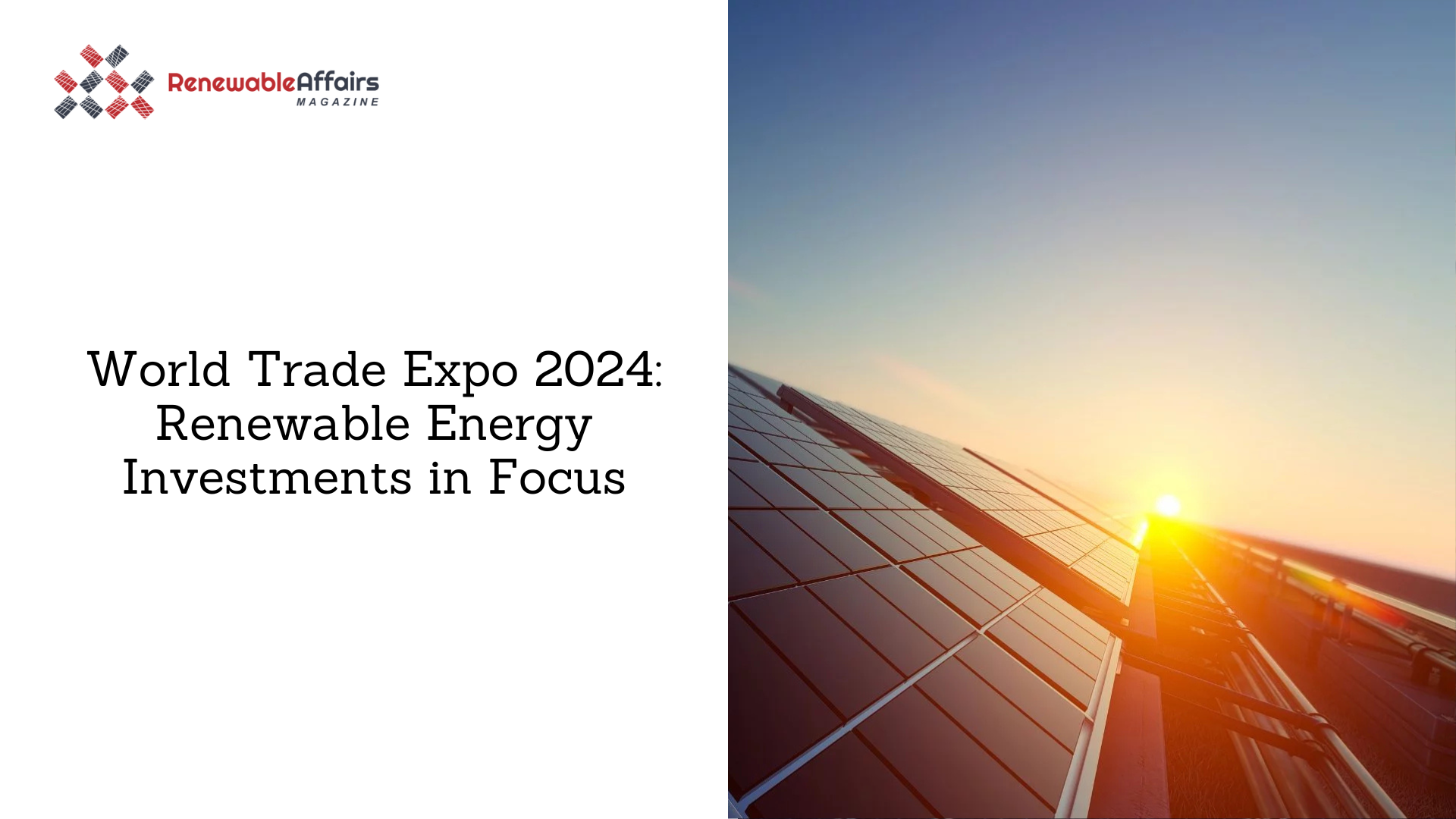
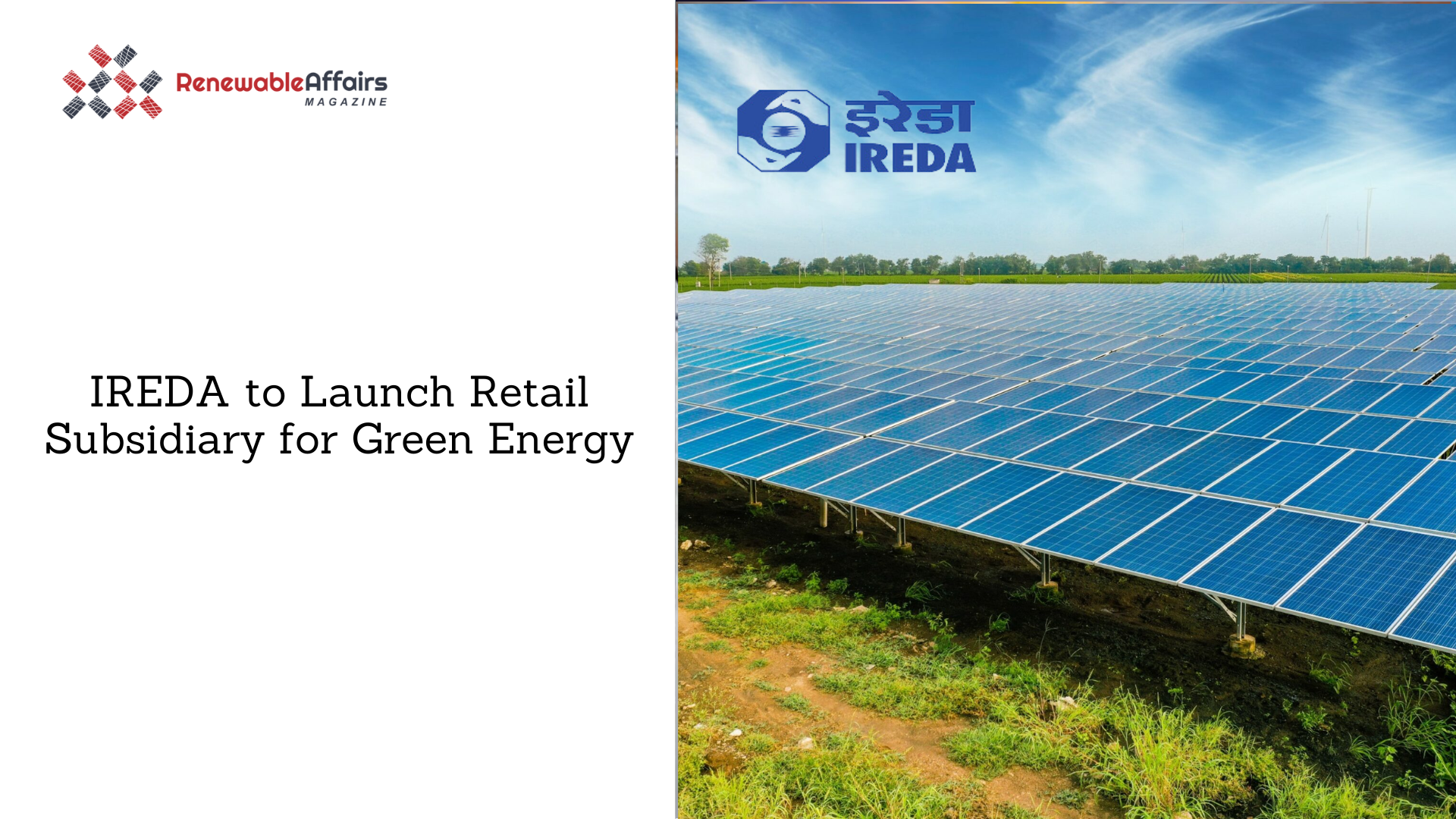






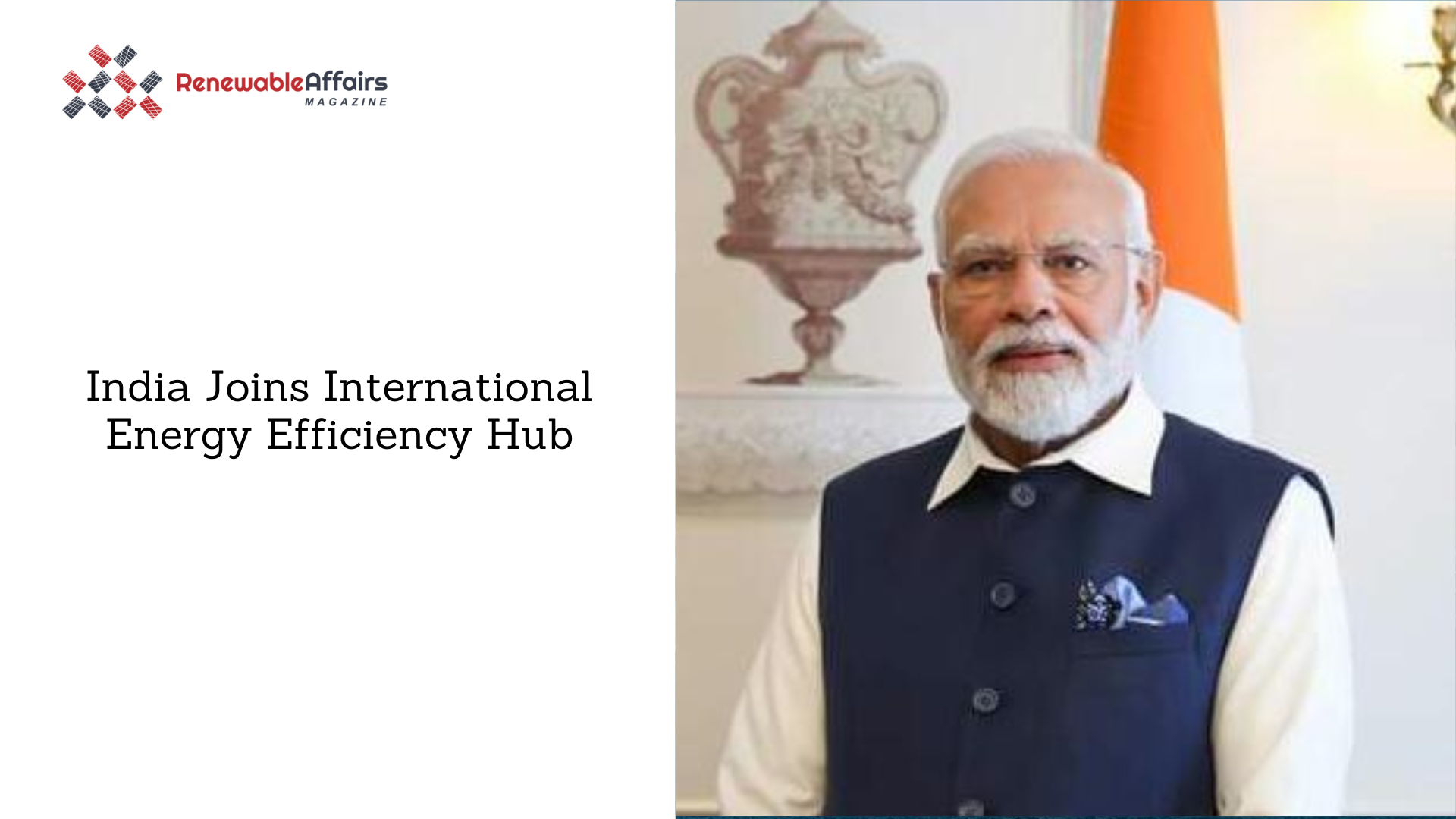

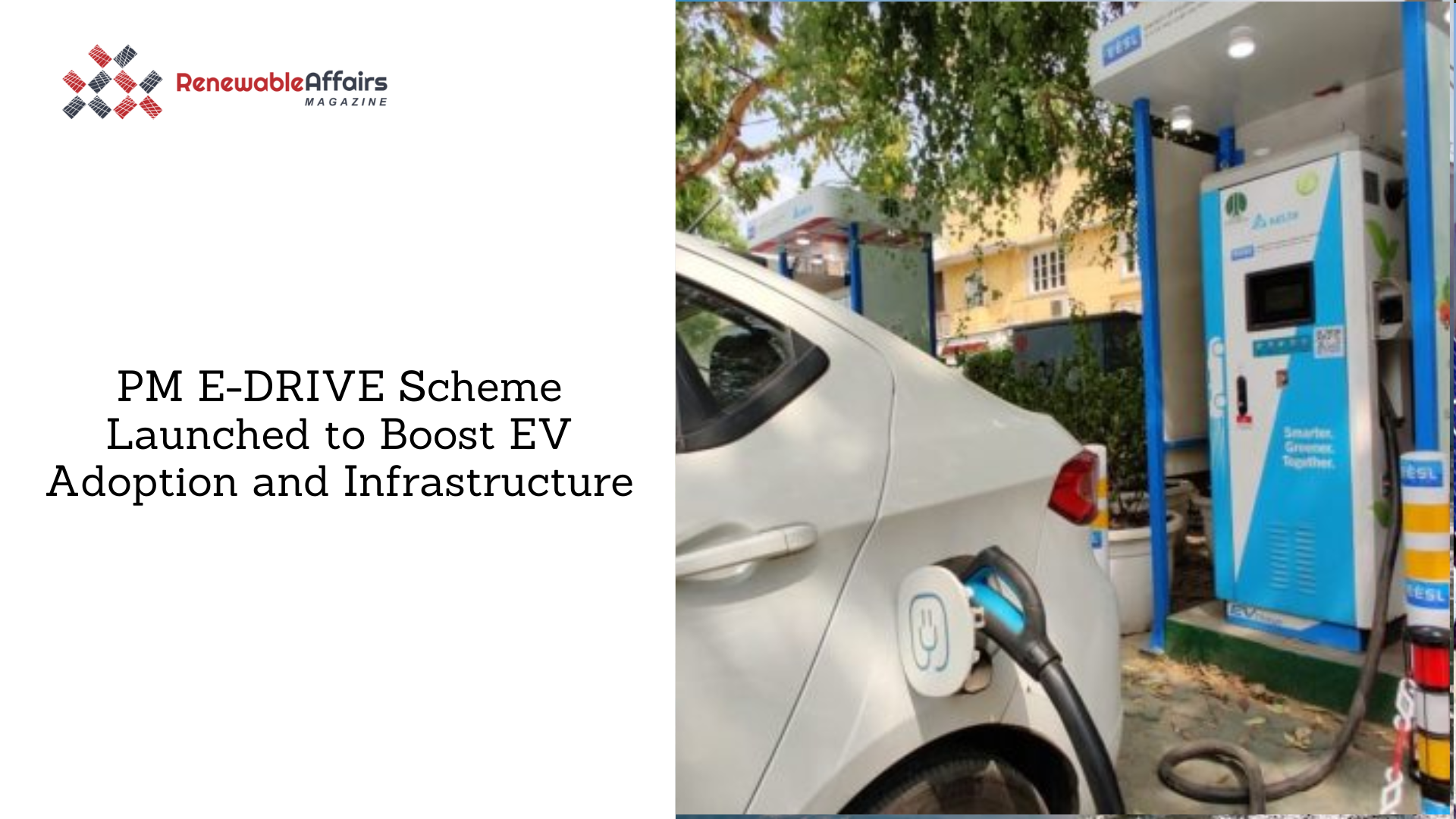

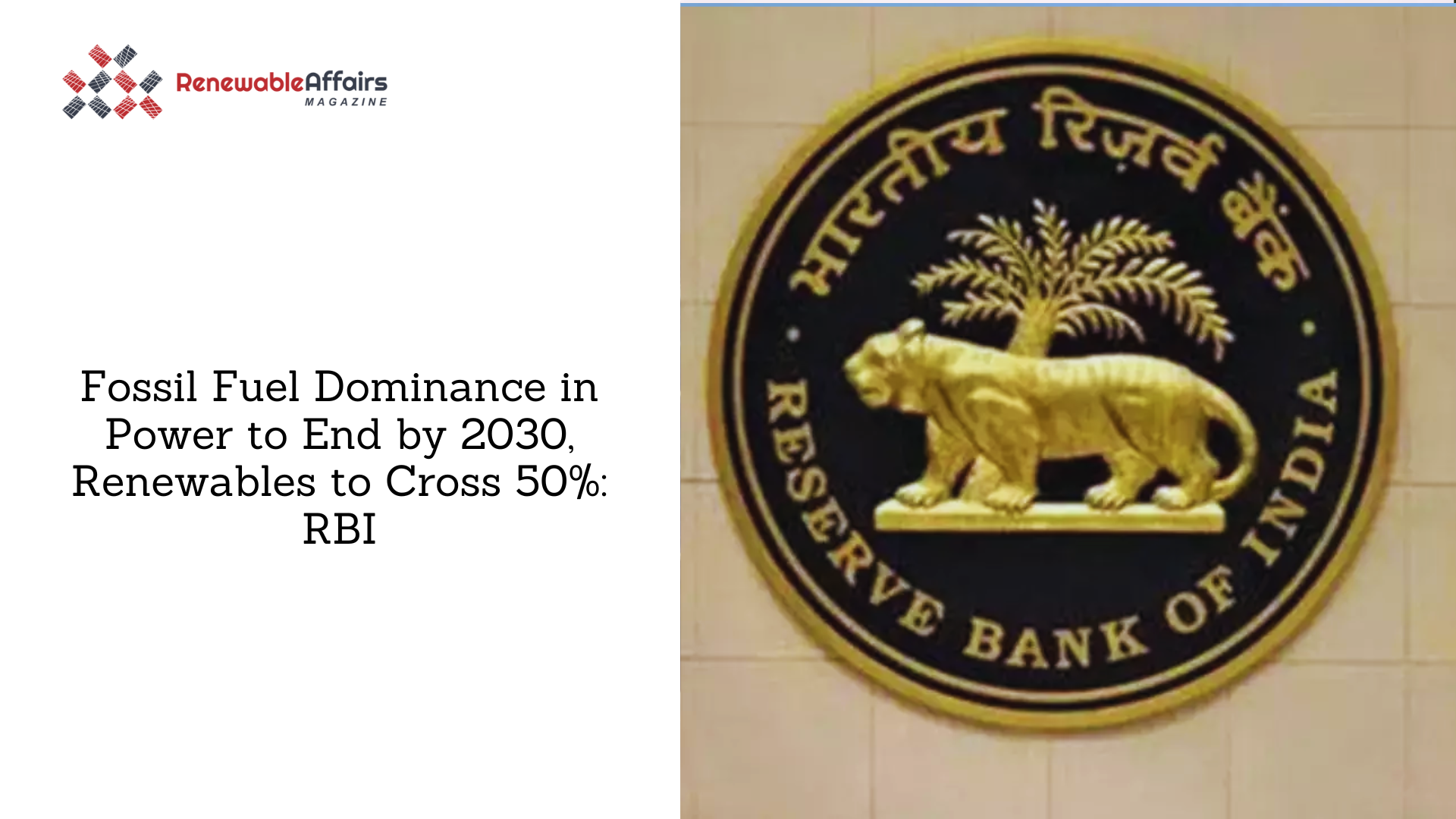




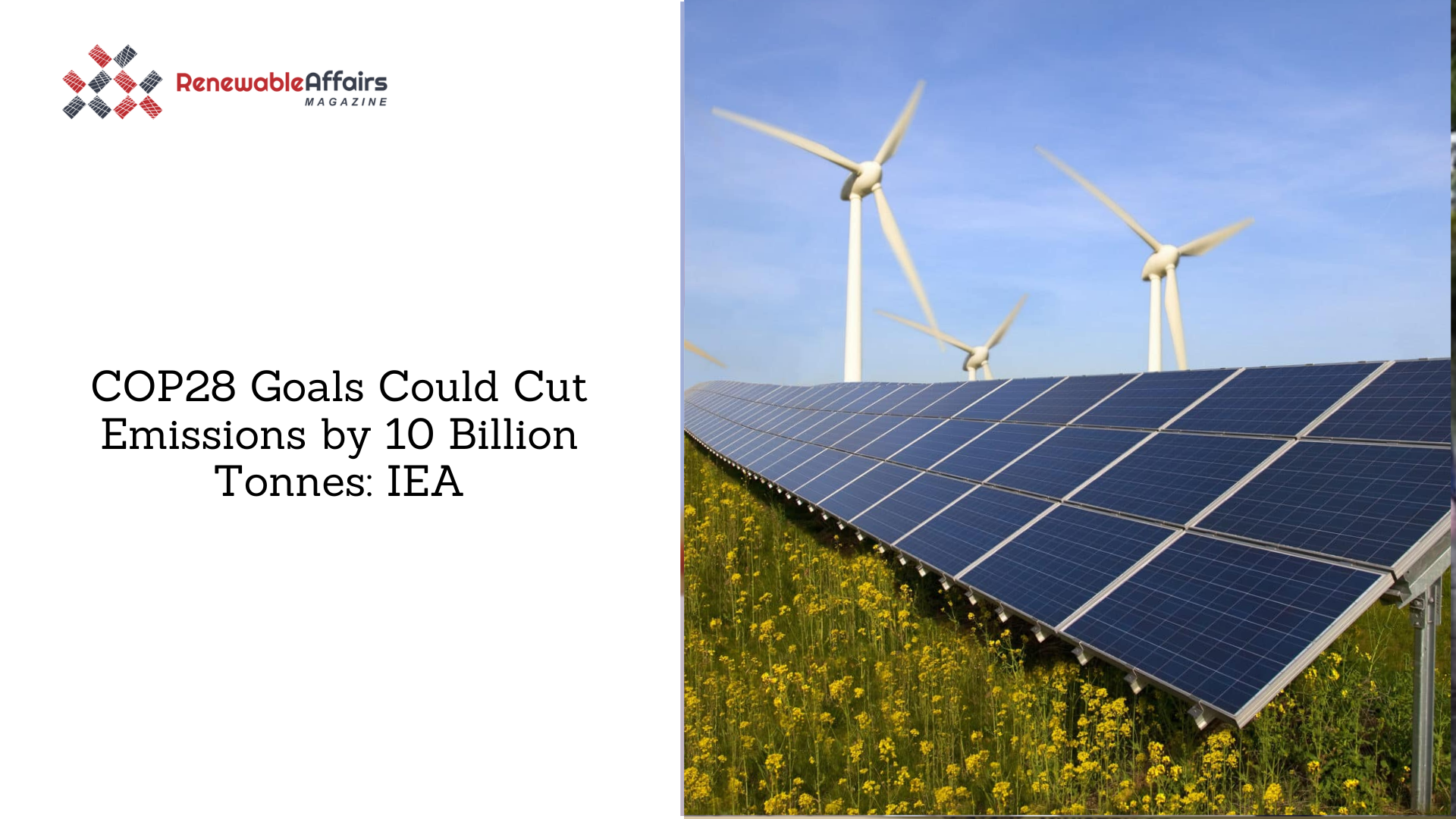
















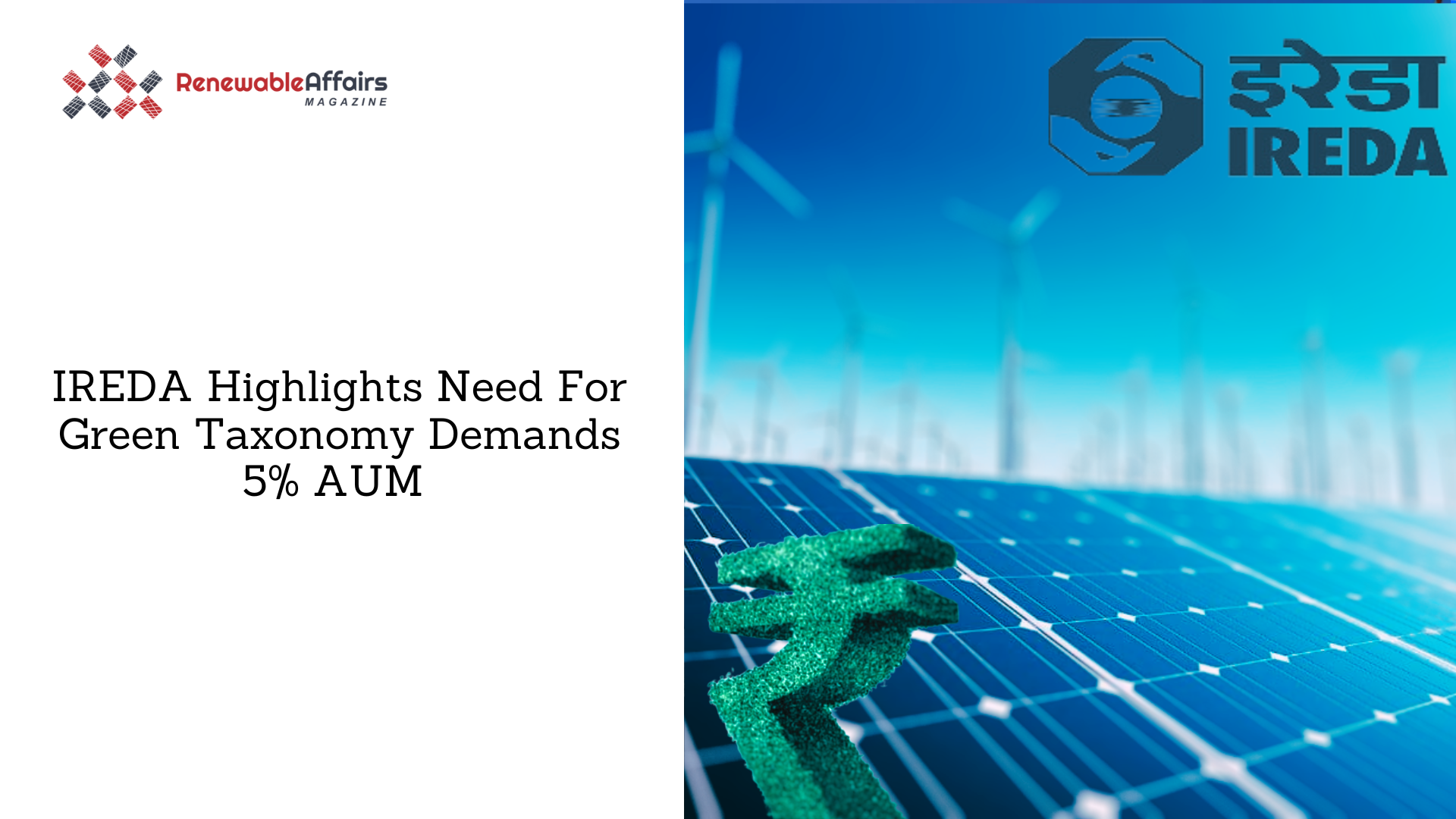




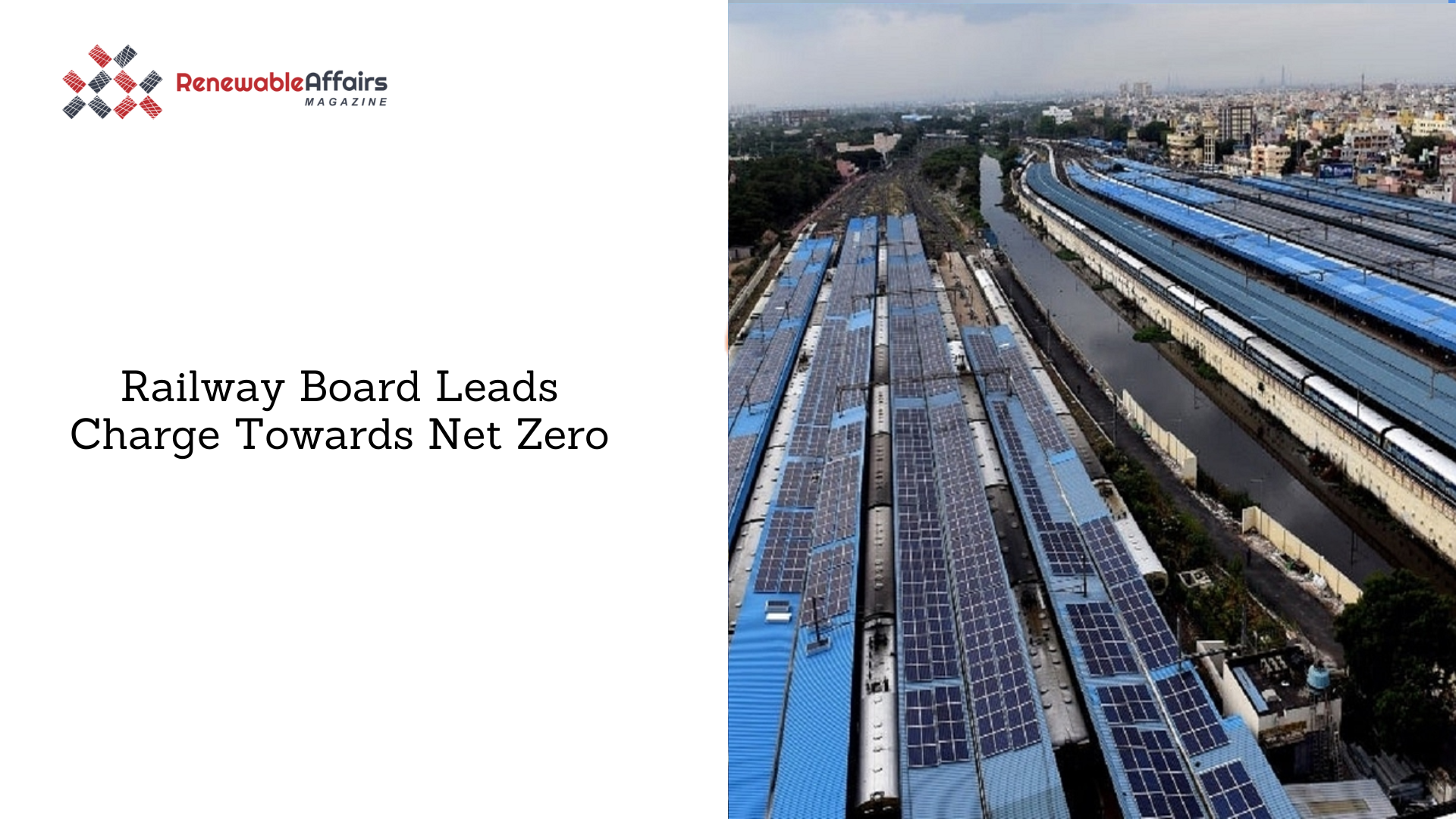










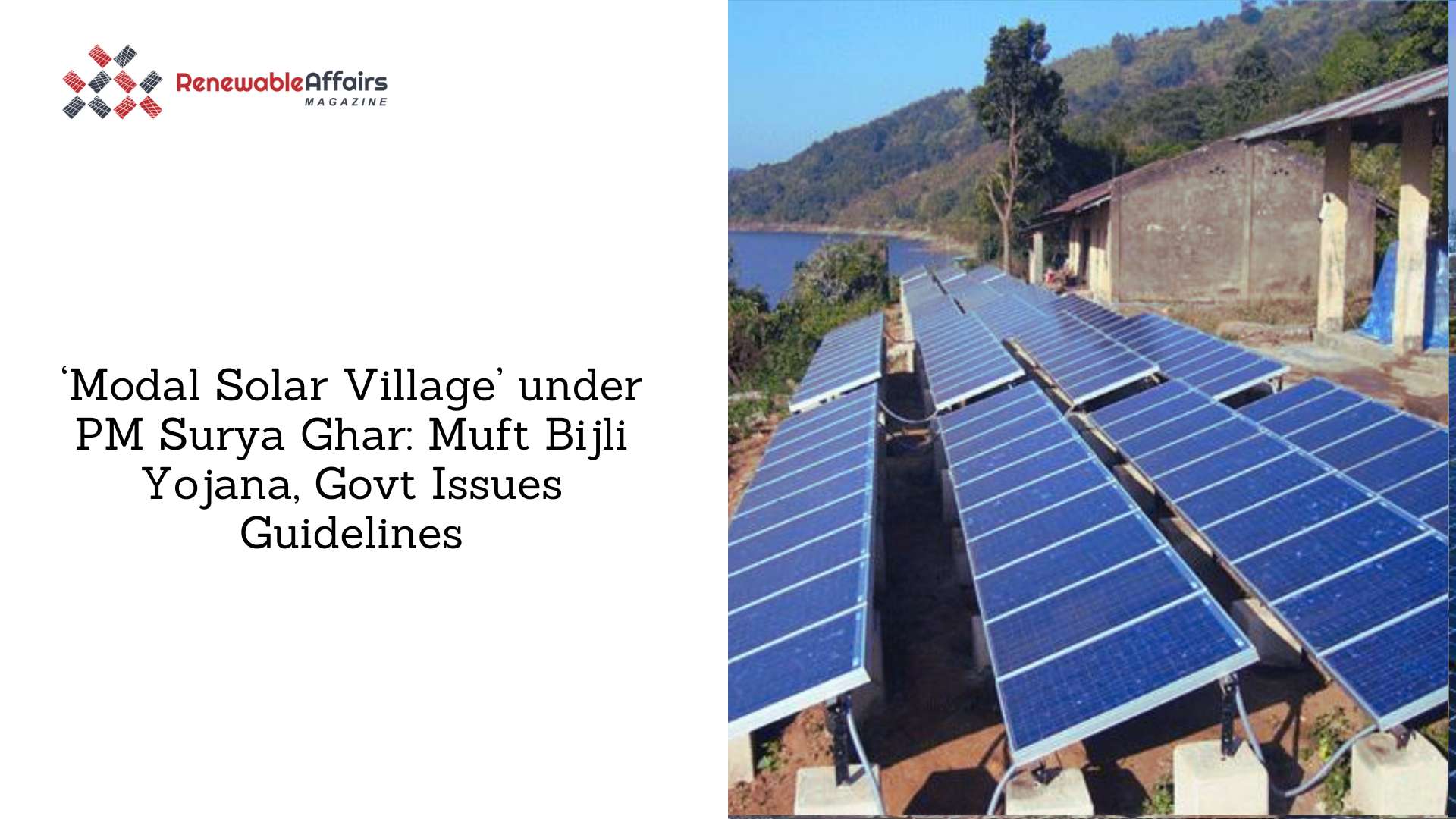












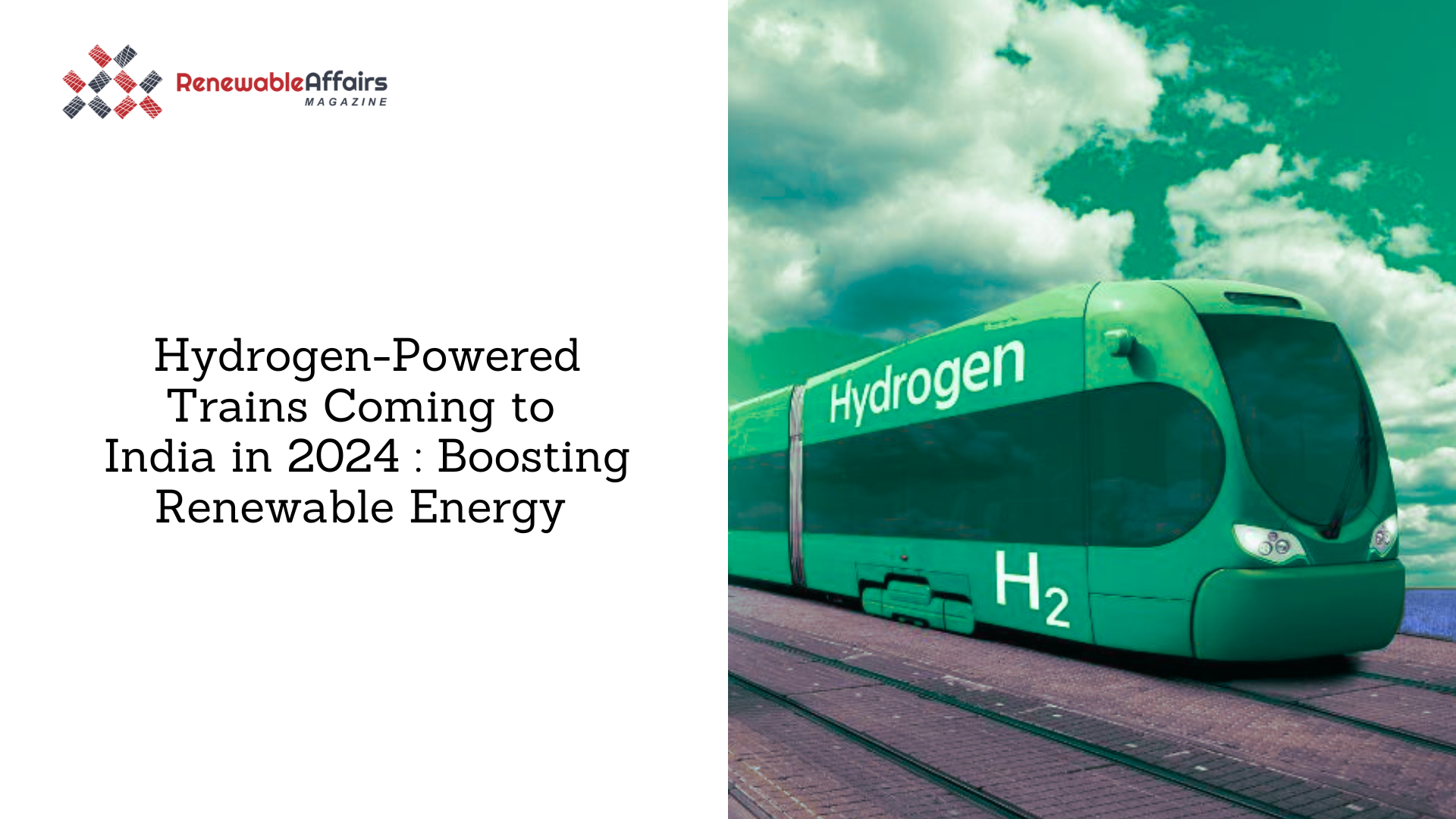


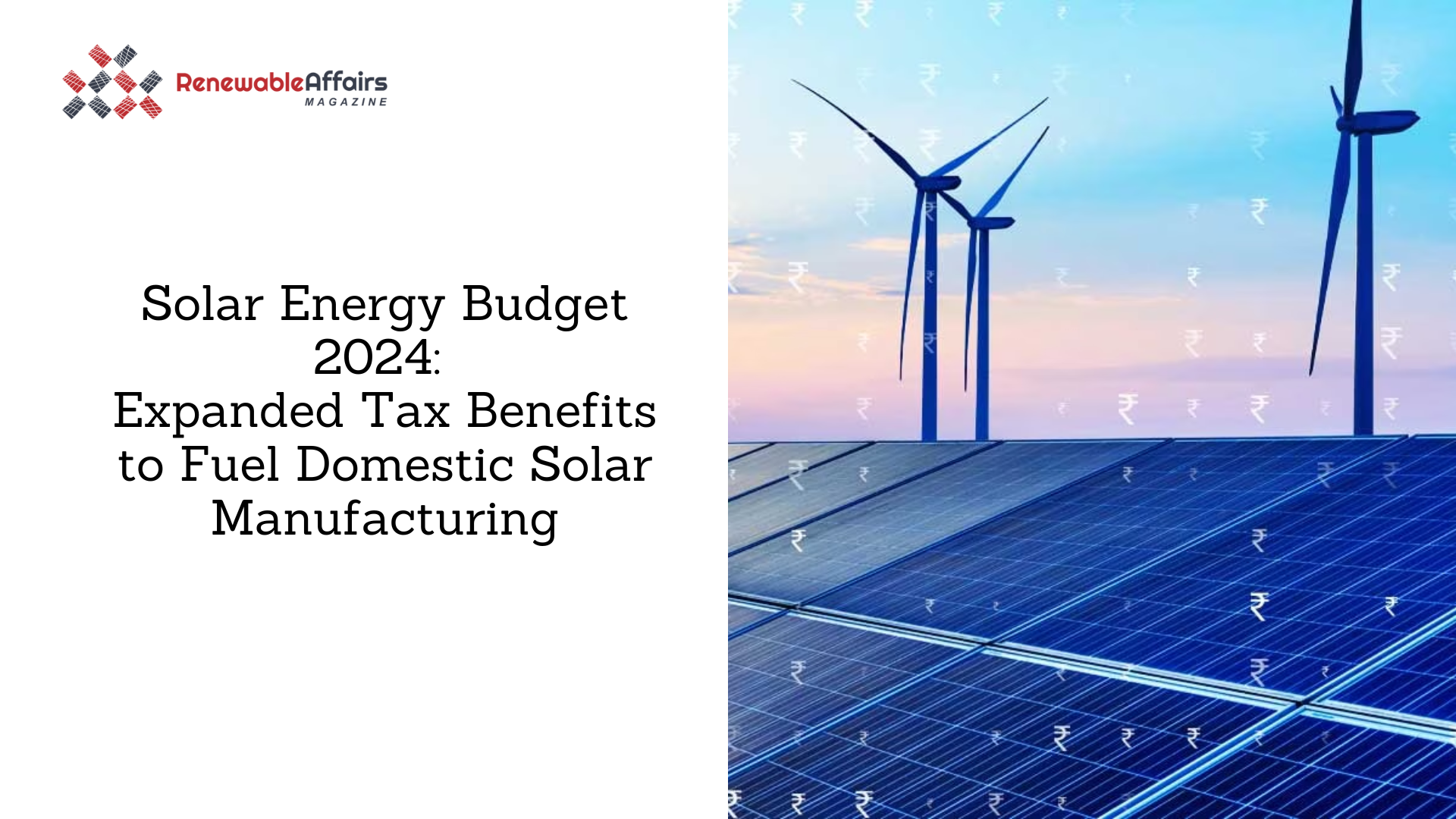







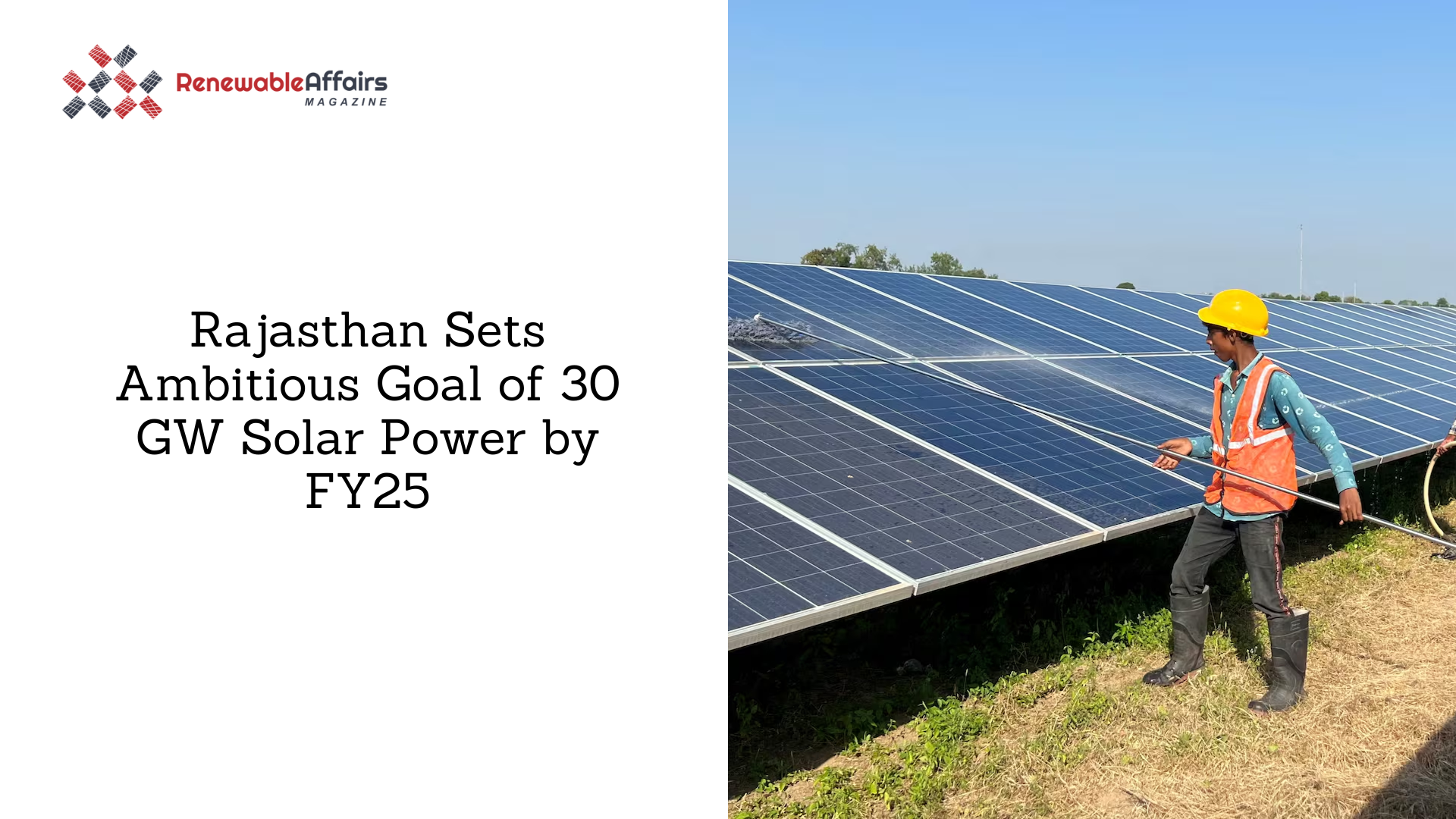
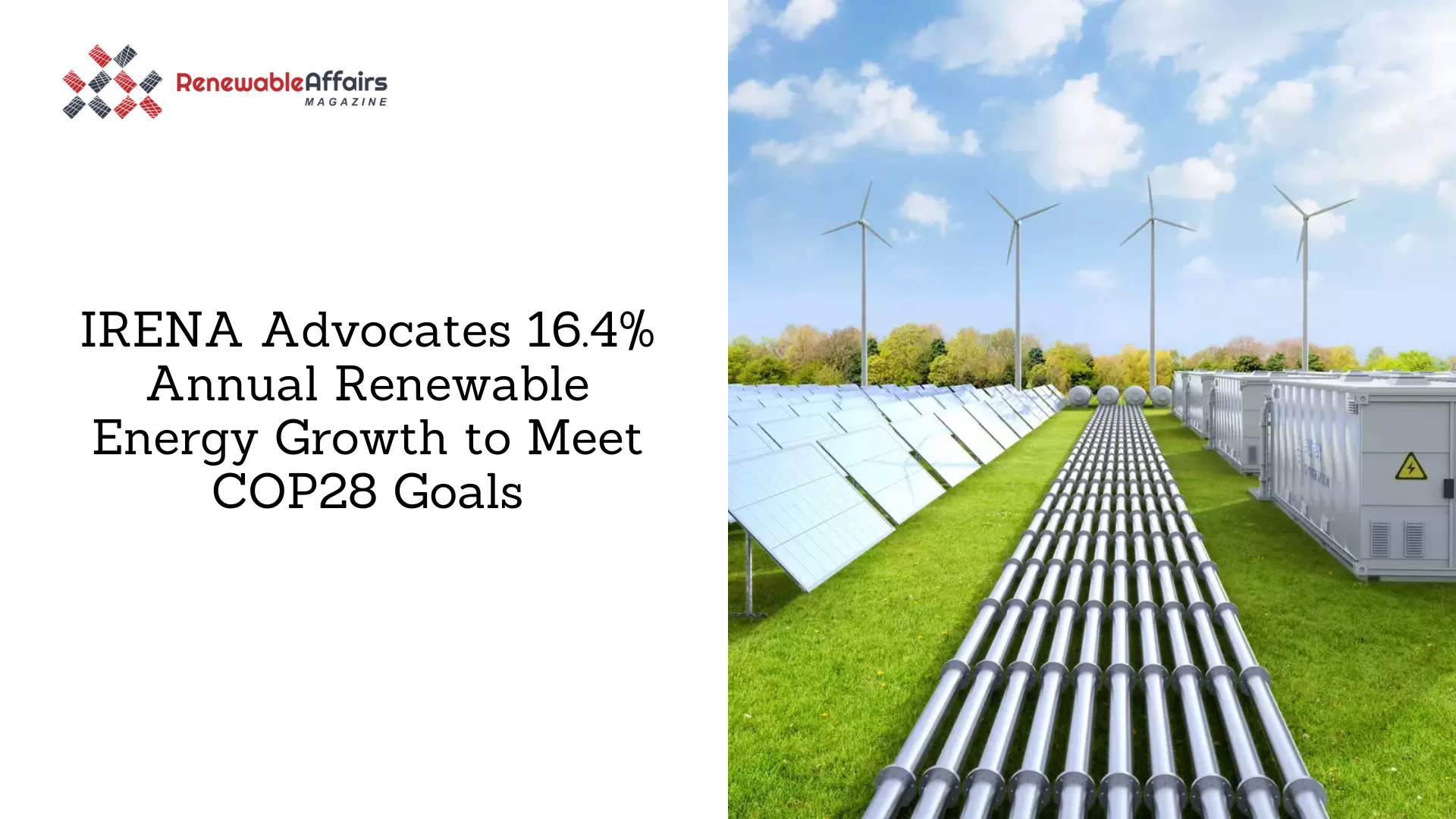

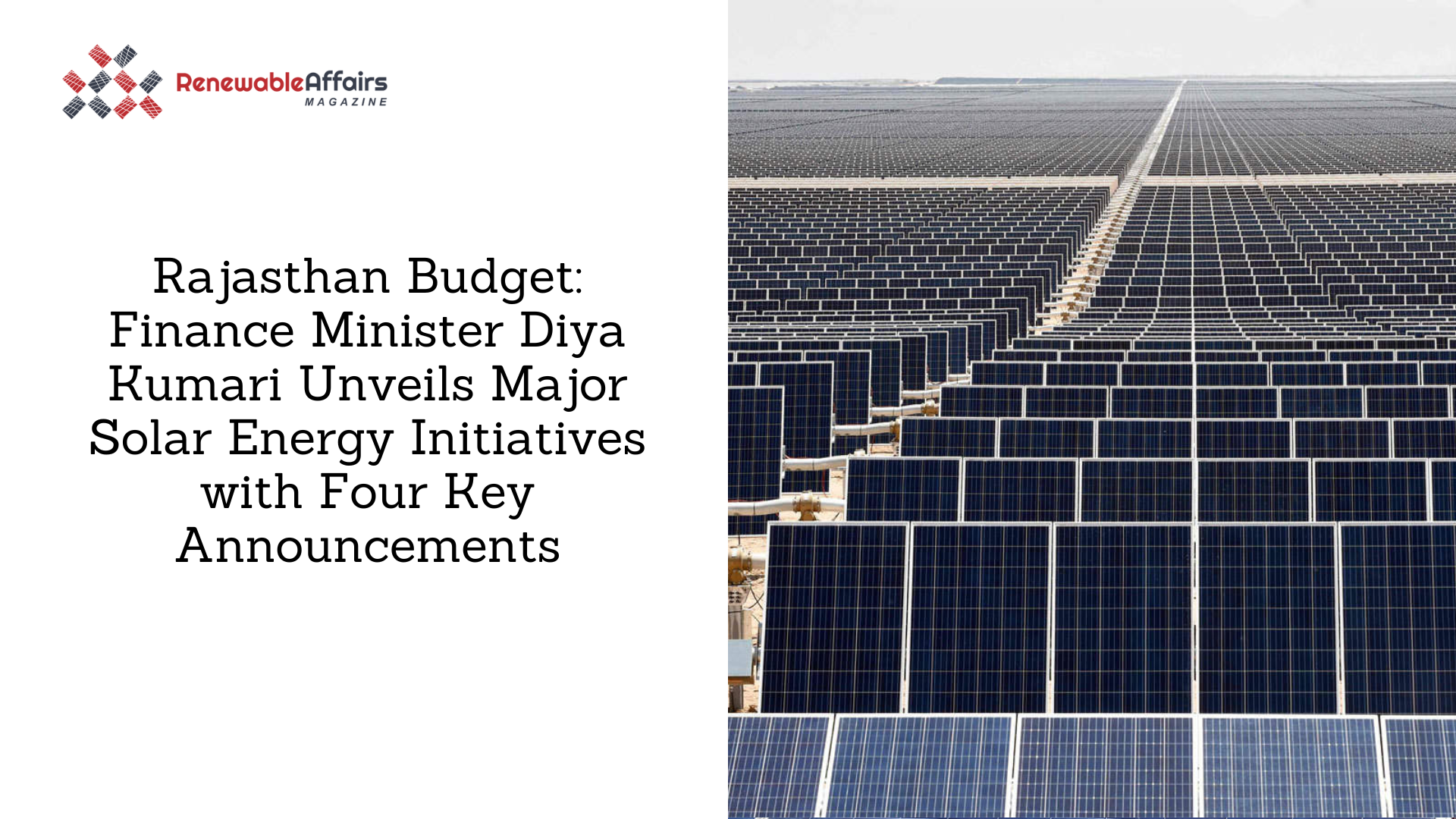
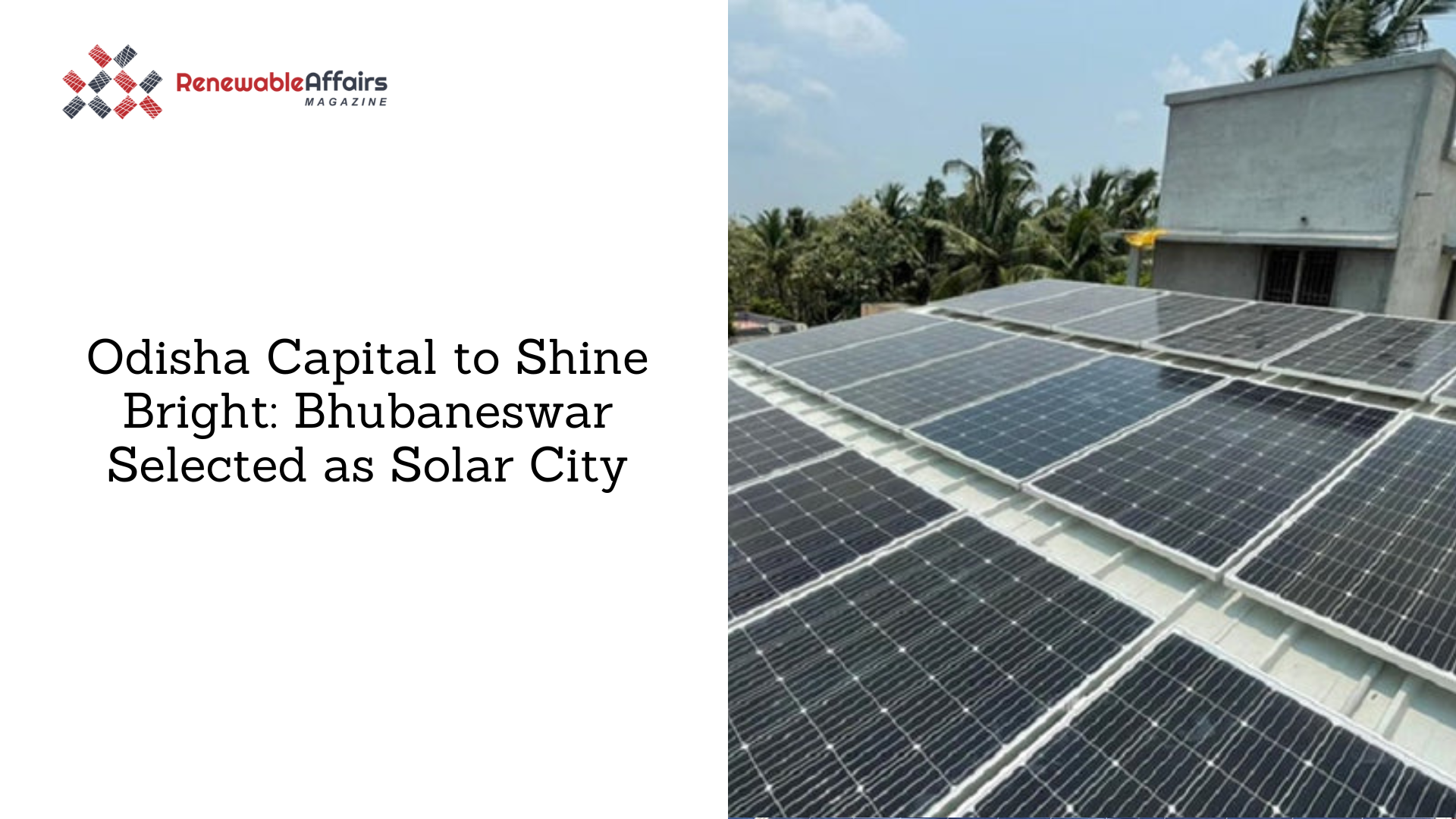



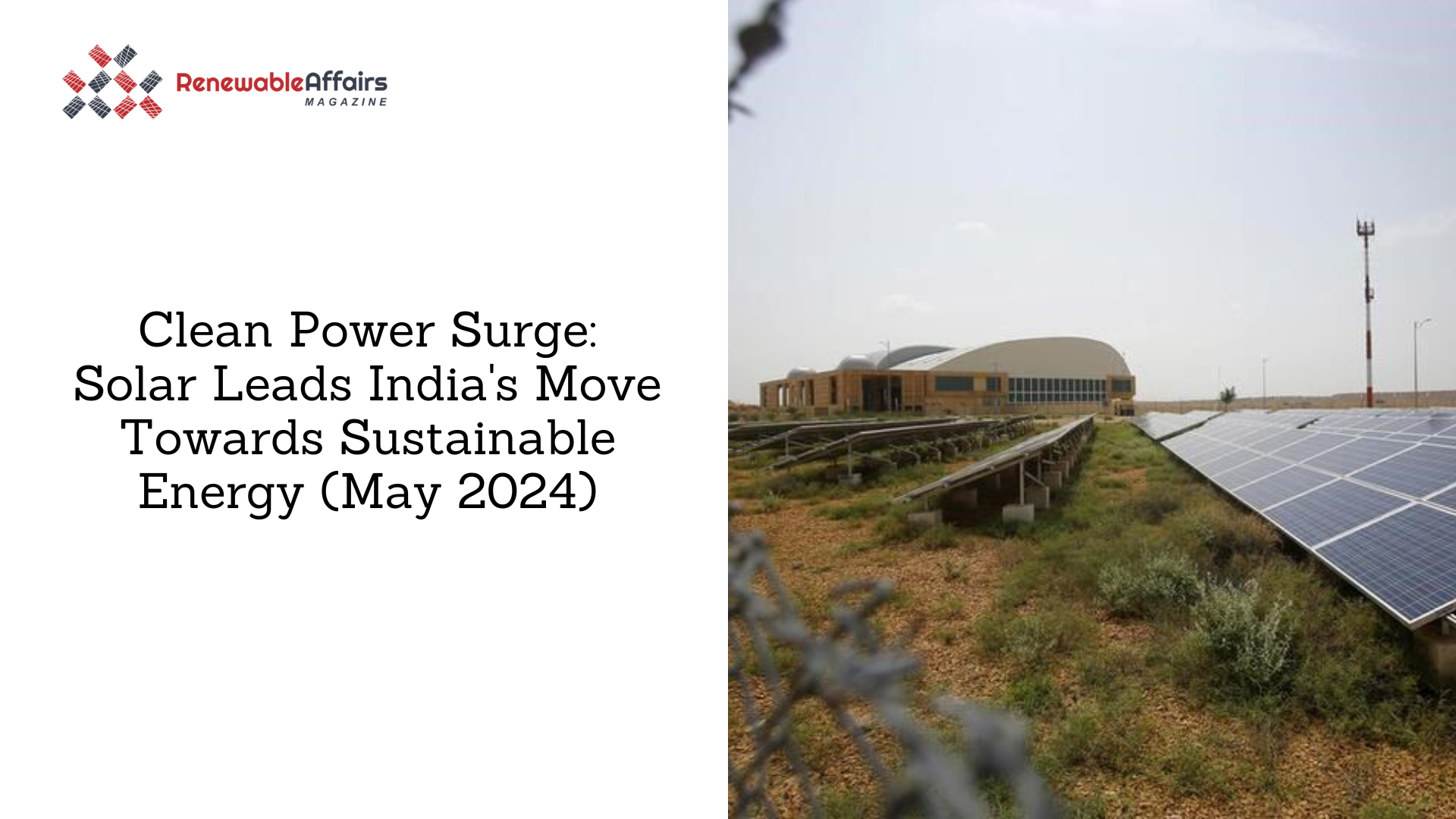





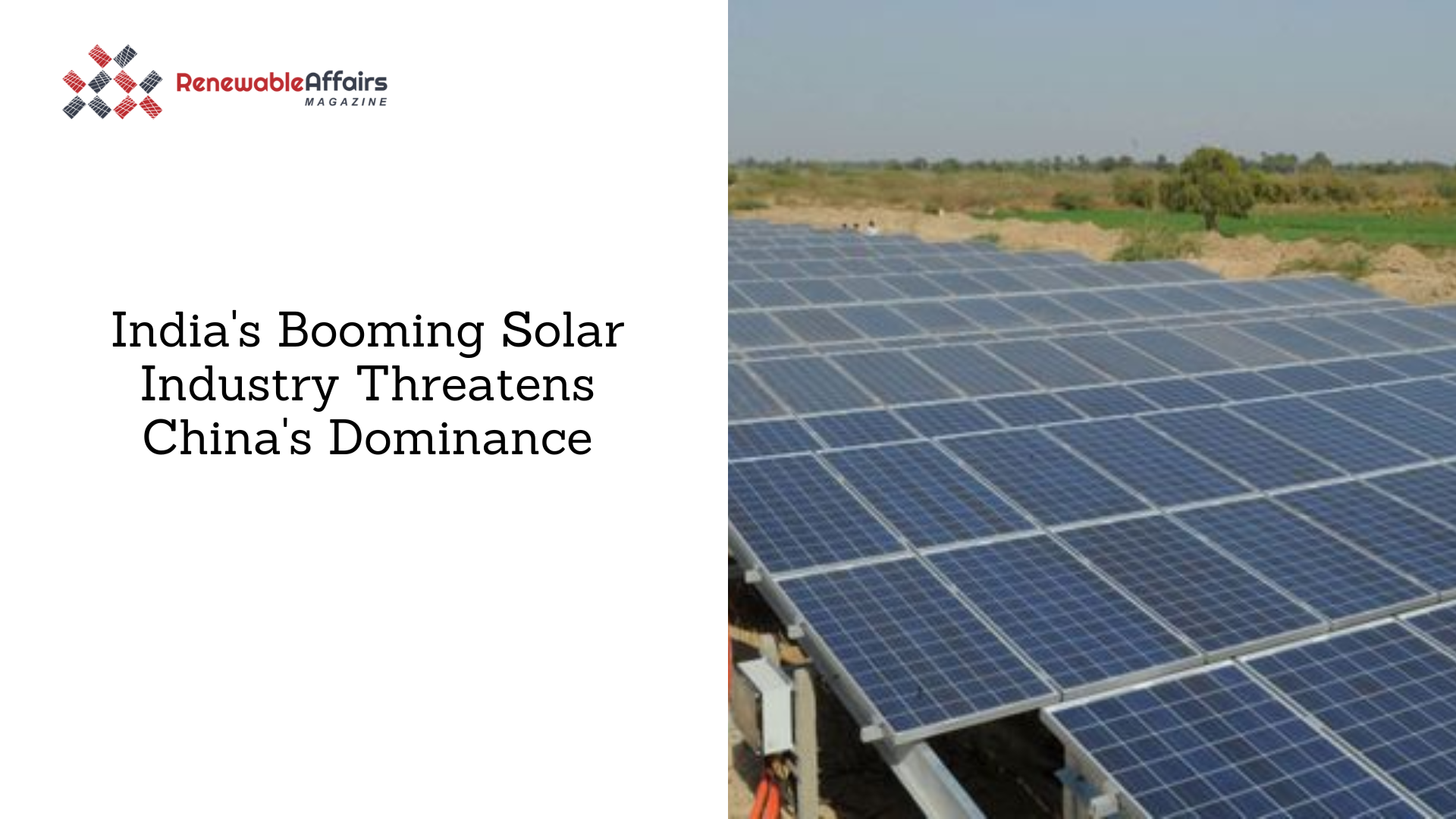









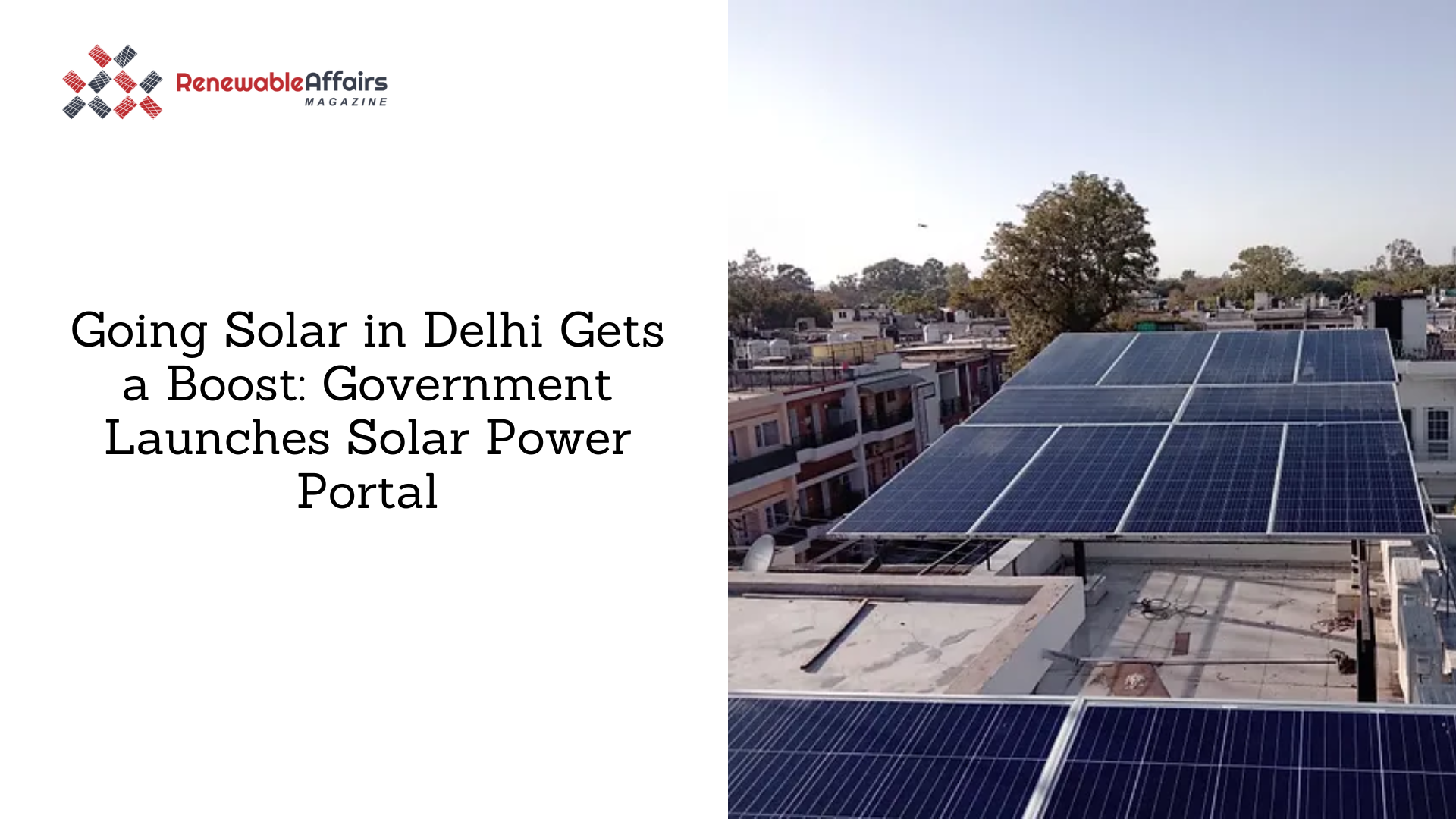


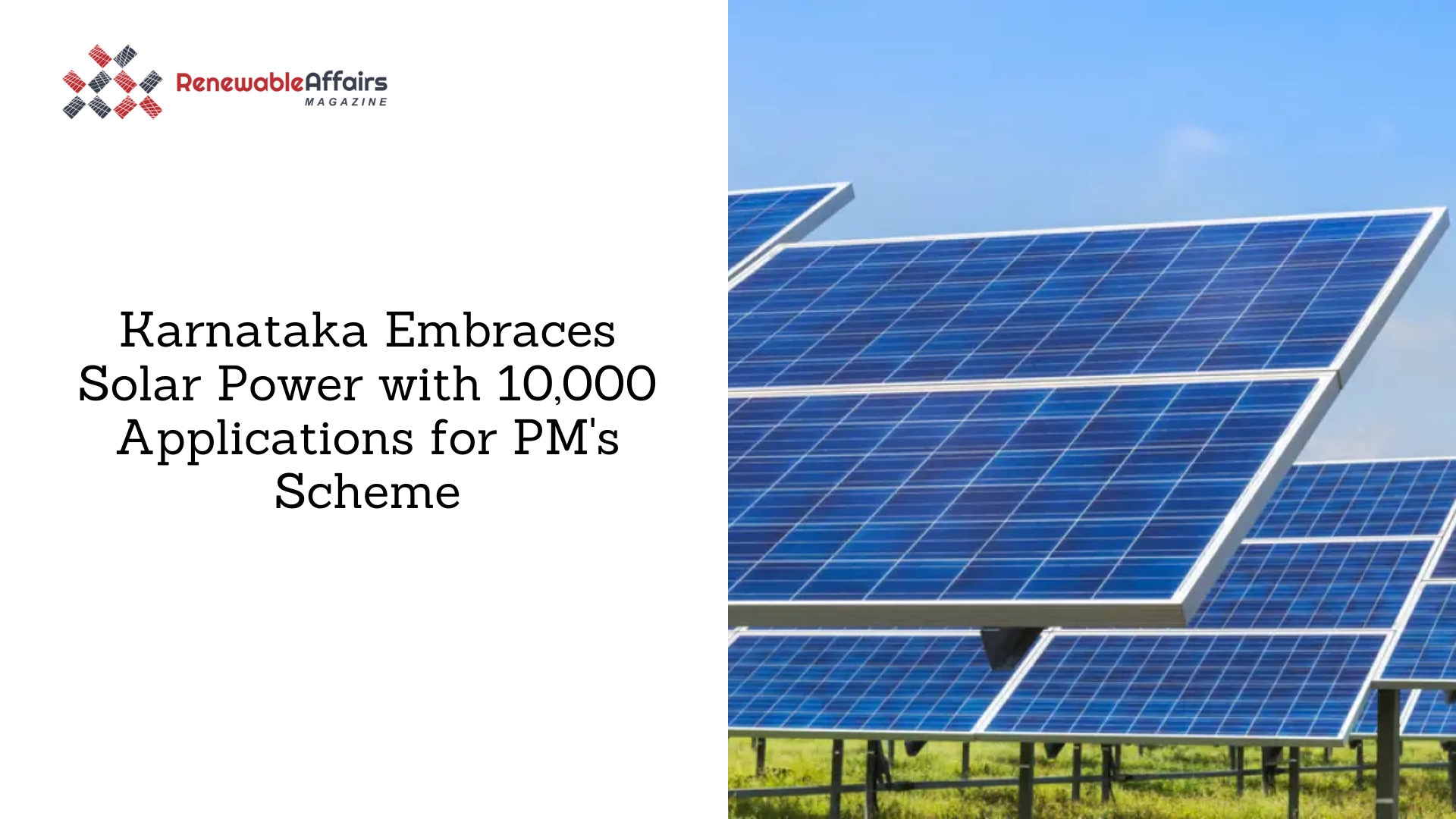


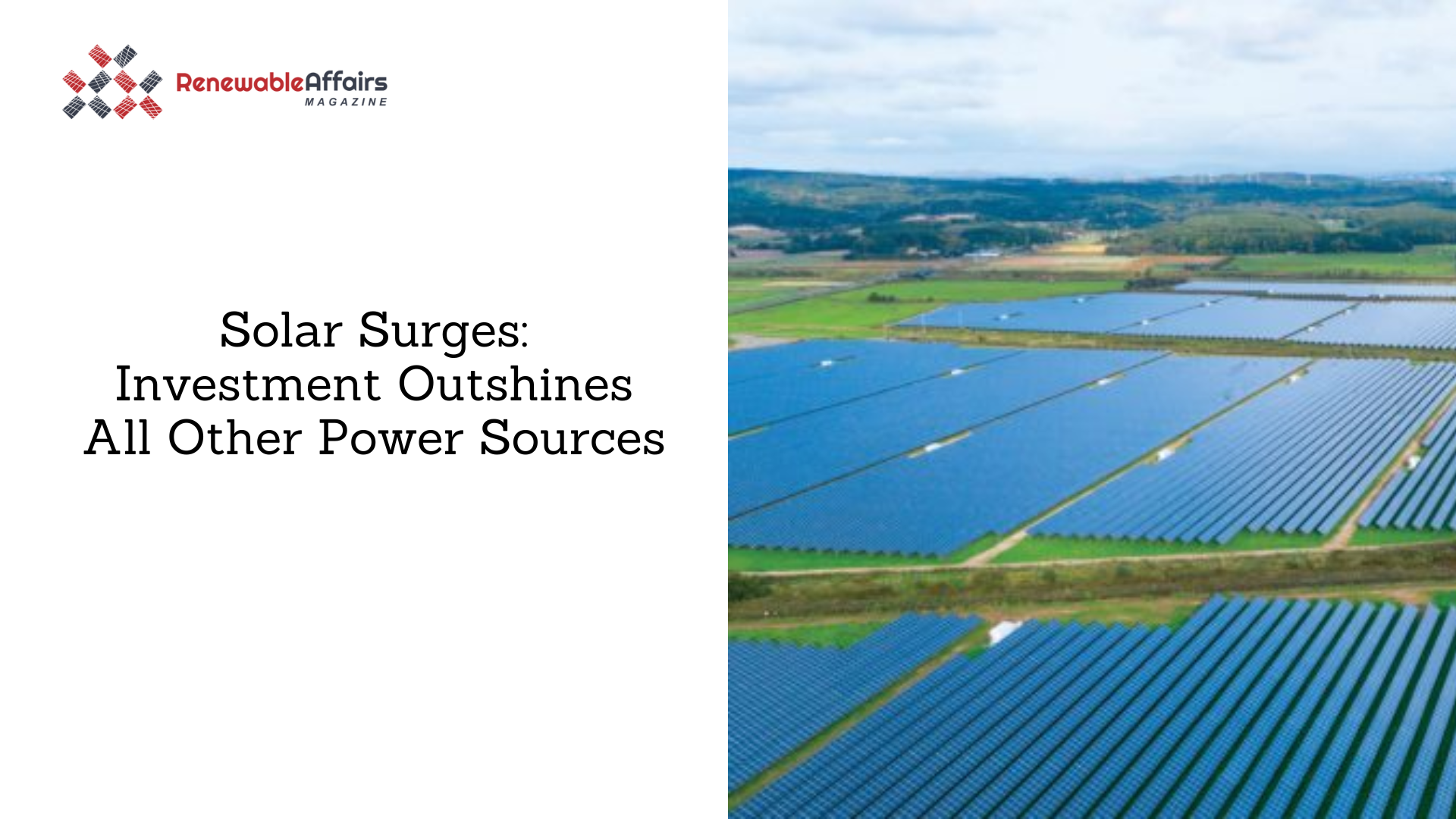



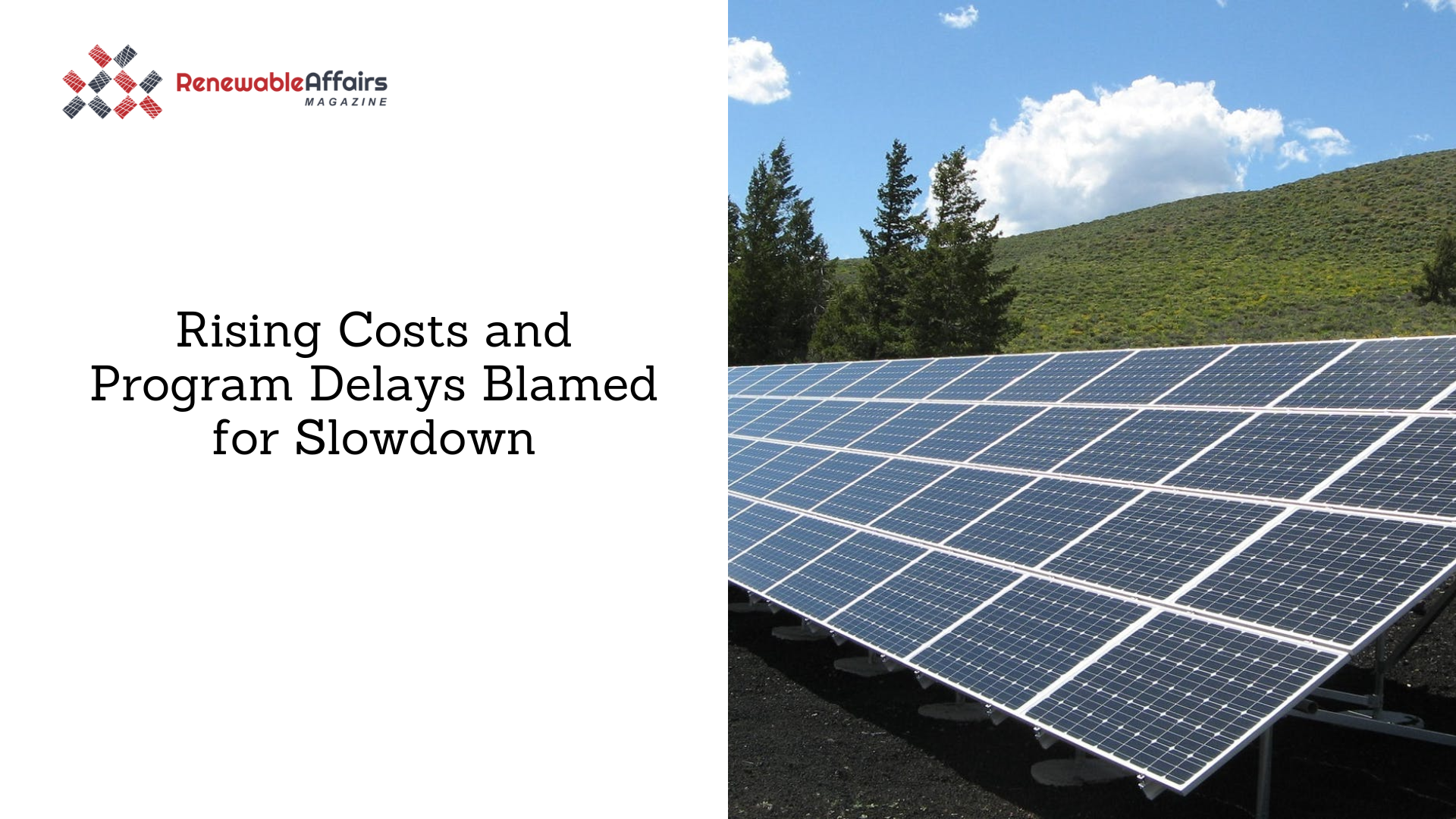






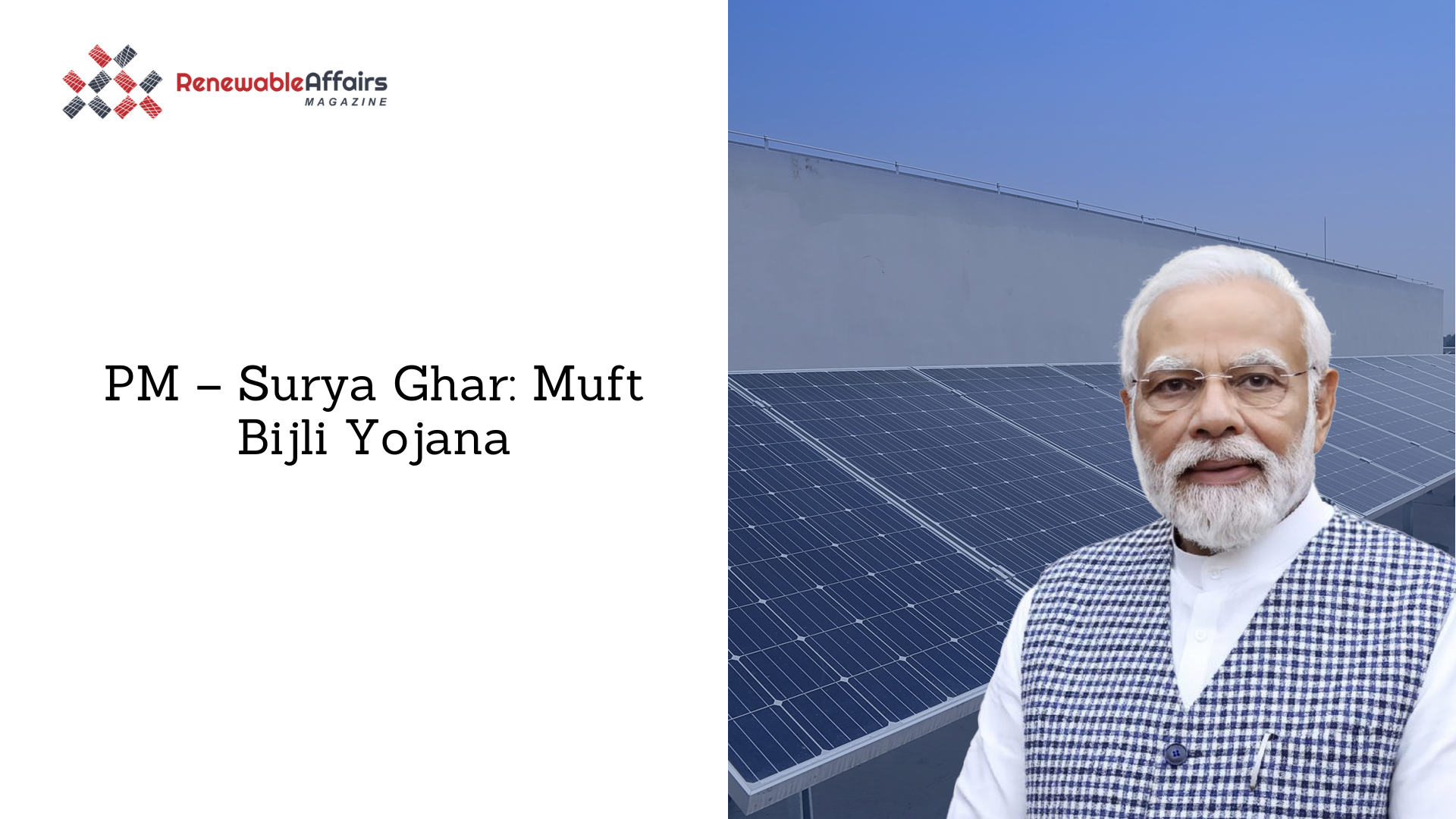
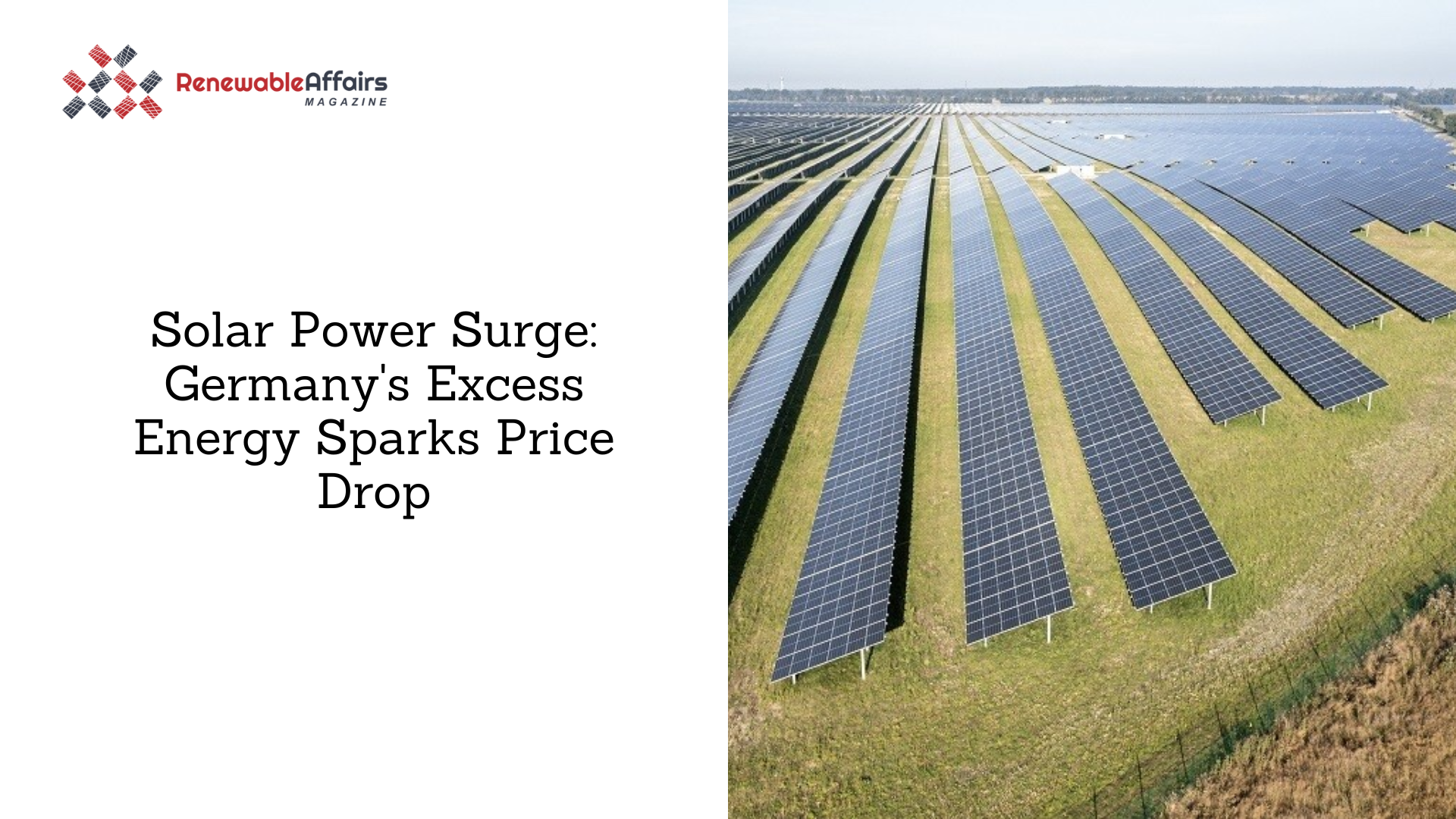



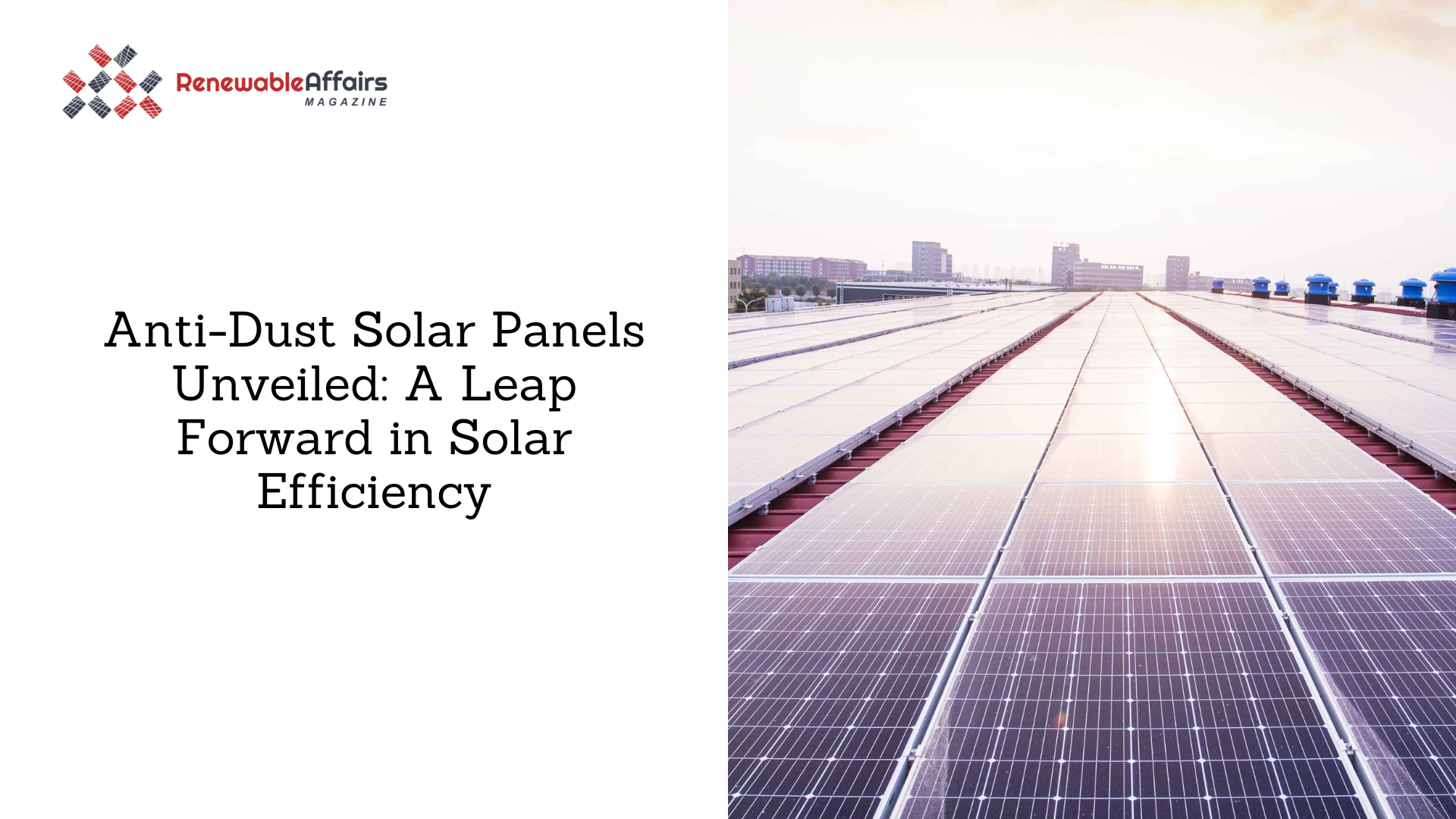
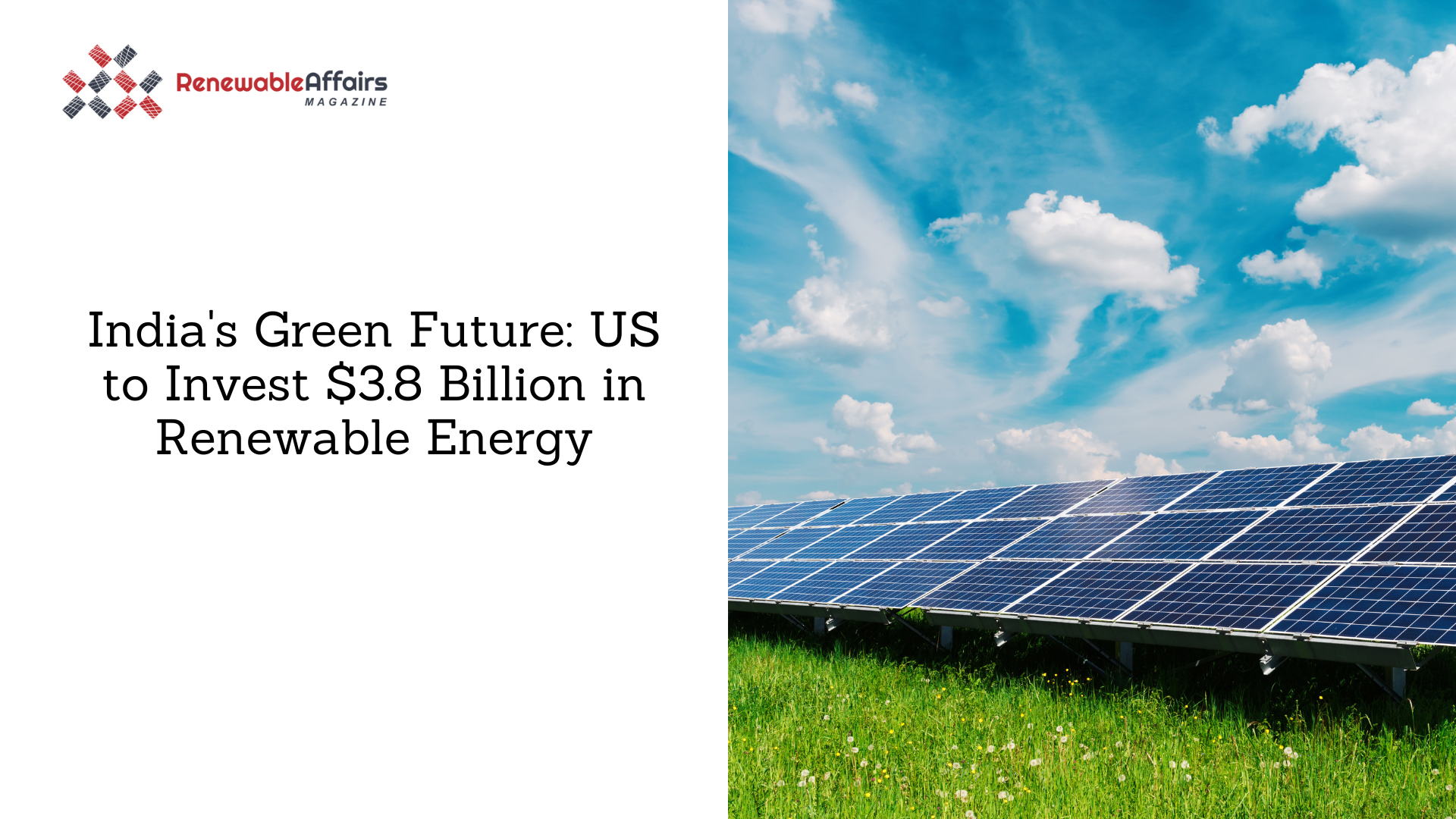



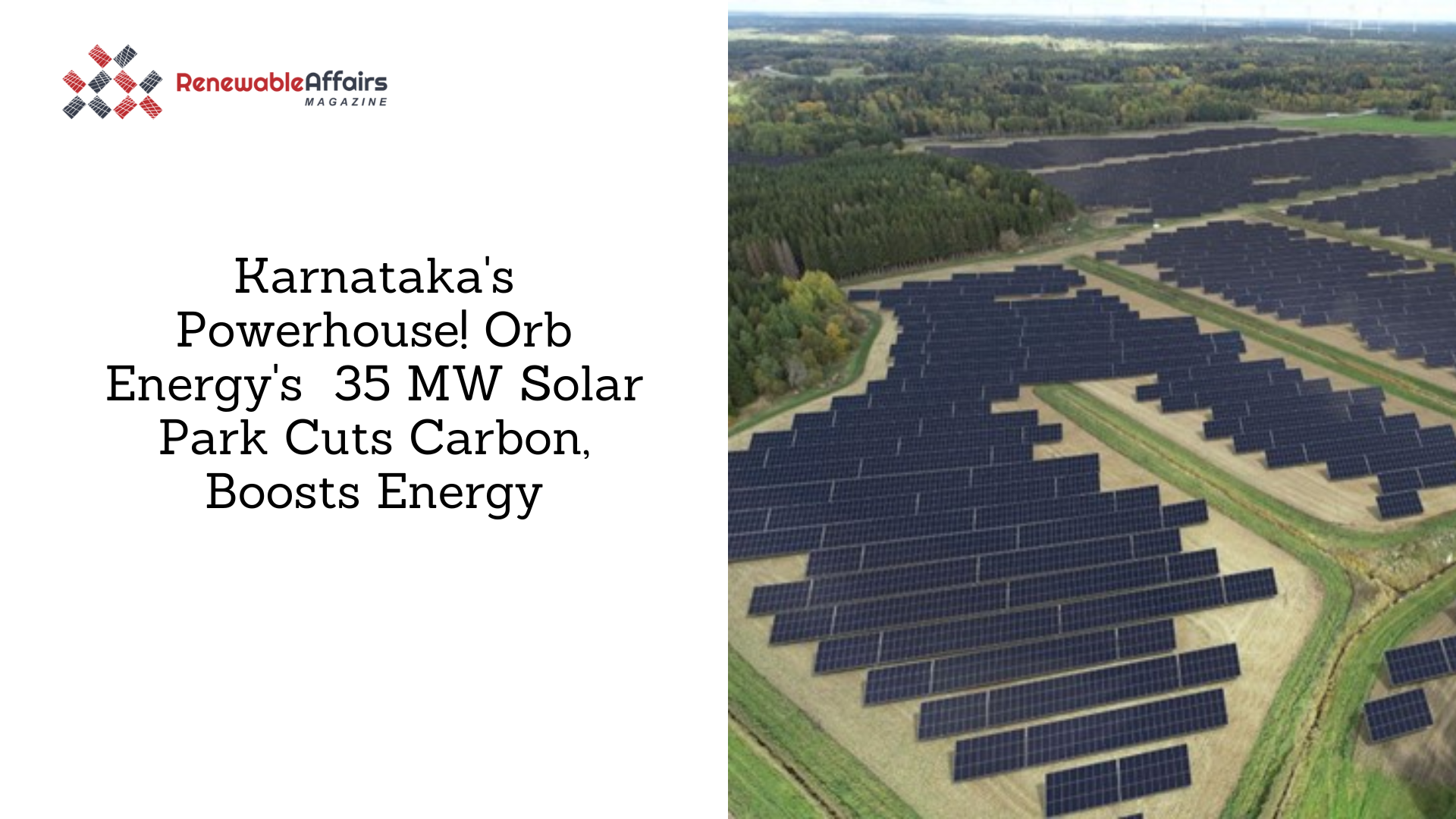




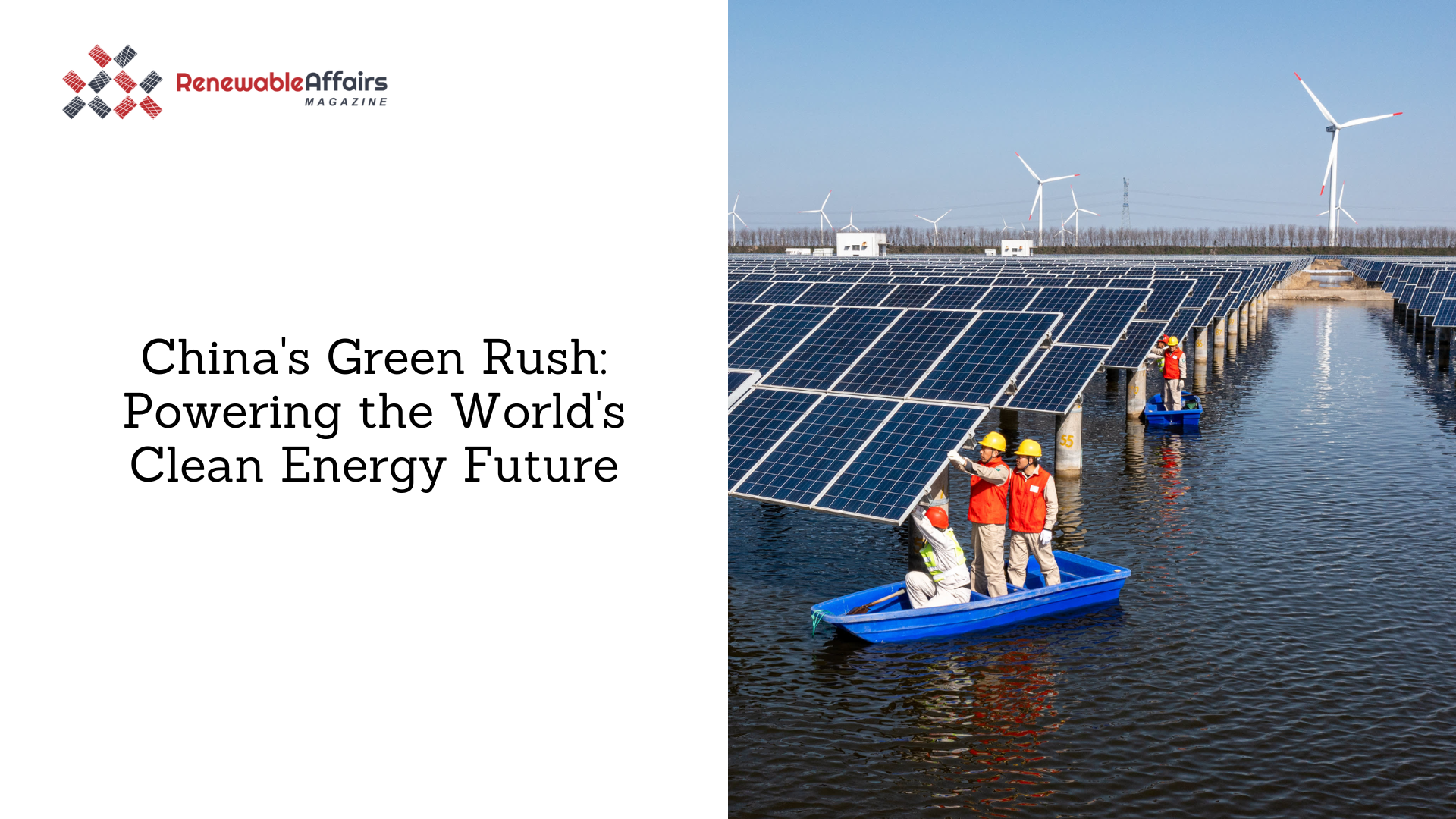
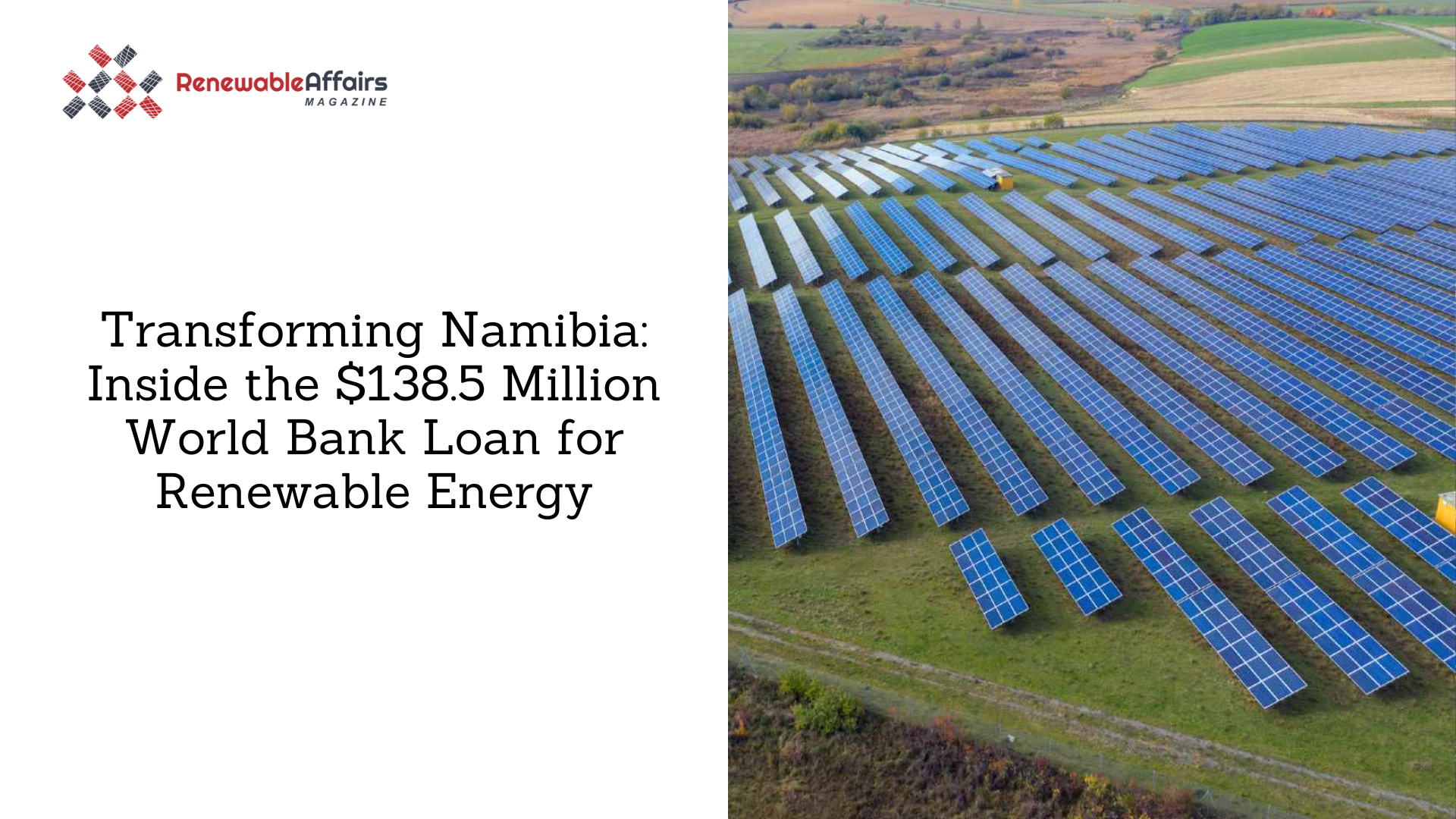


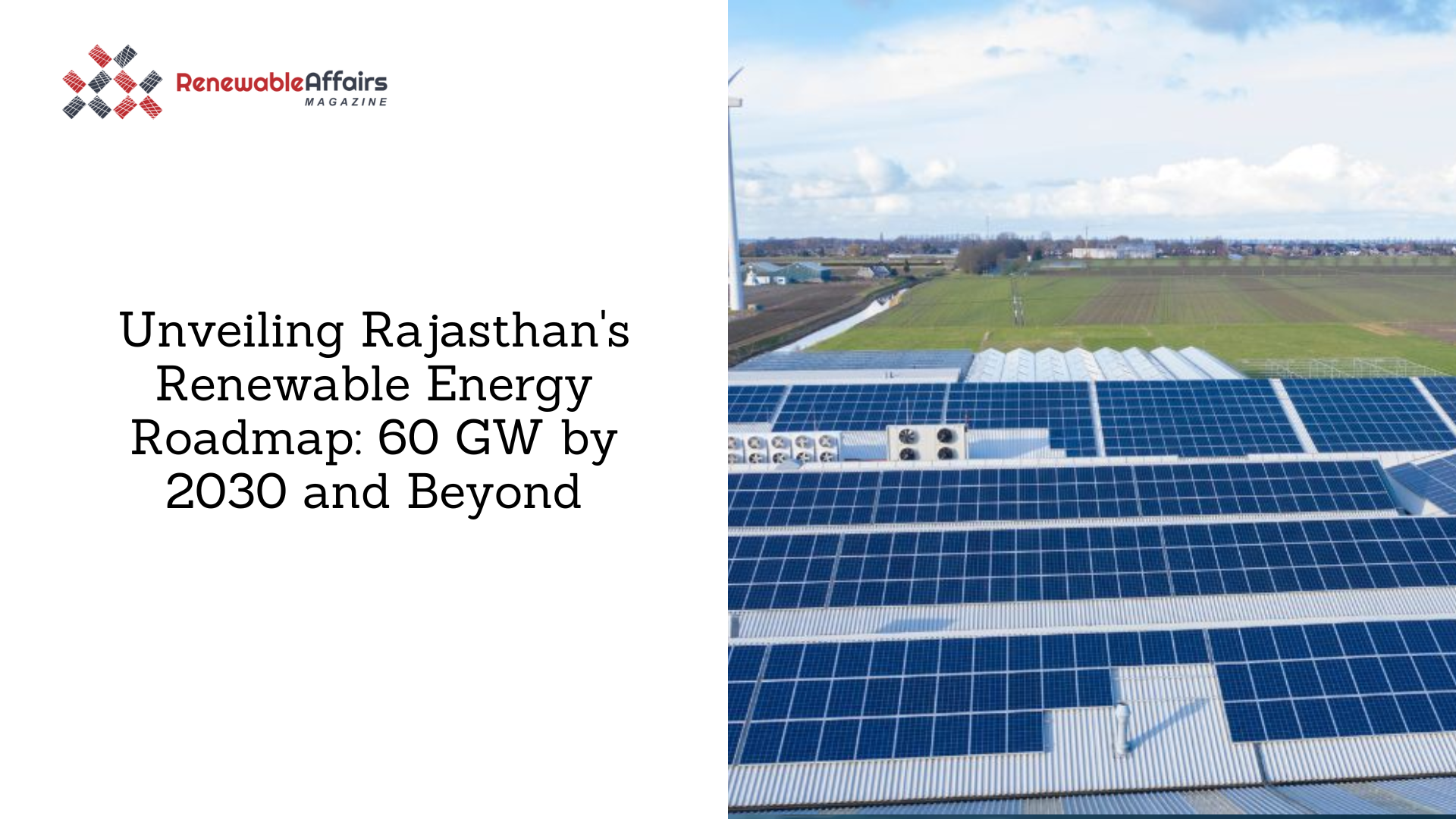

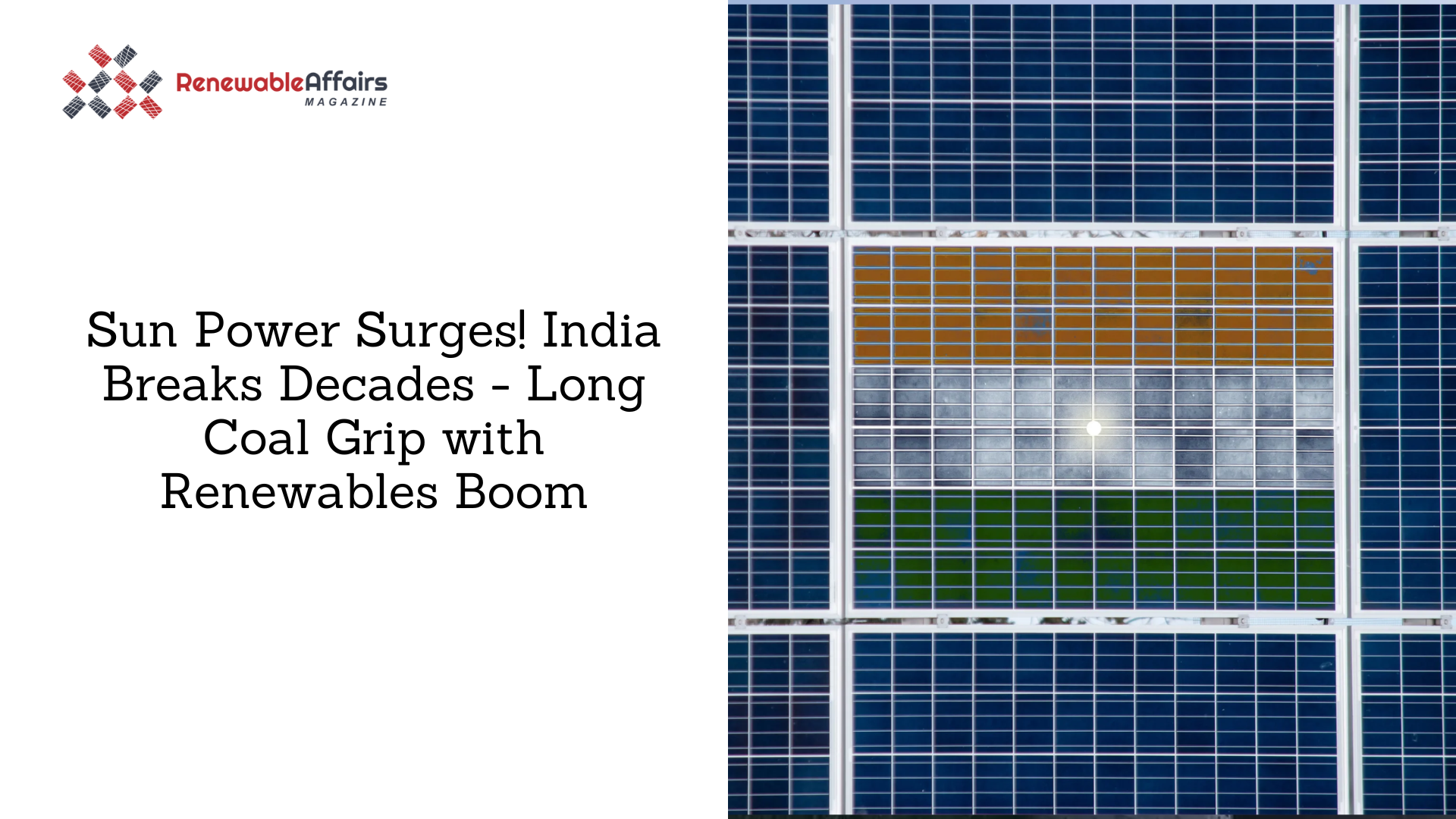


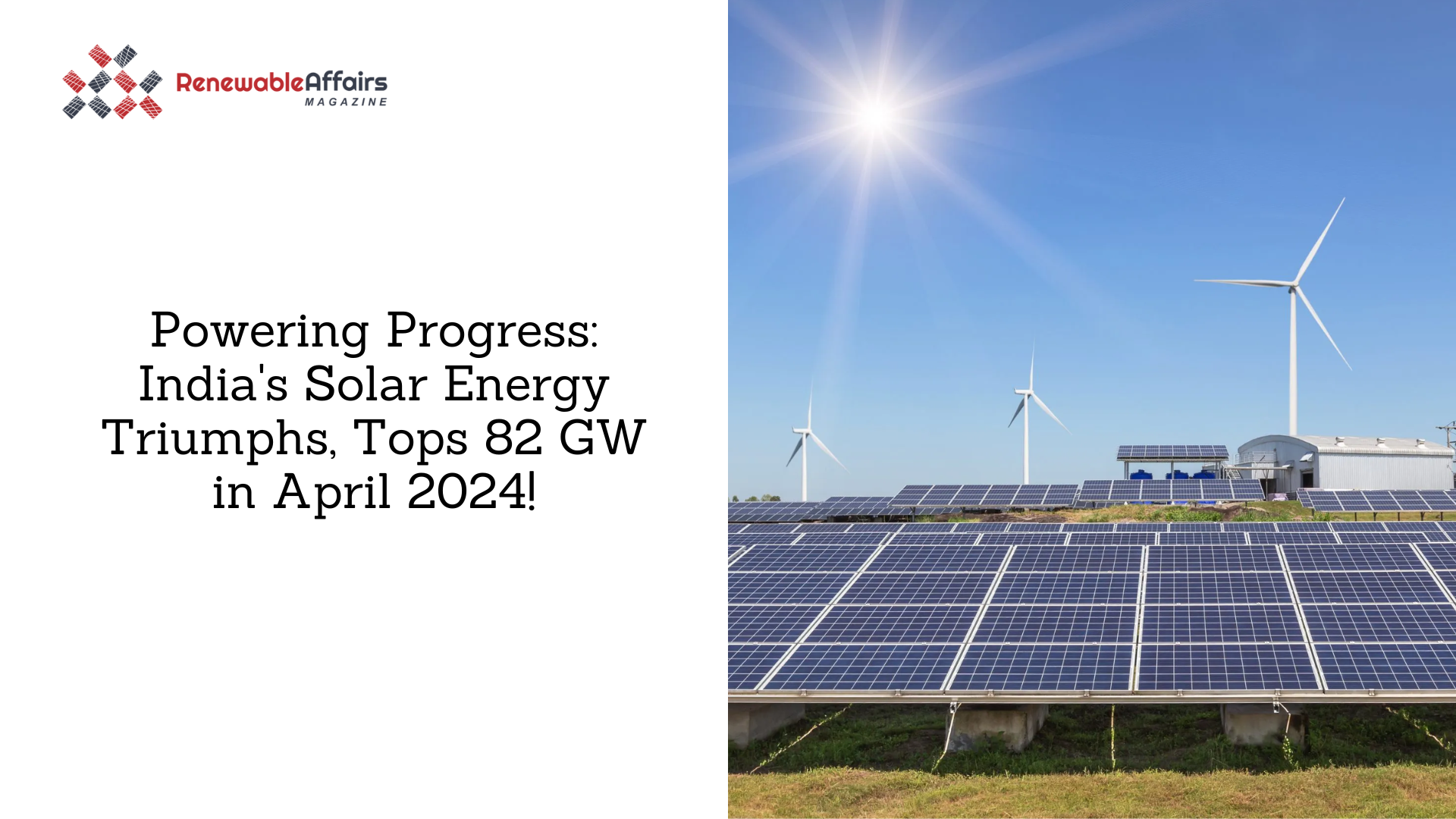











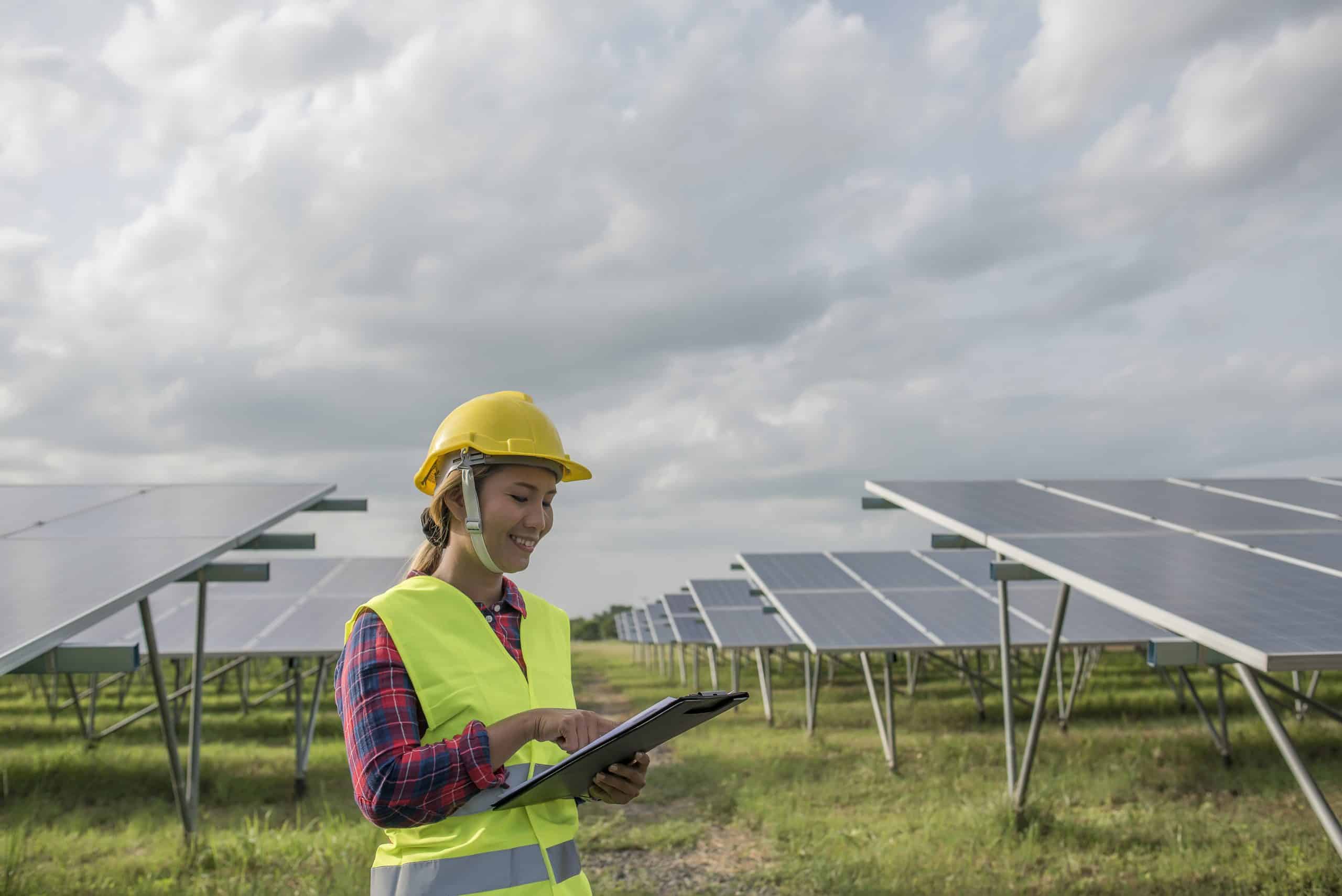

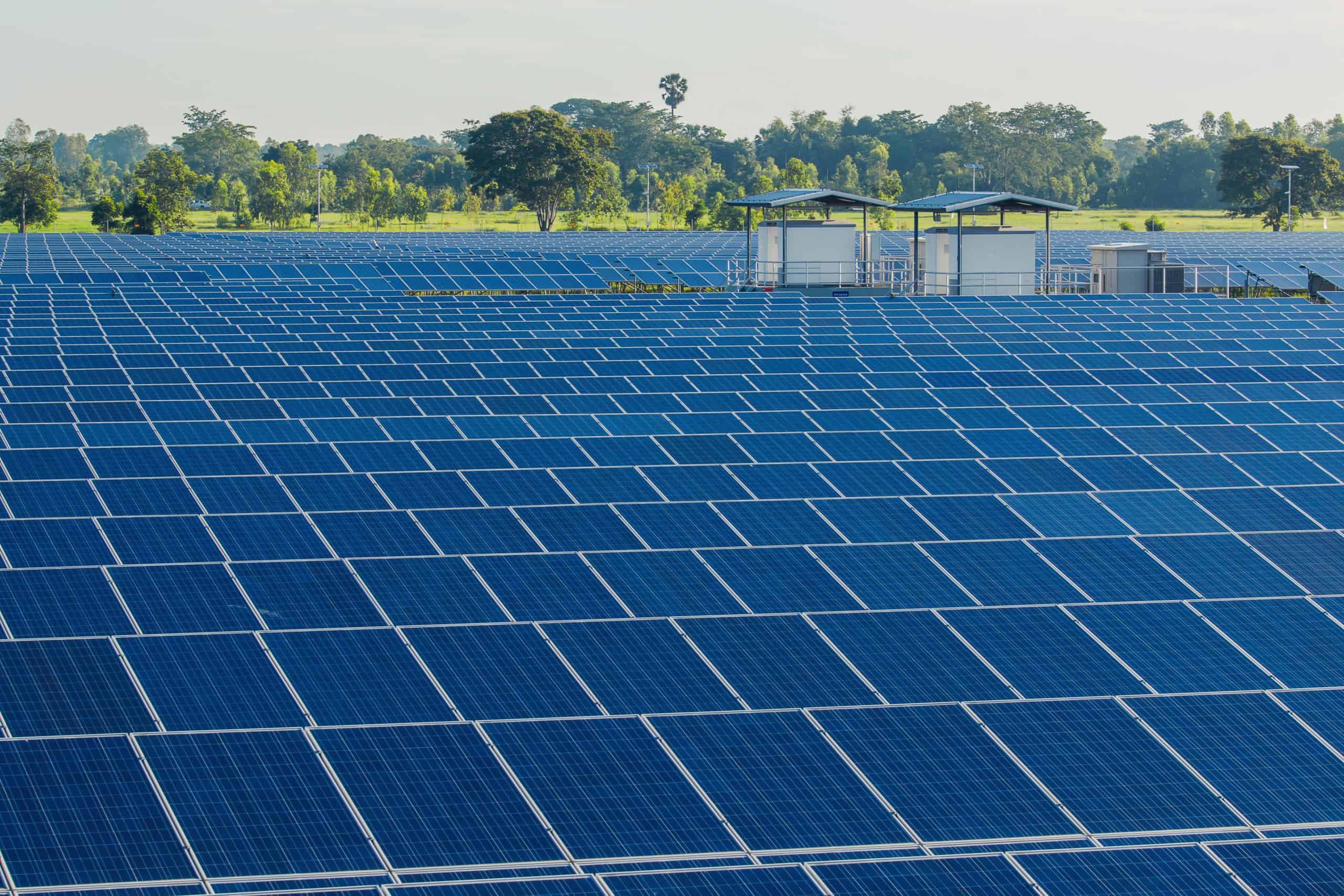




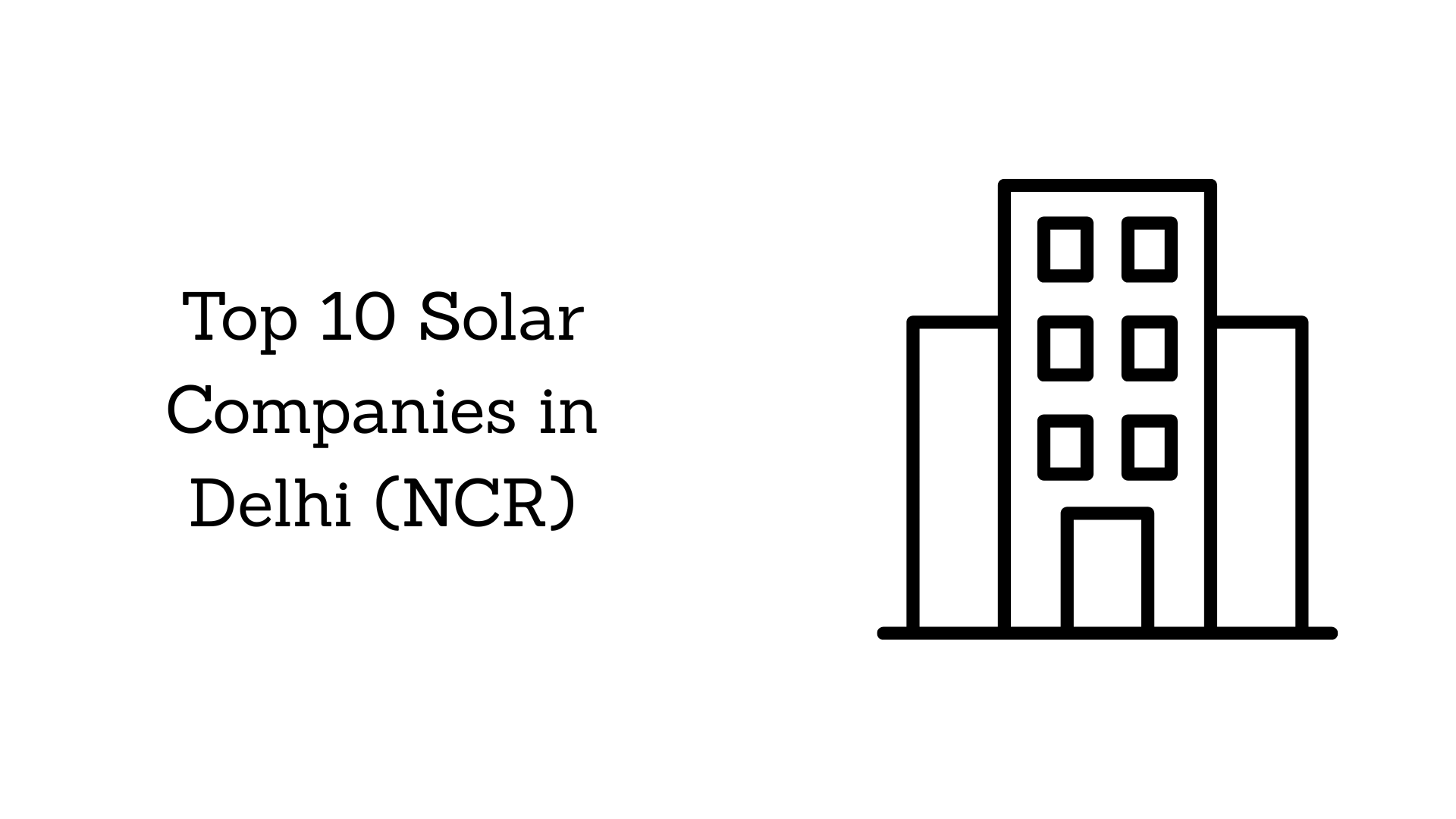
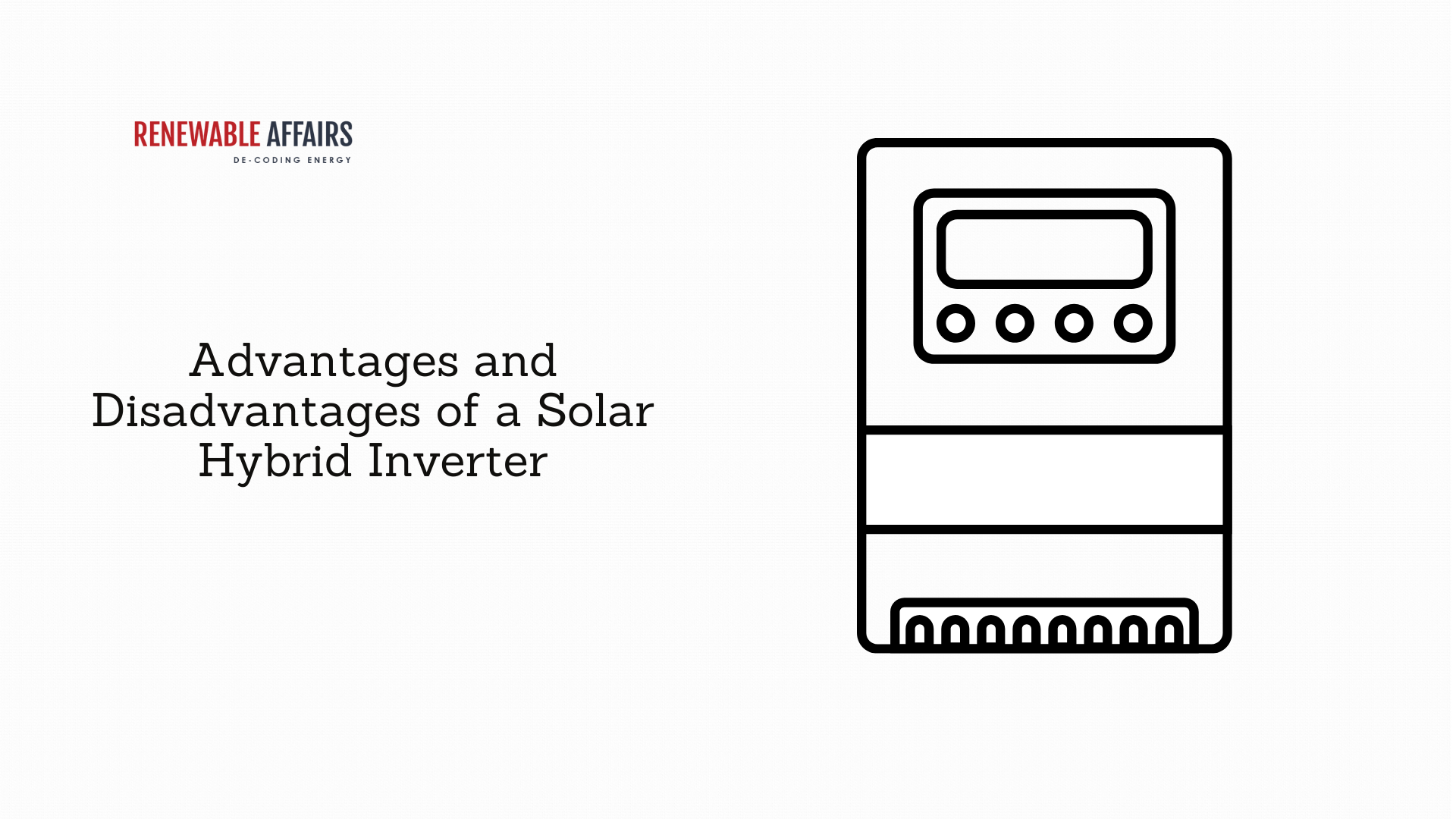






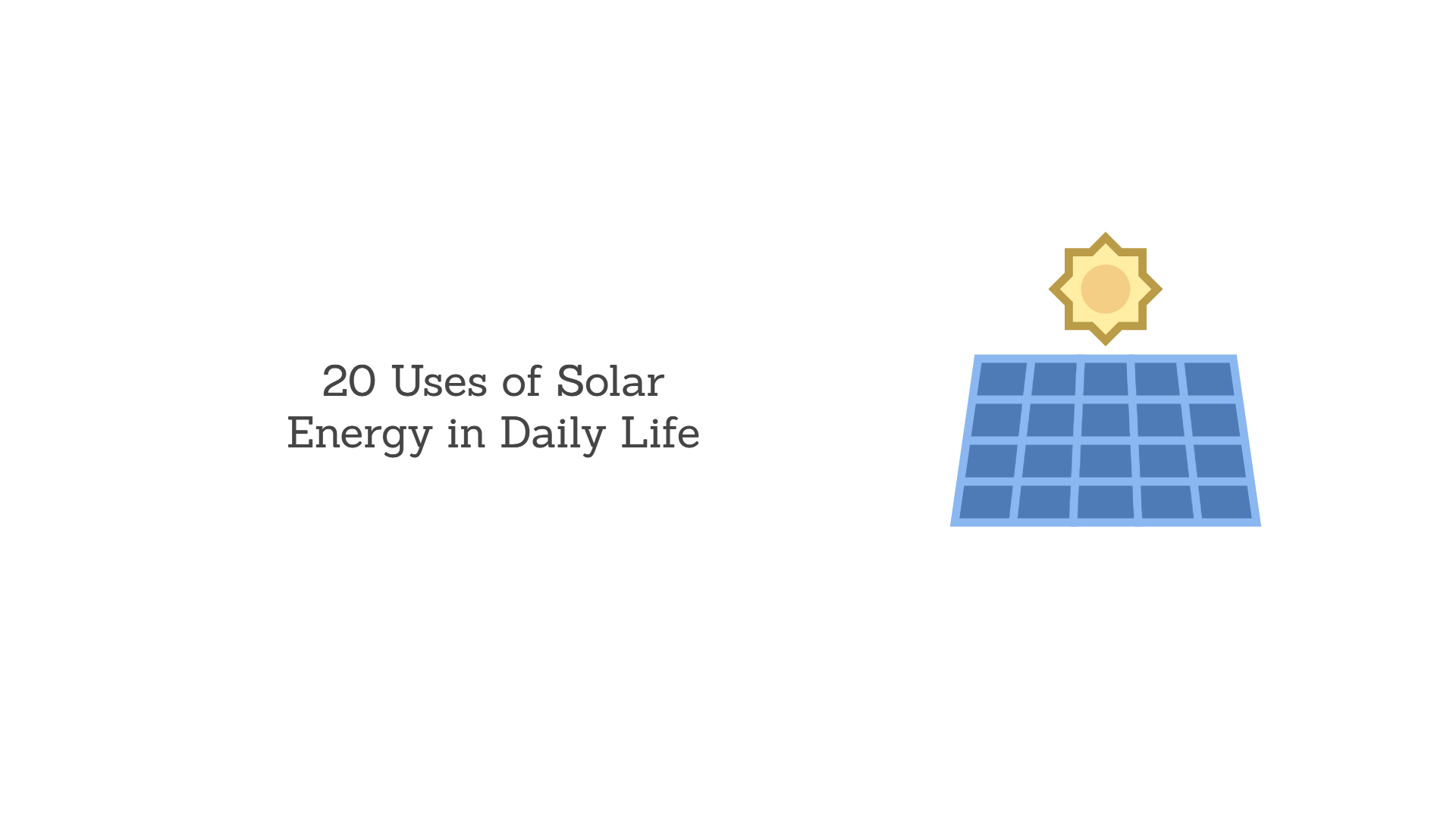




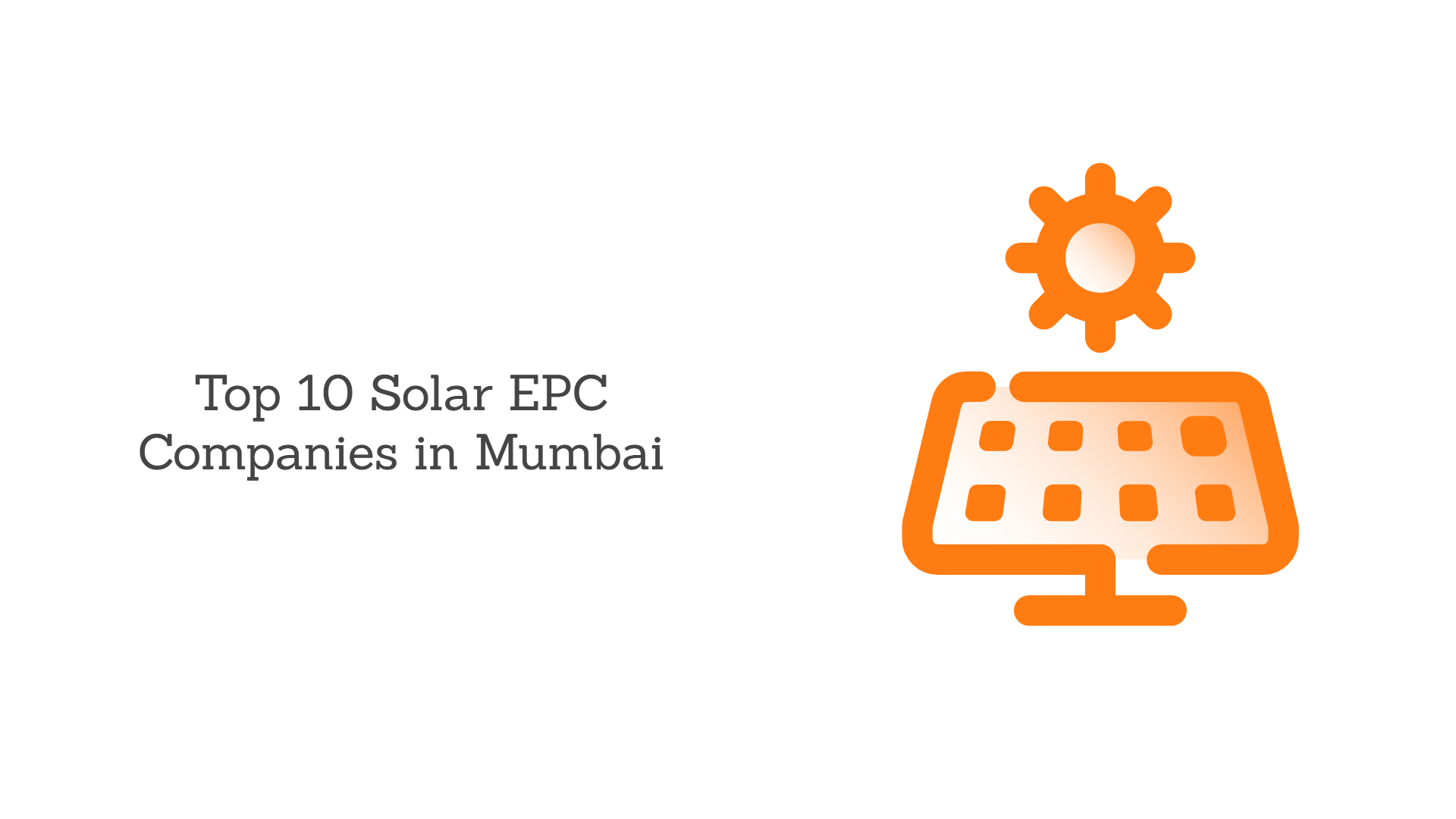
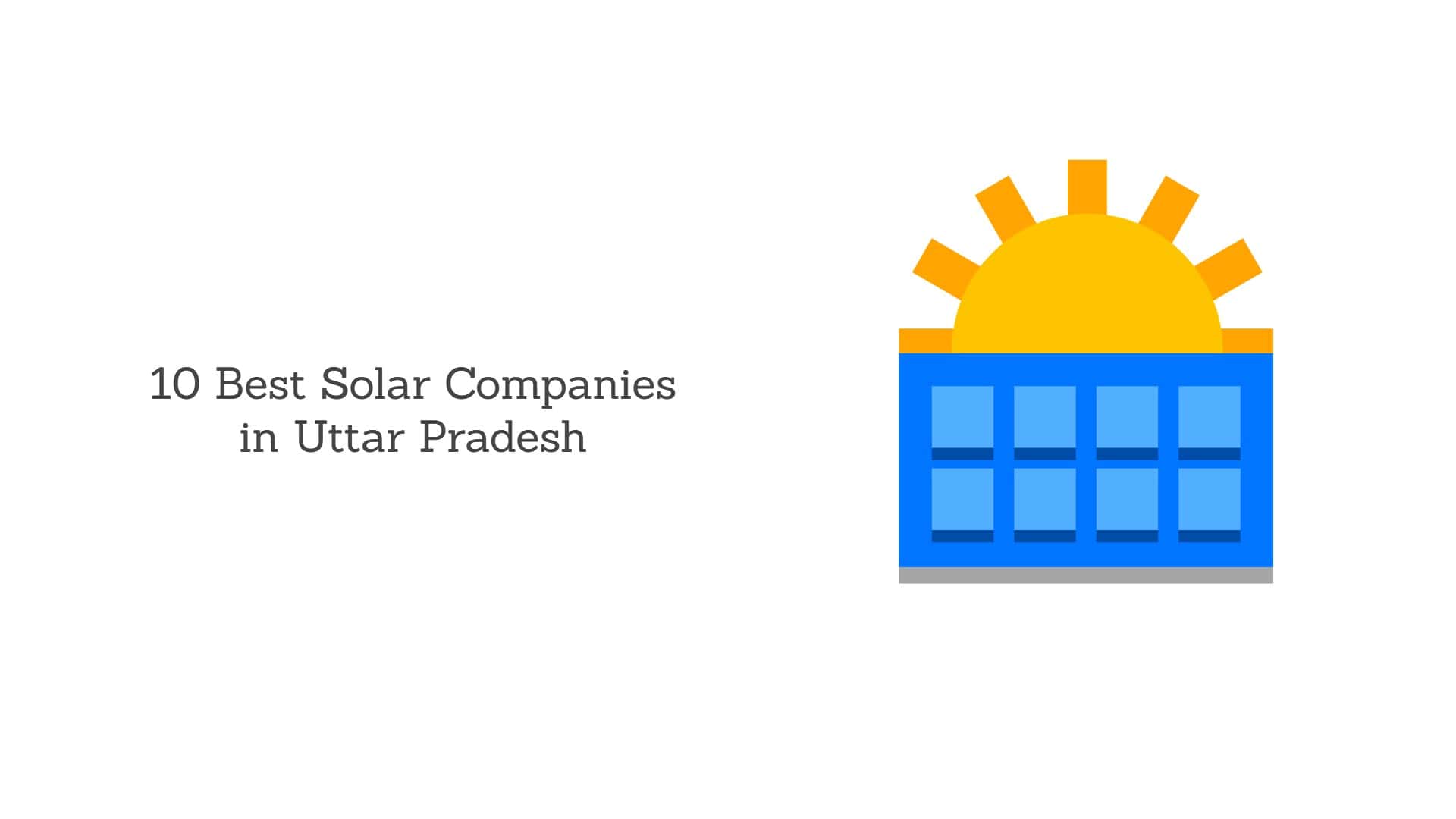
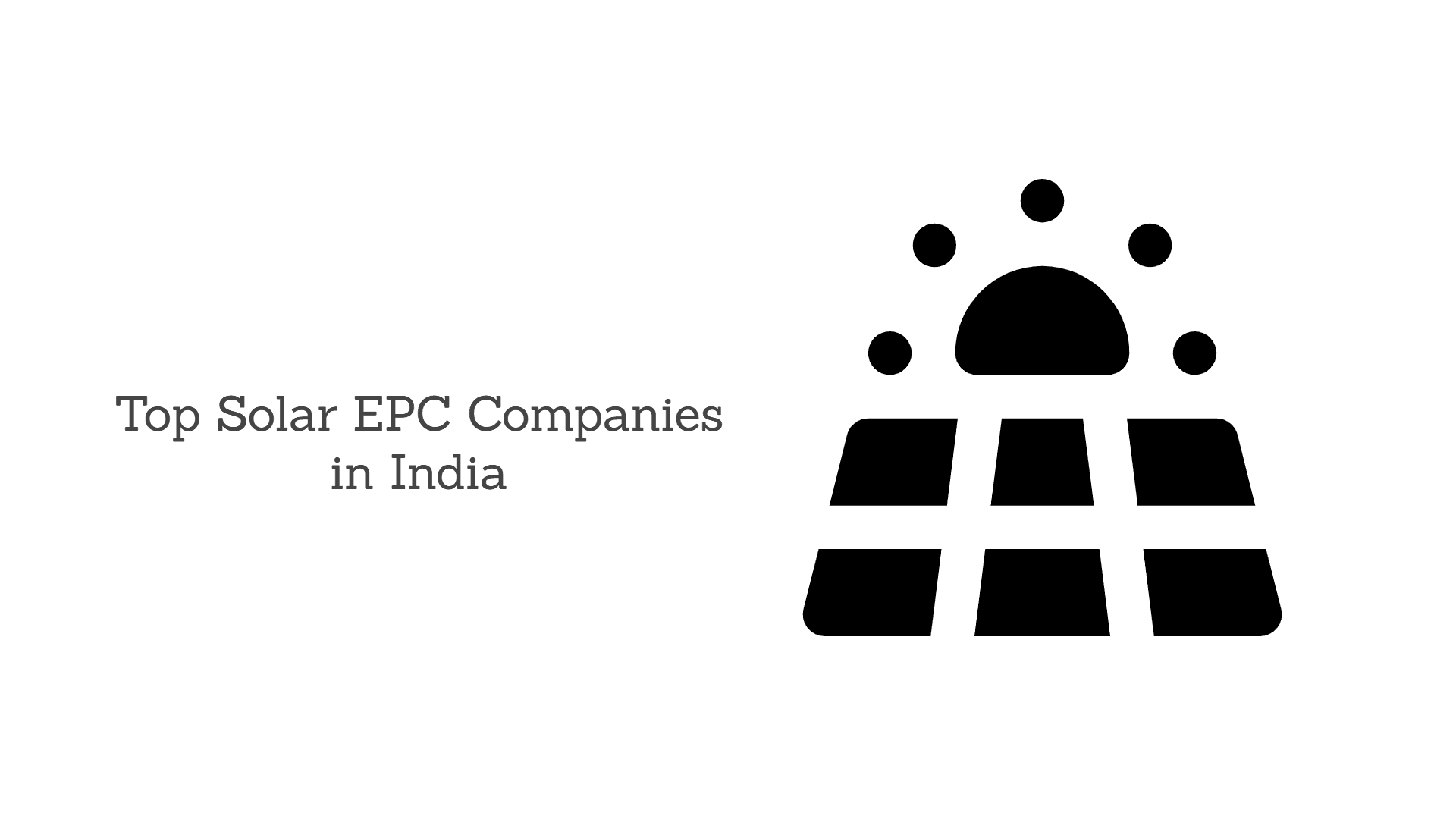

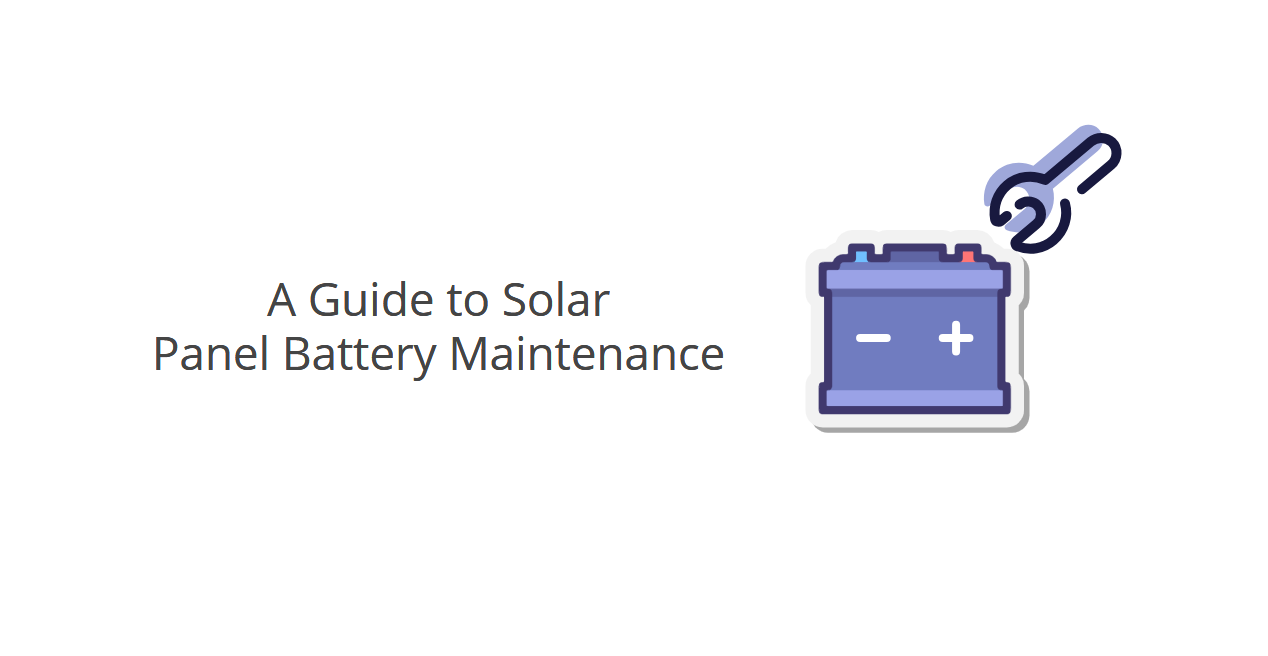
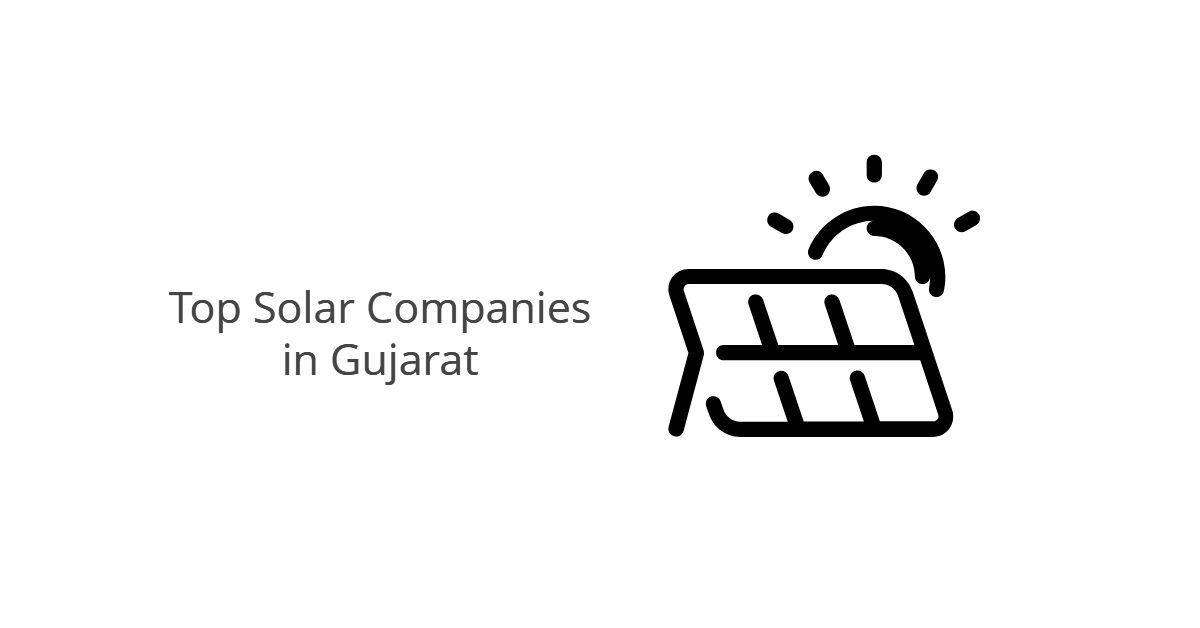



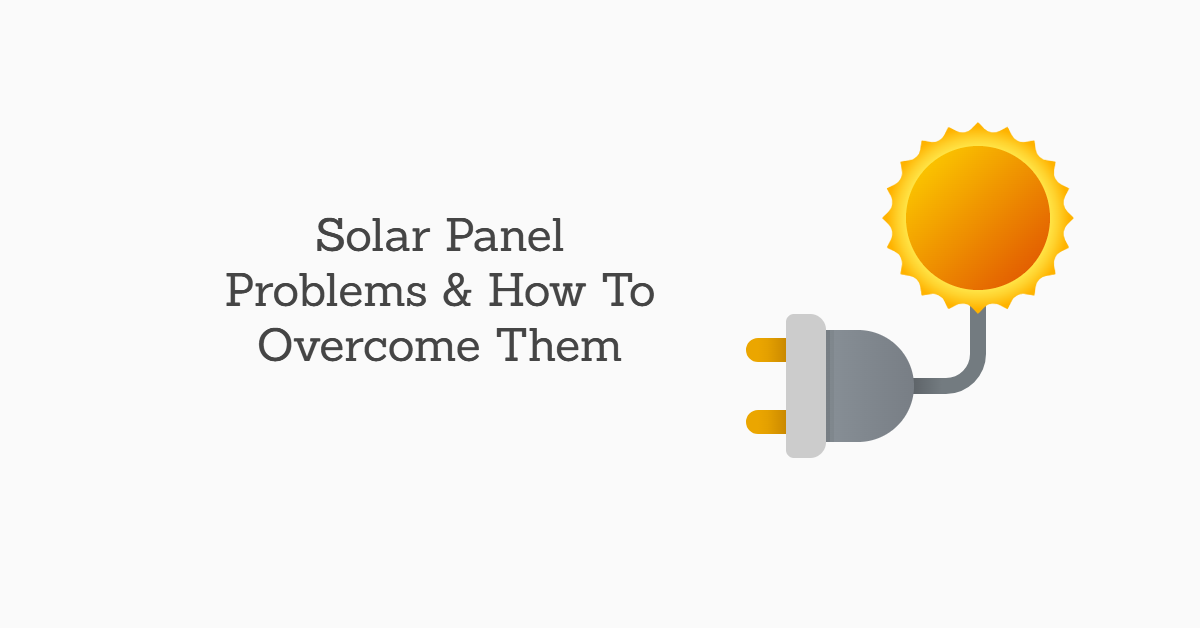

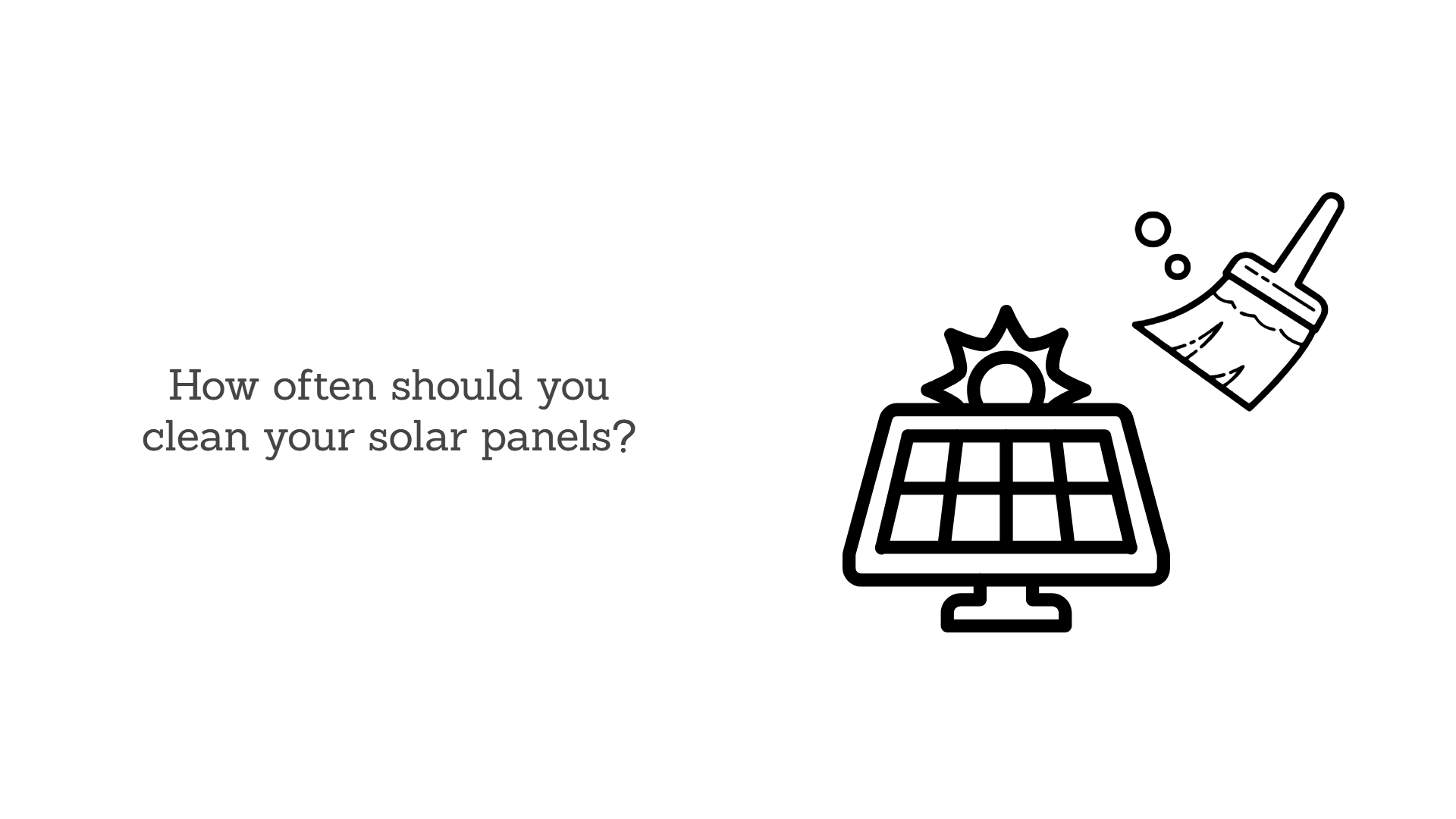
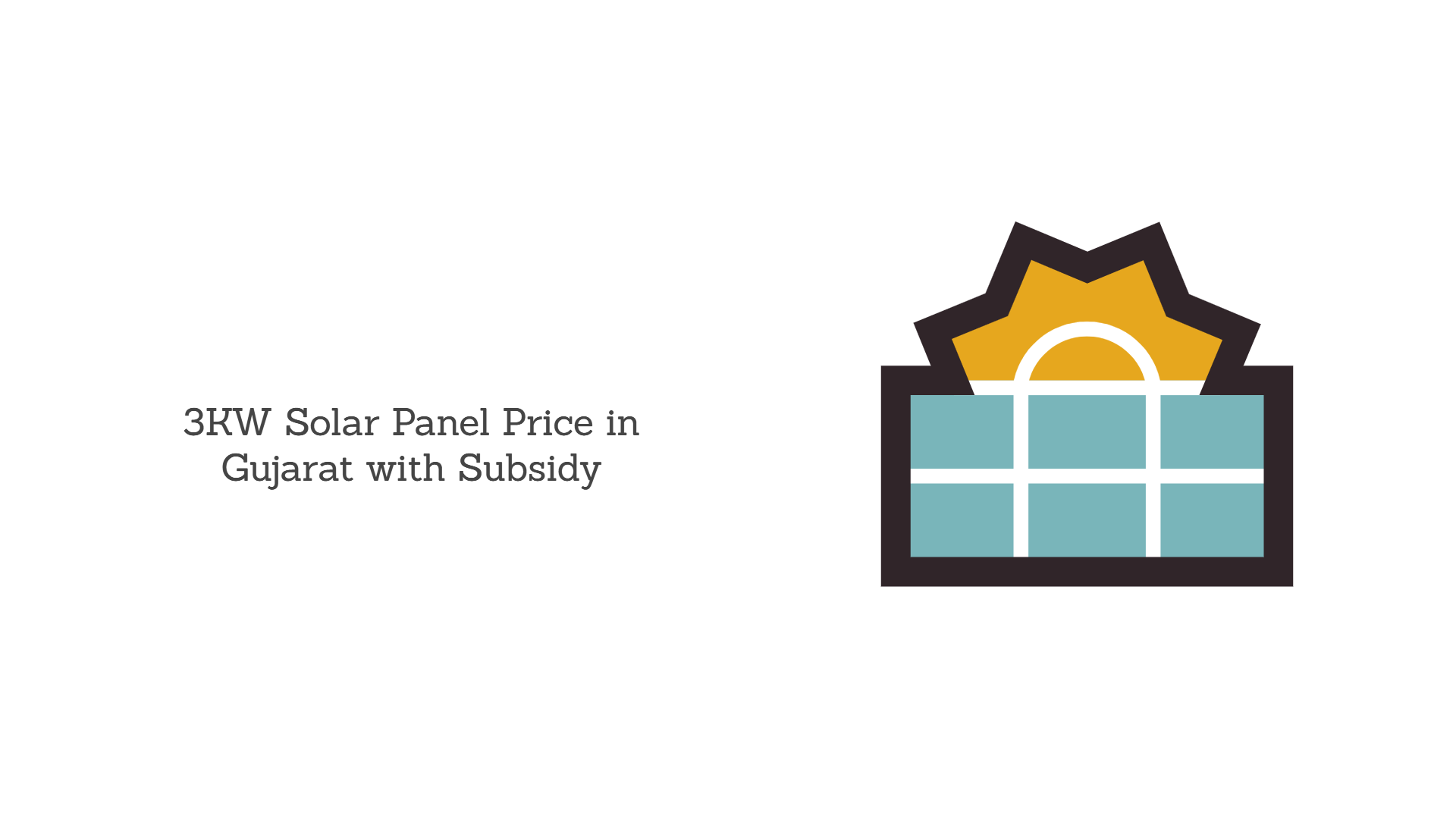
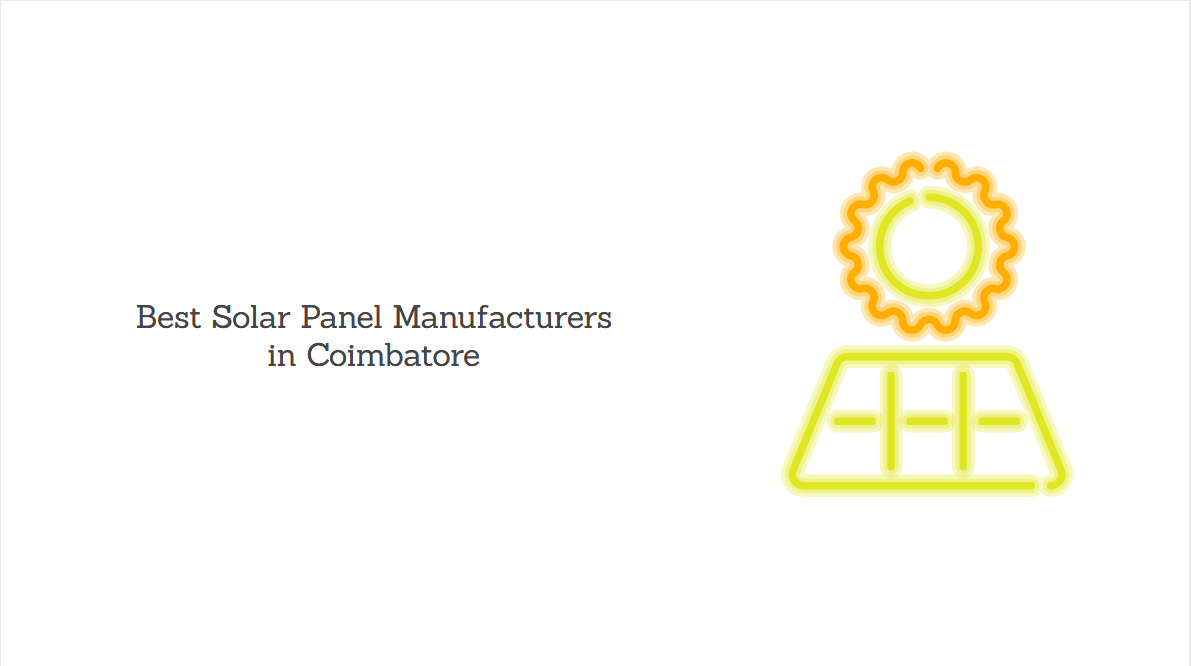

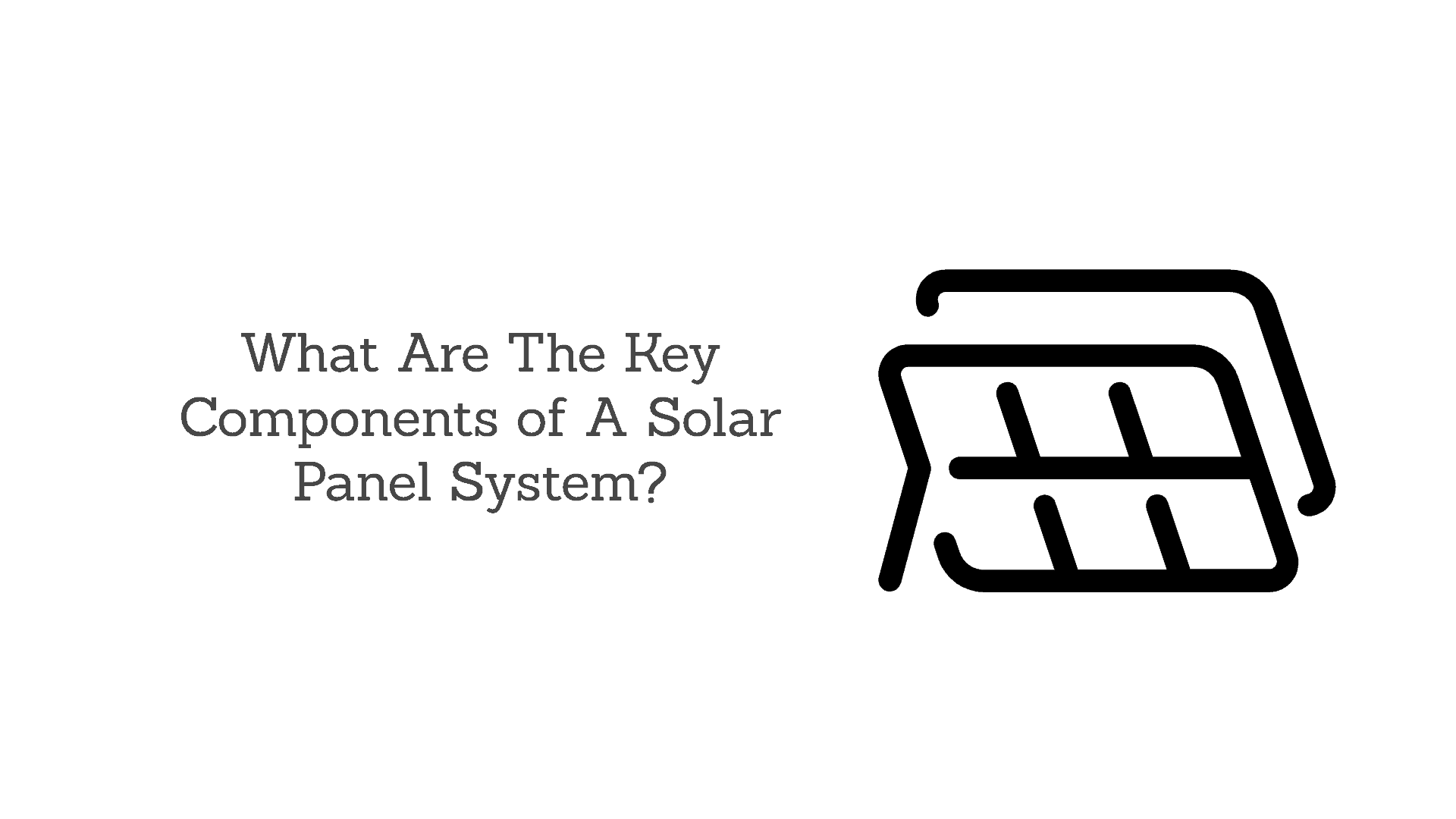
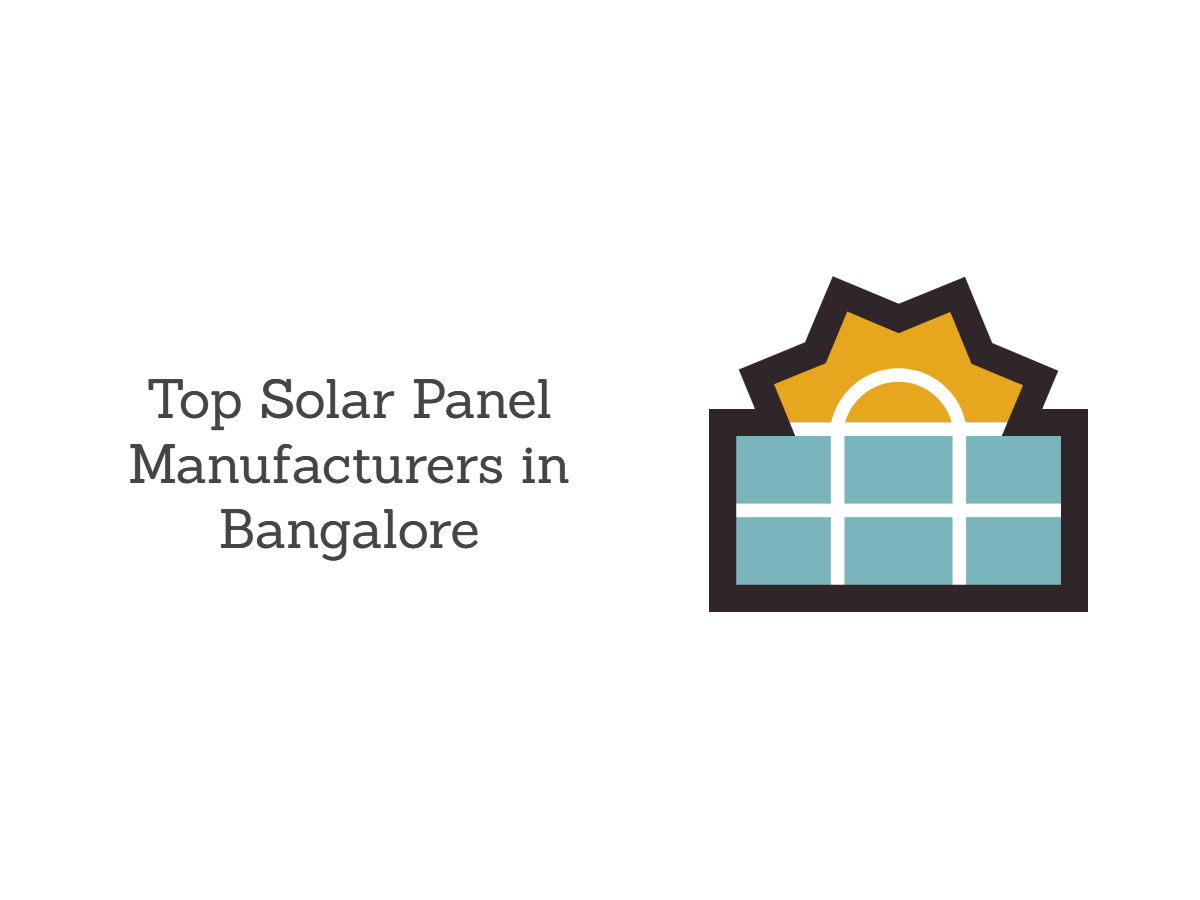






0 Comments